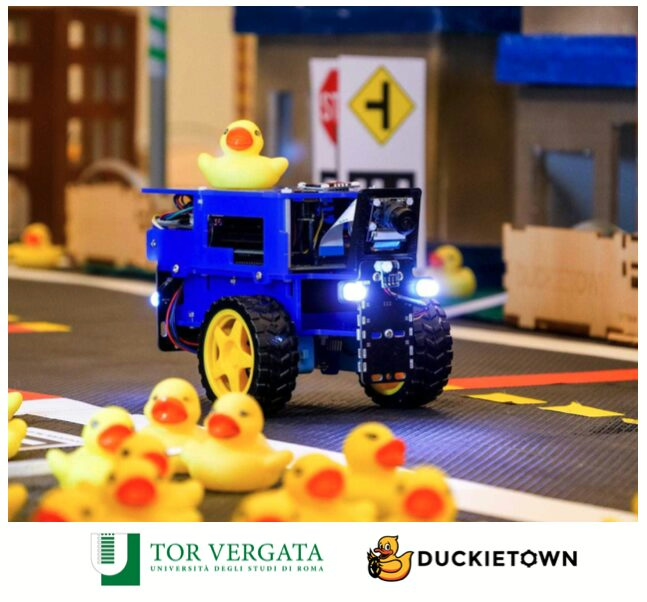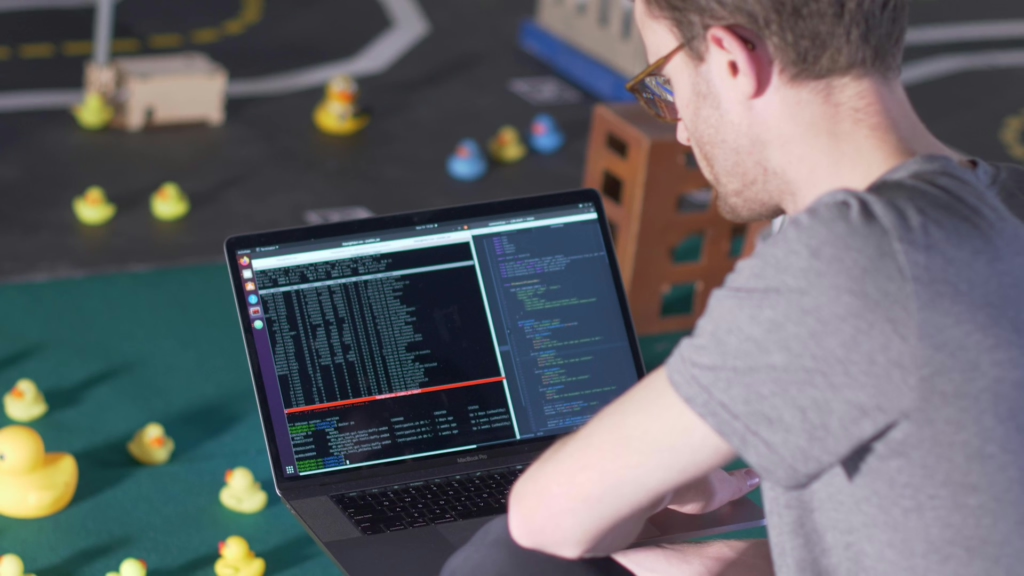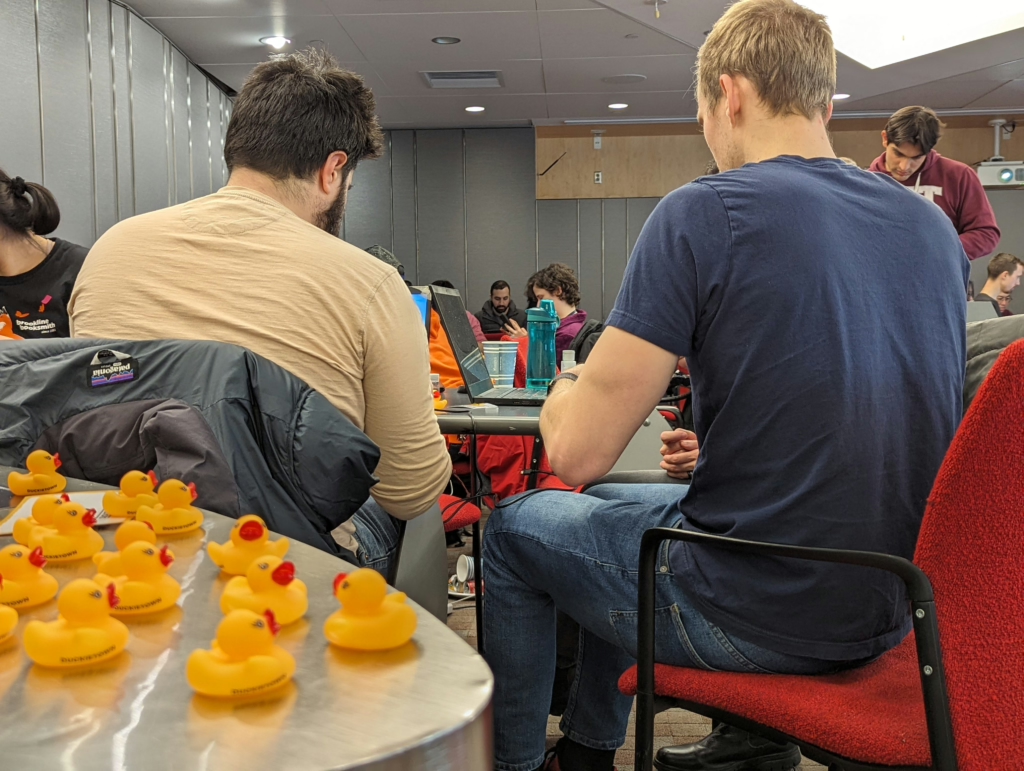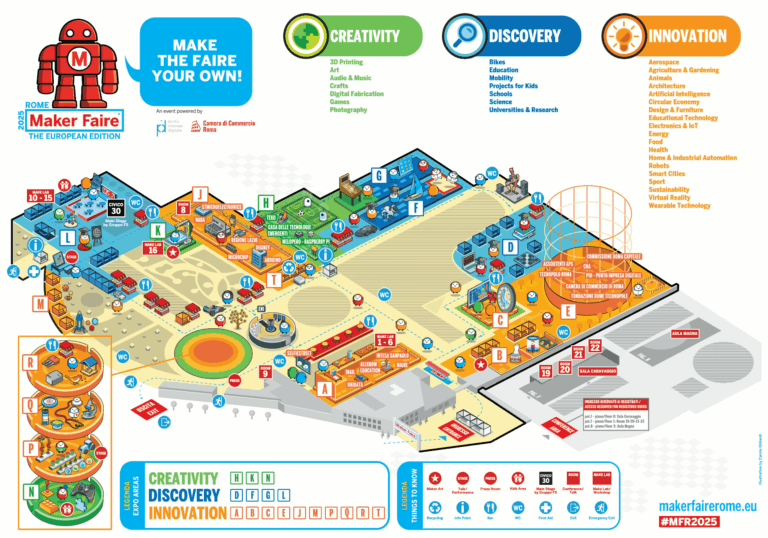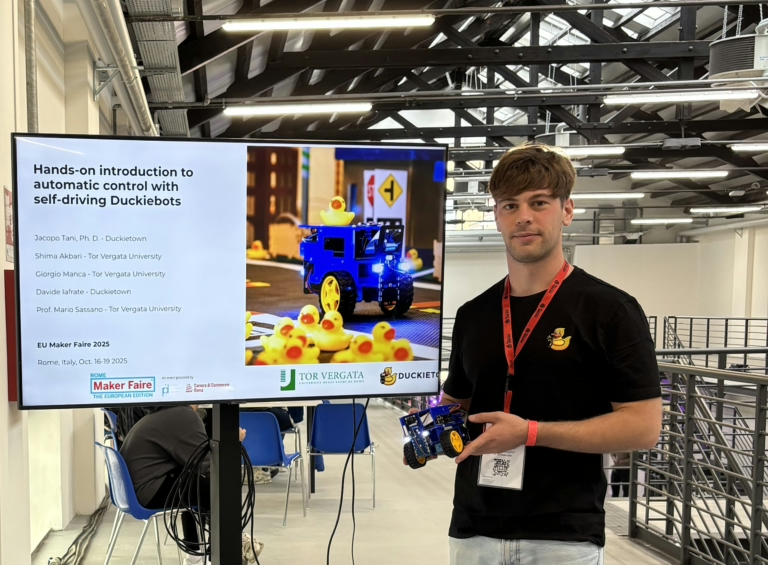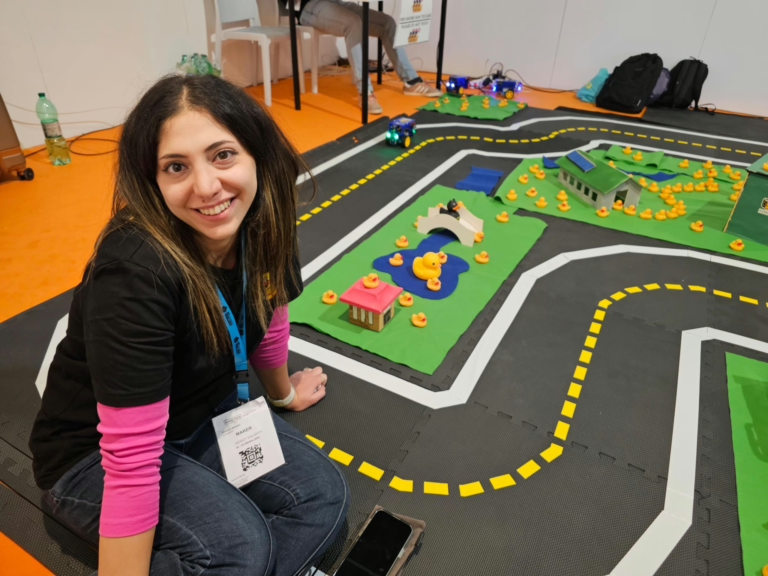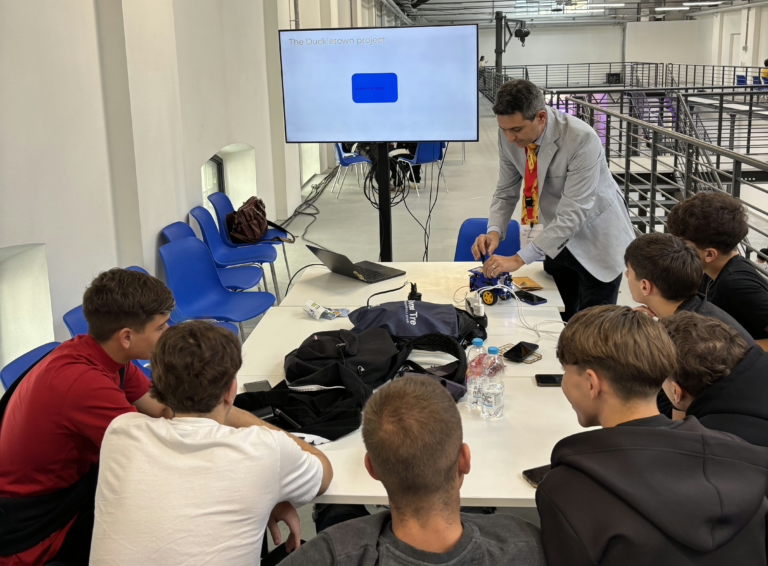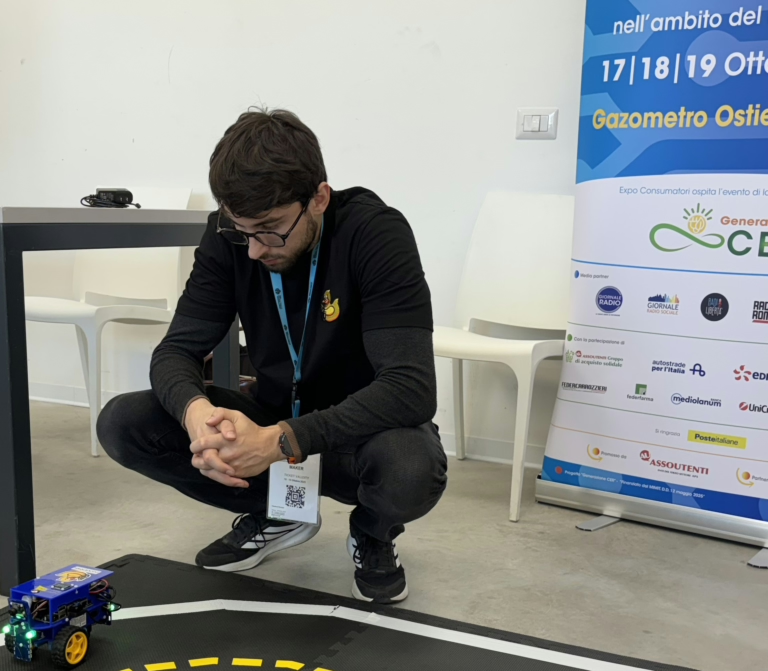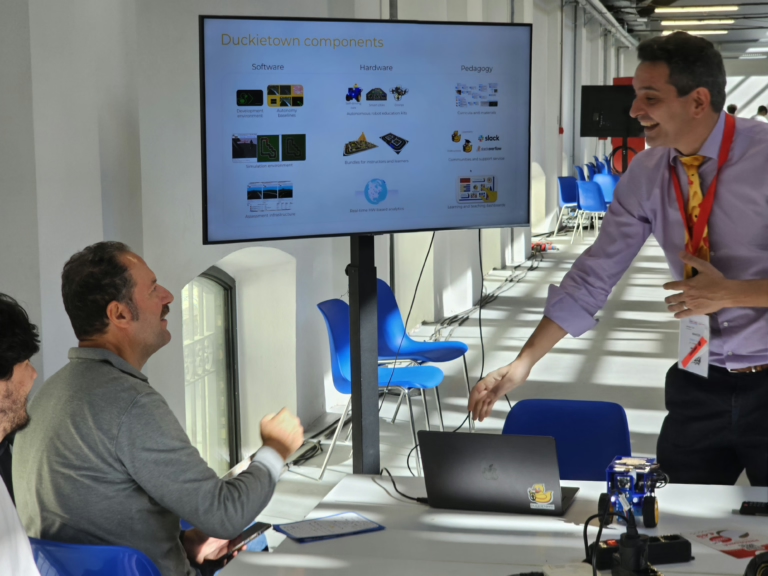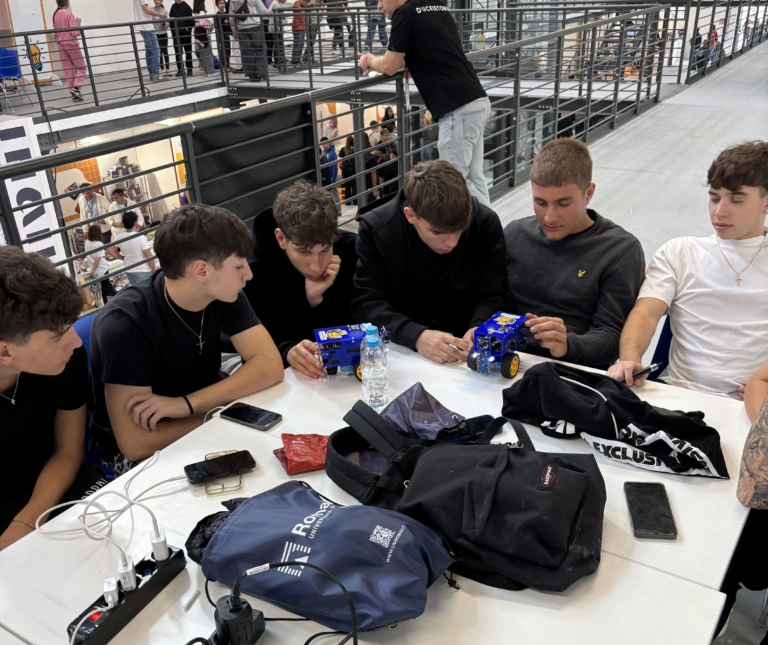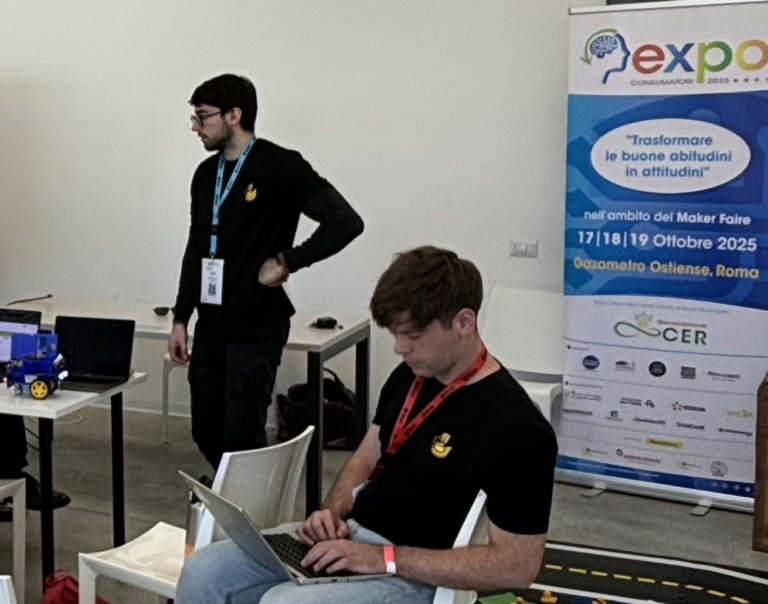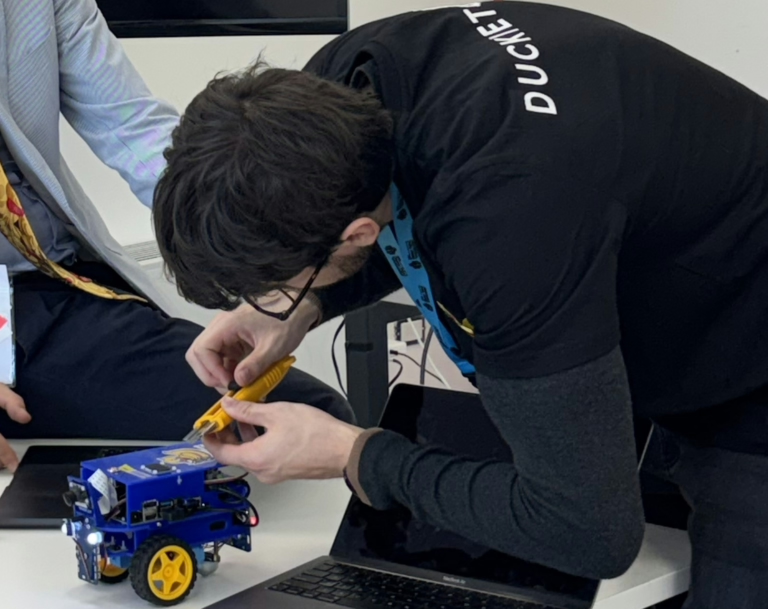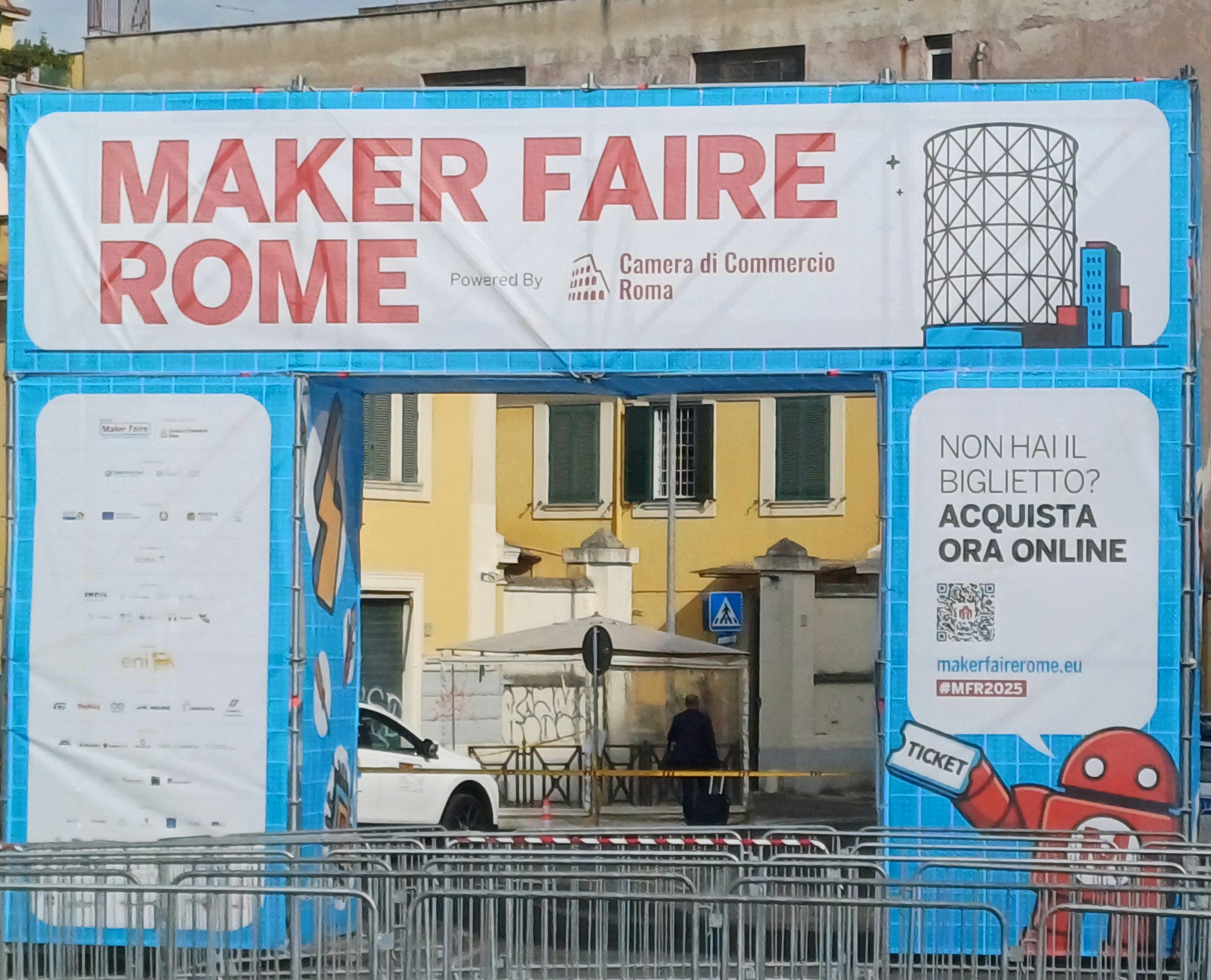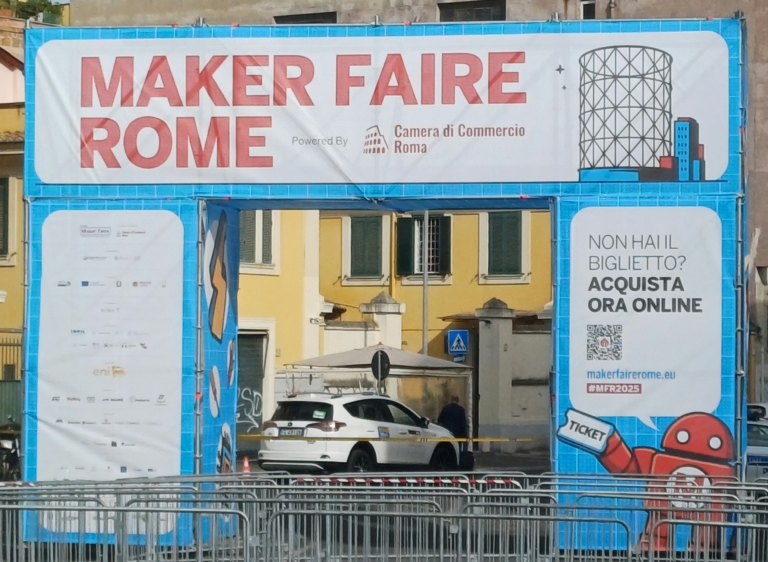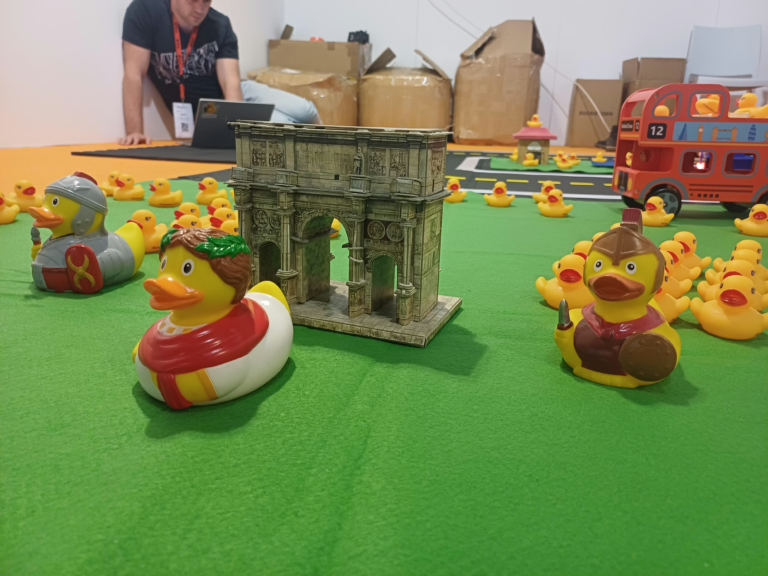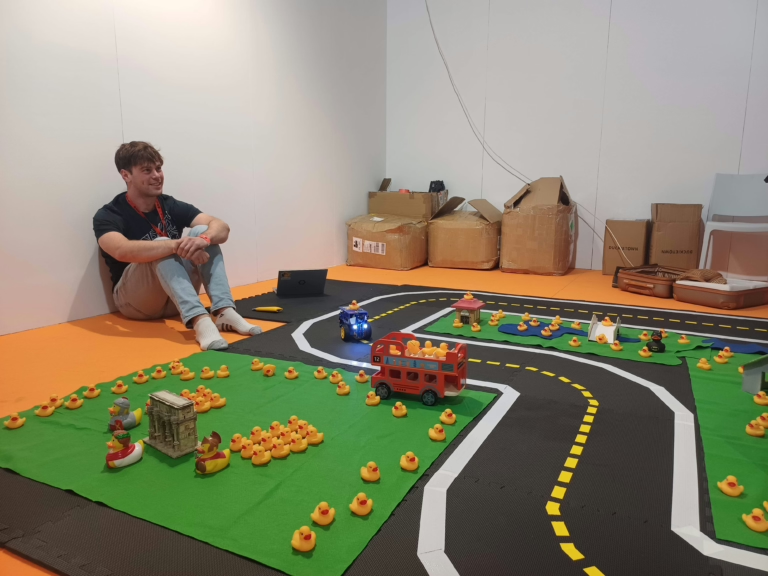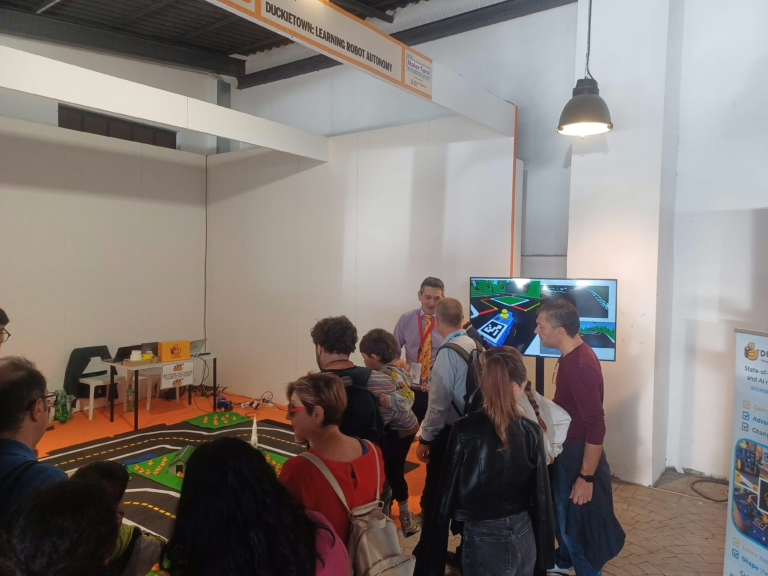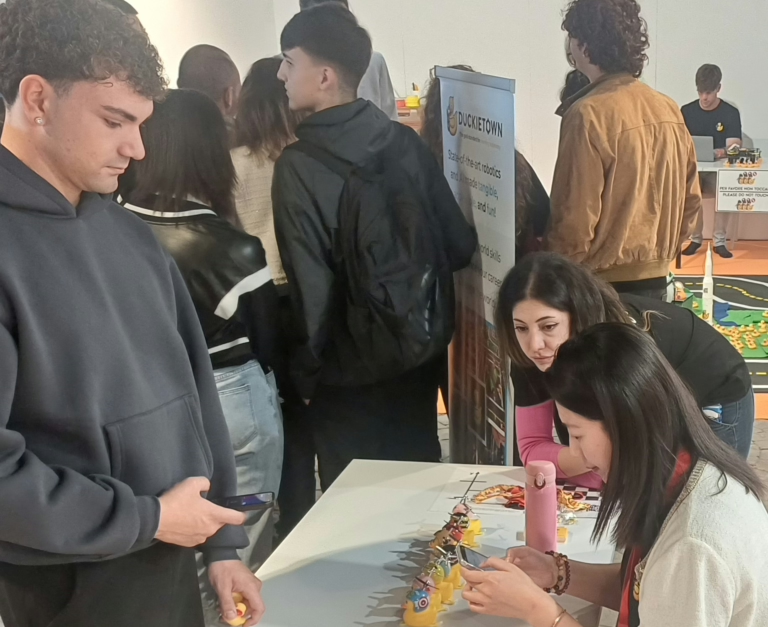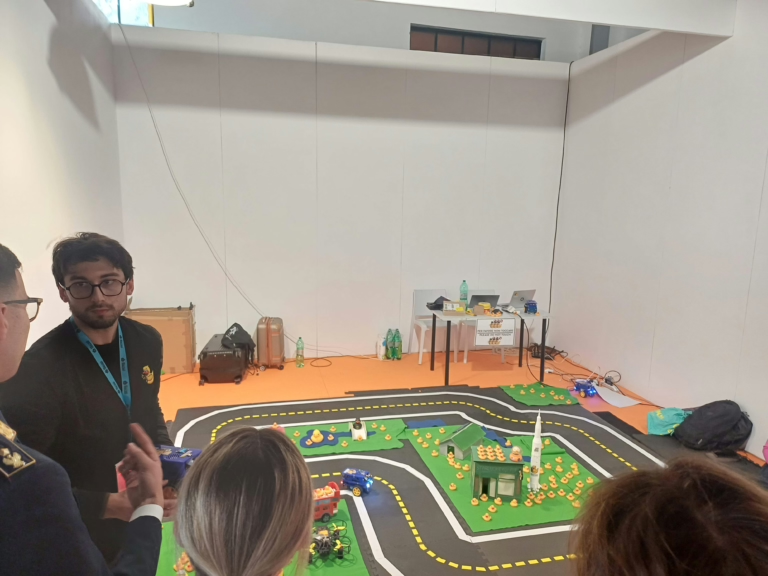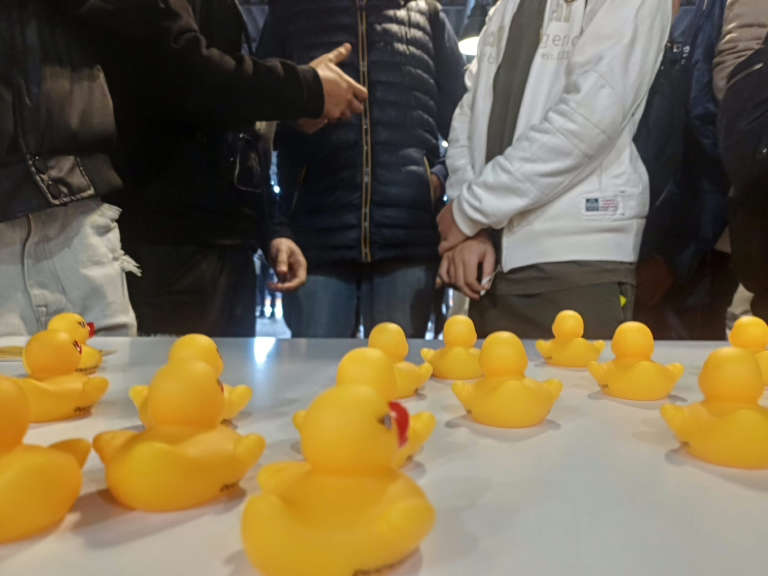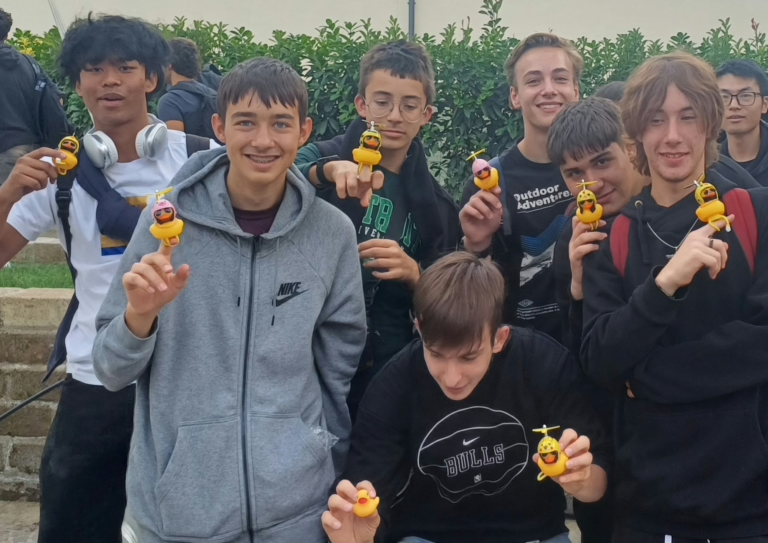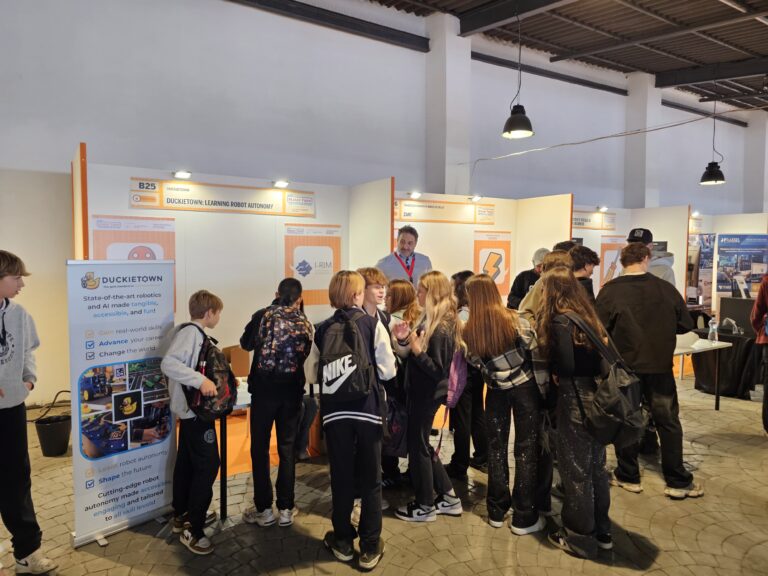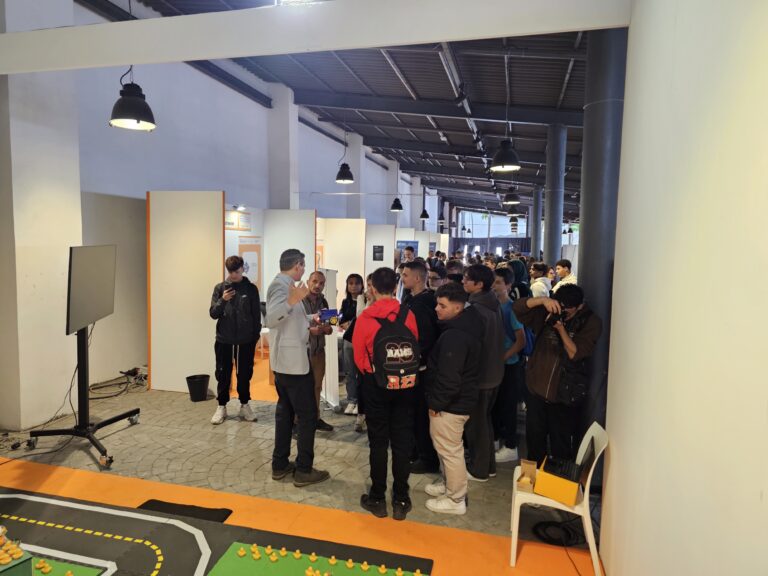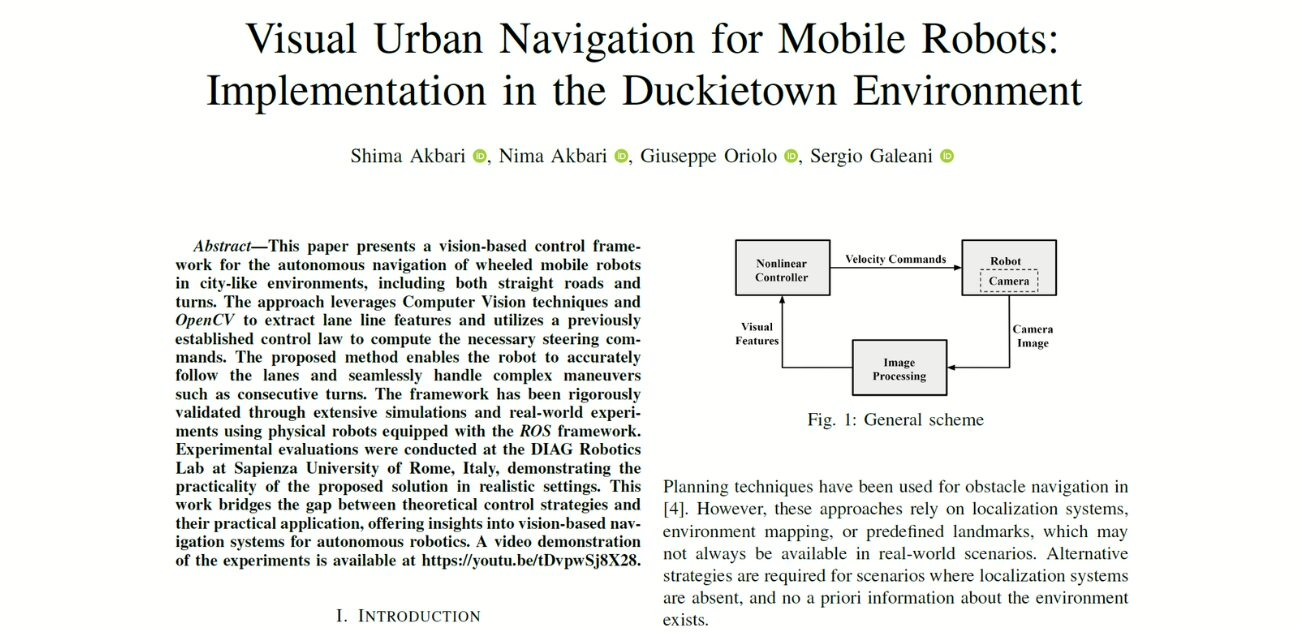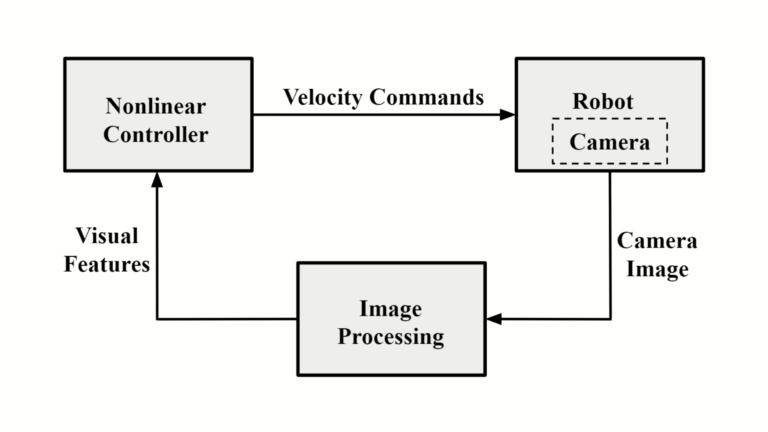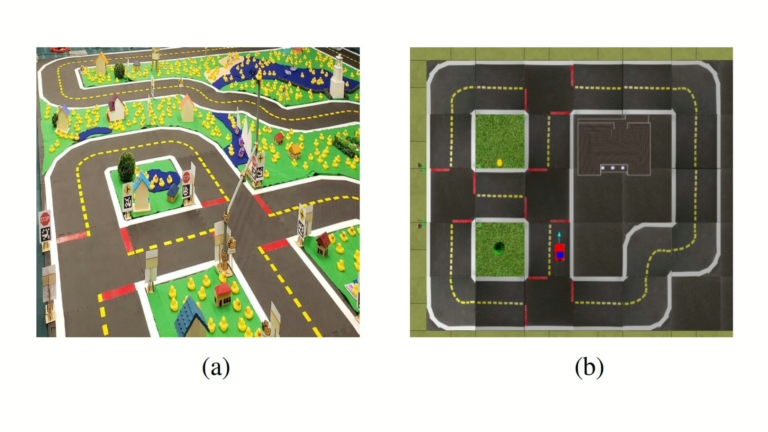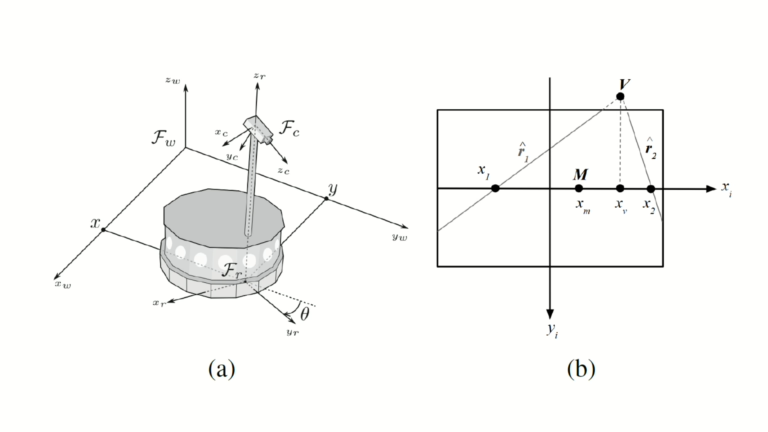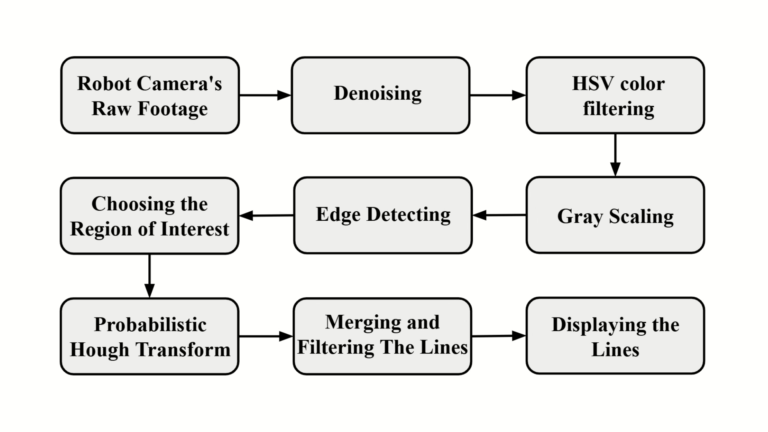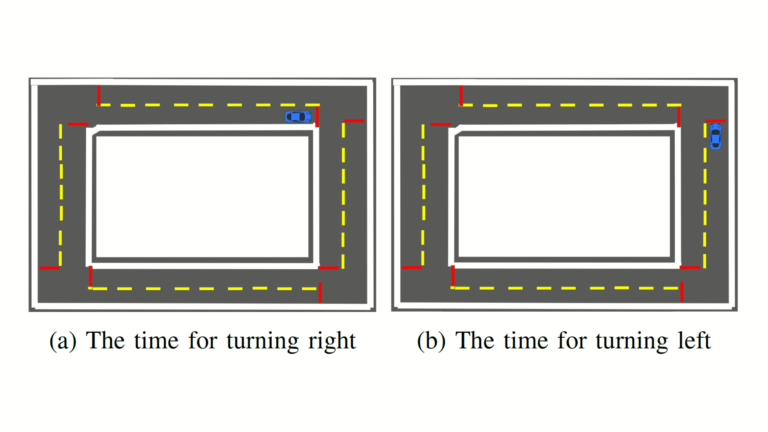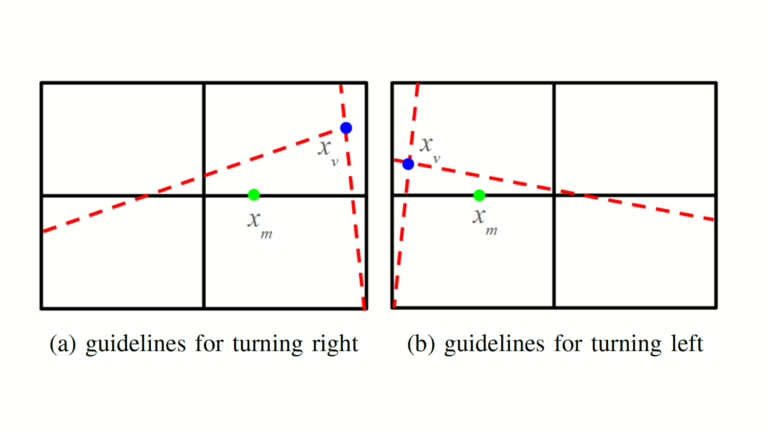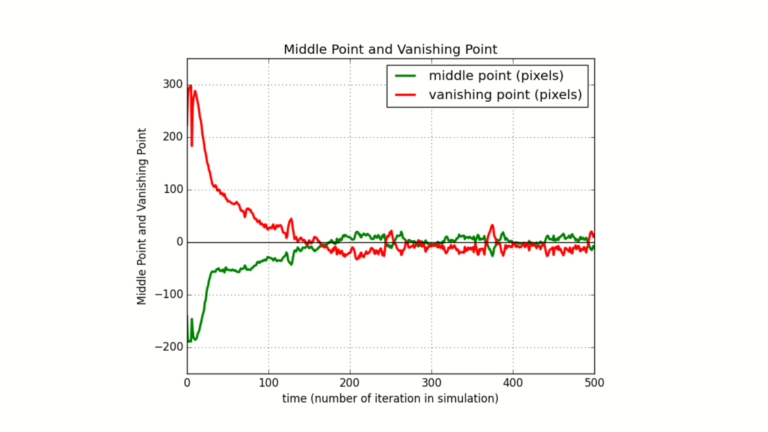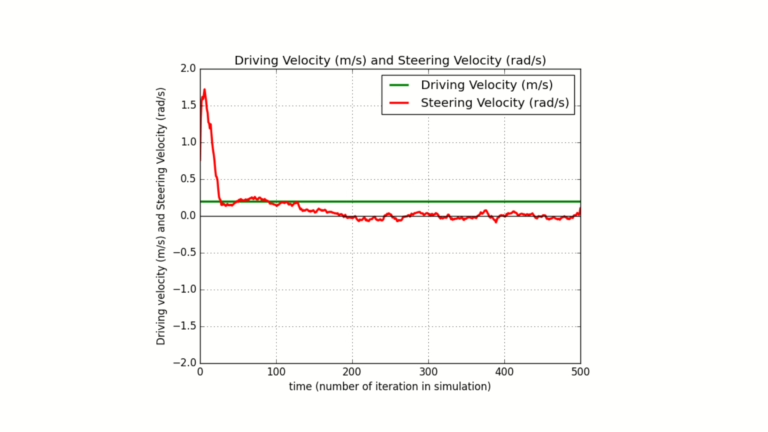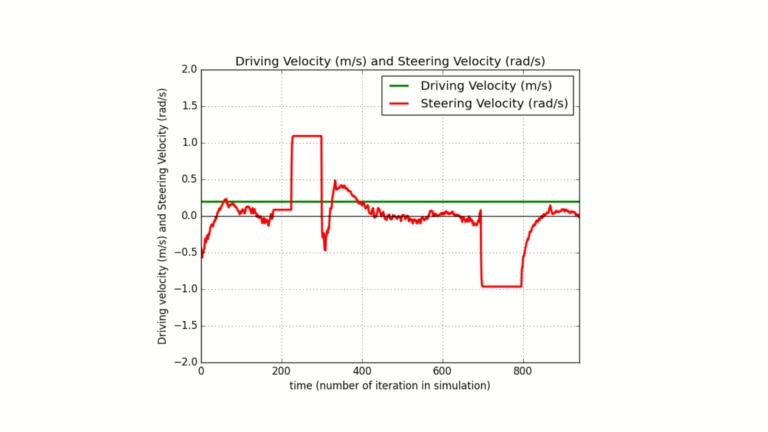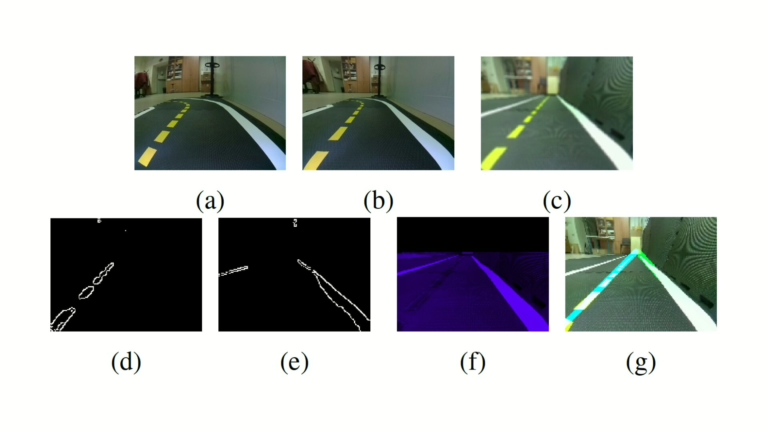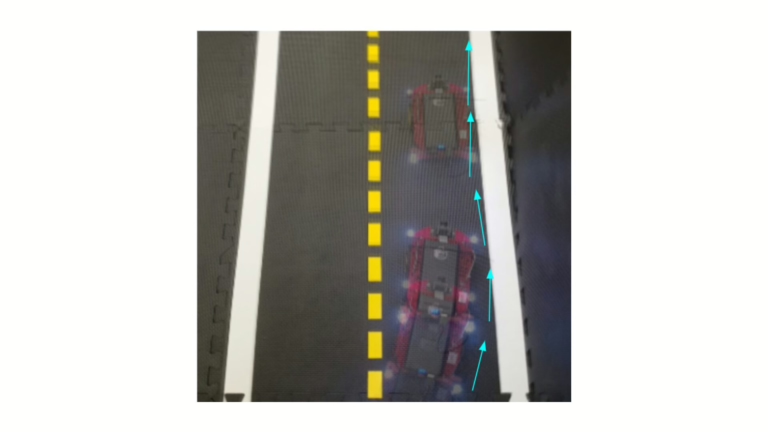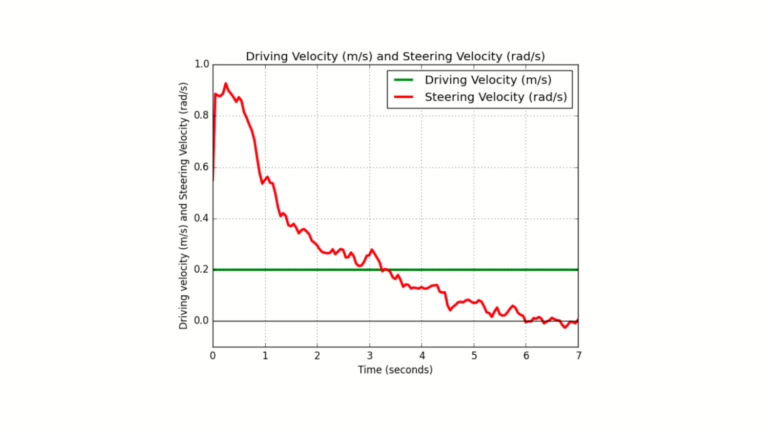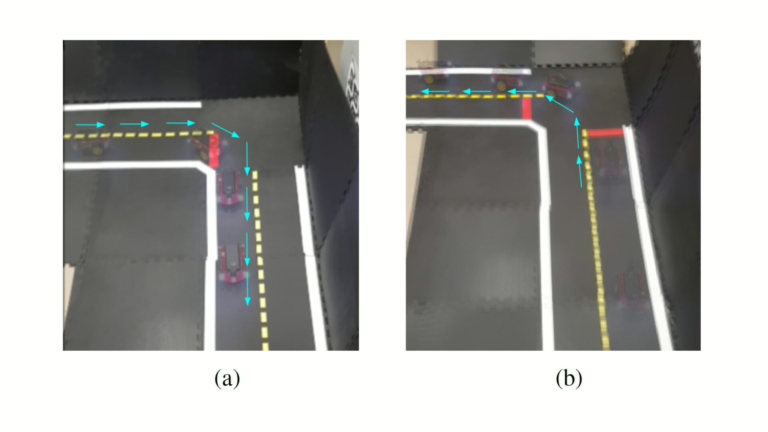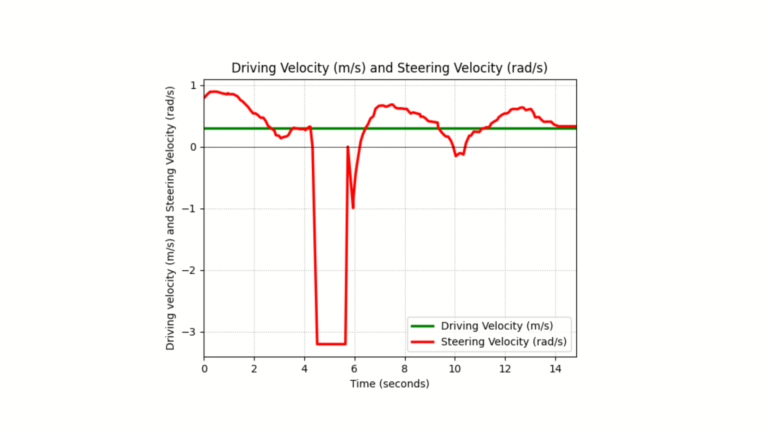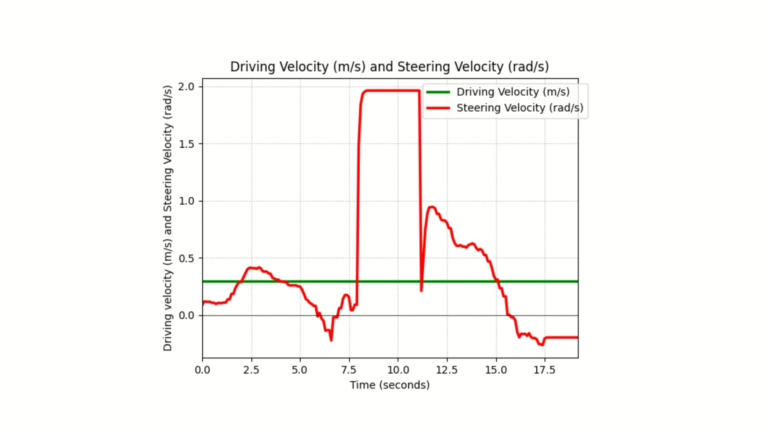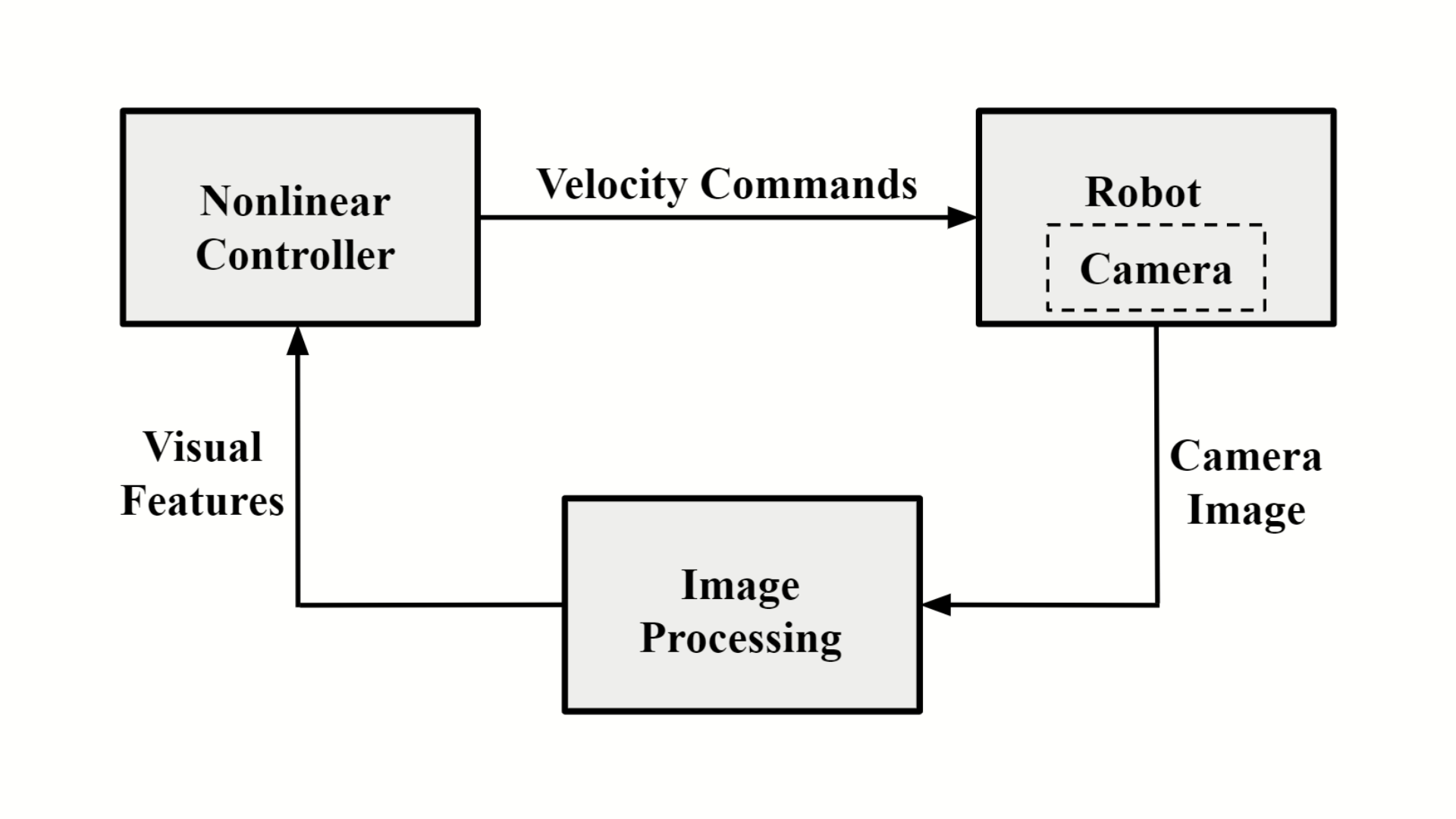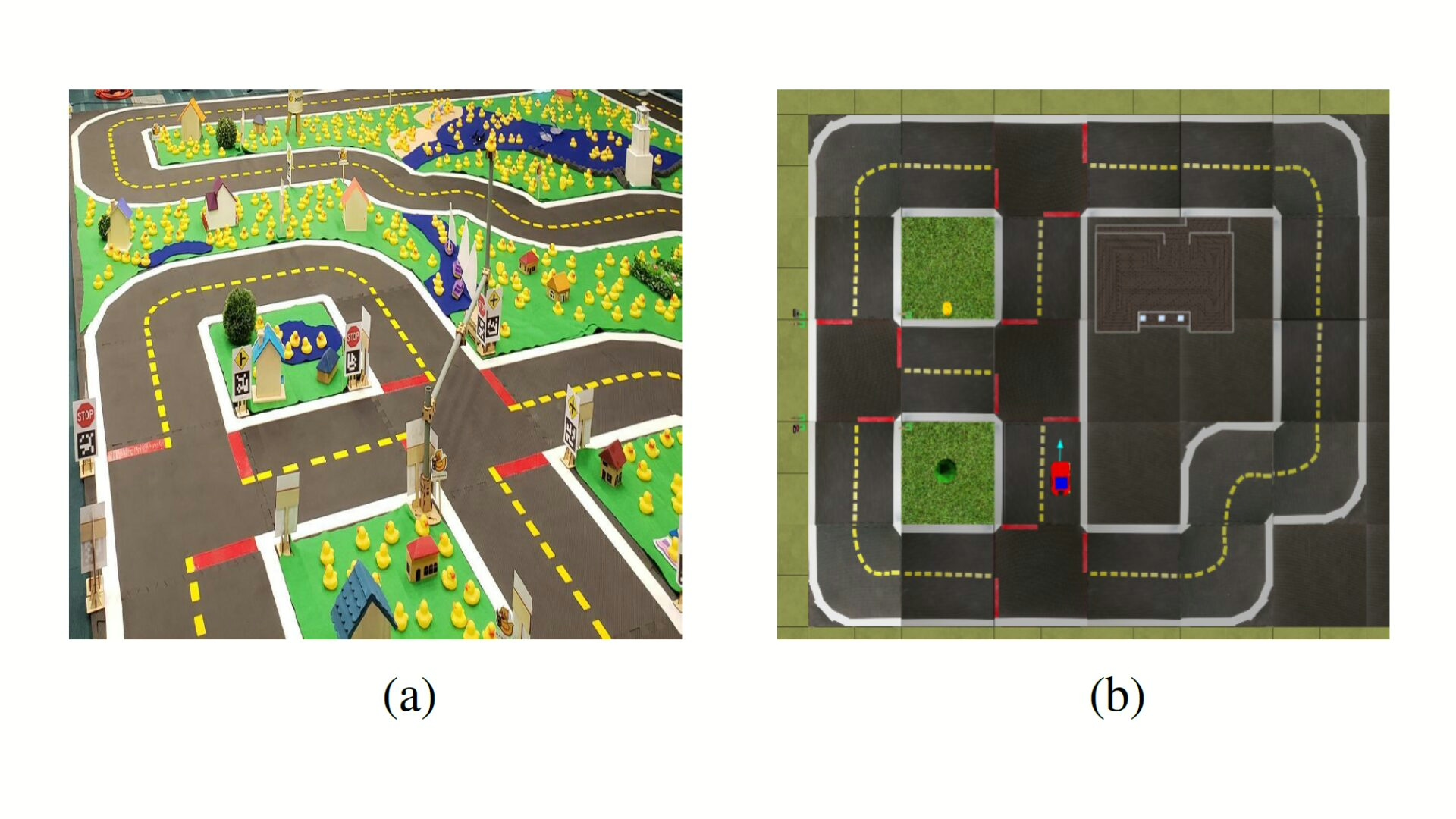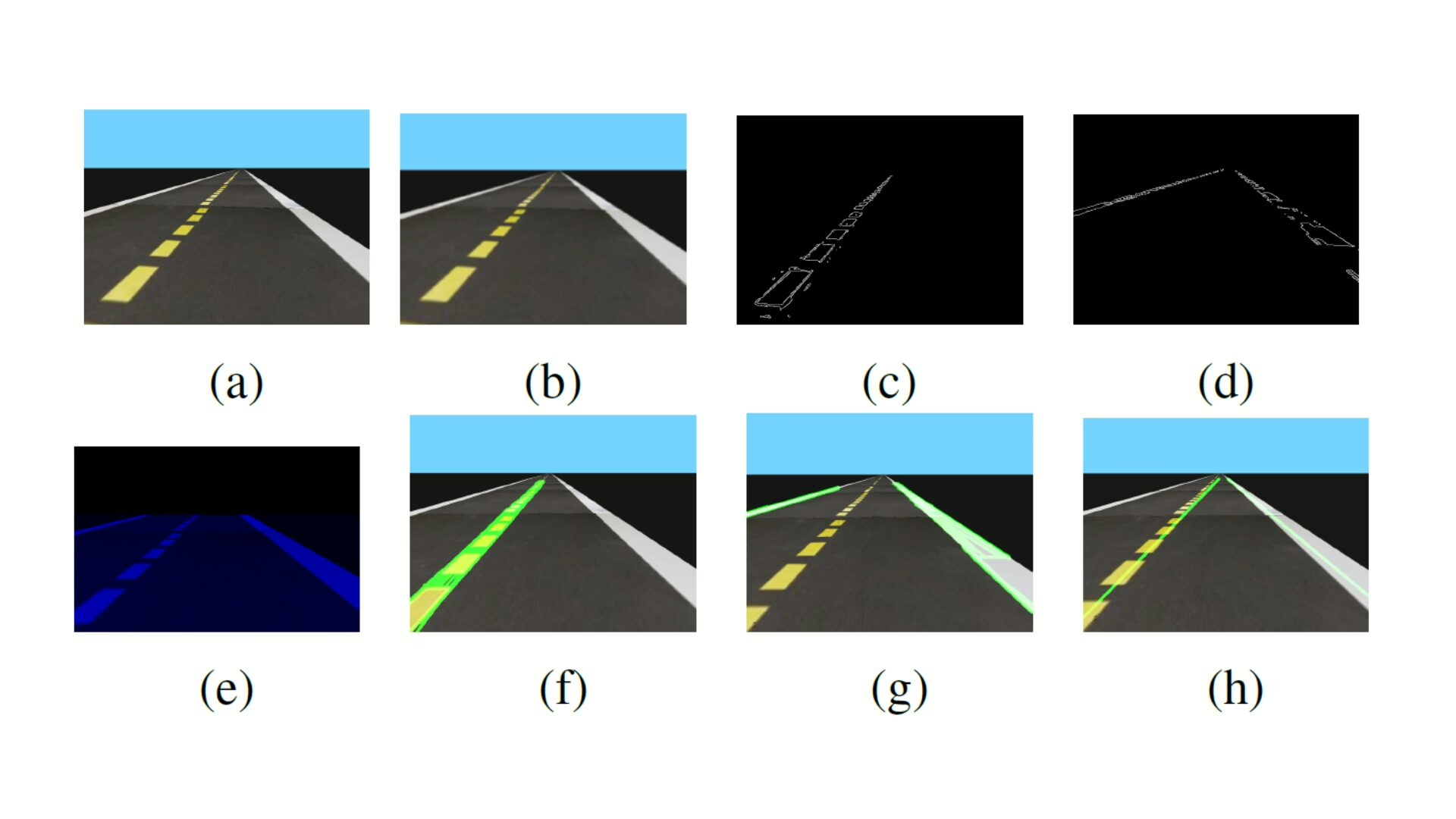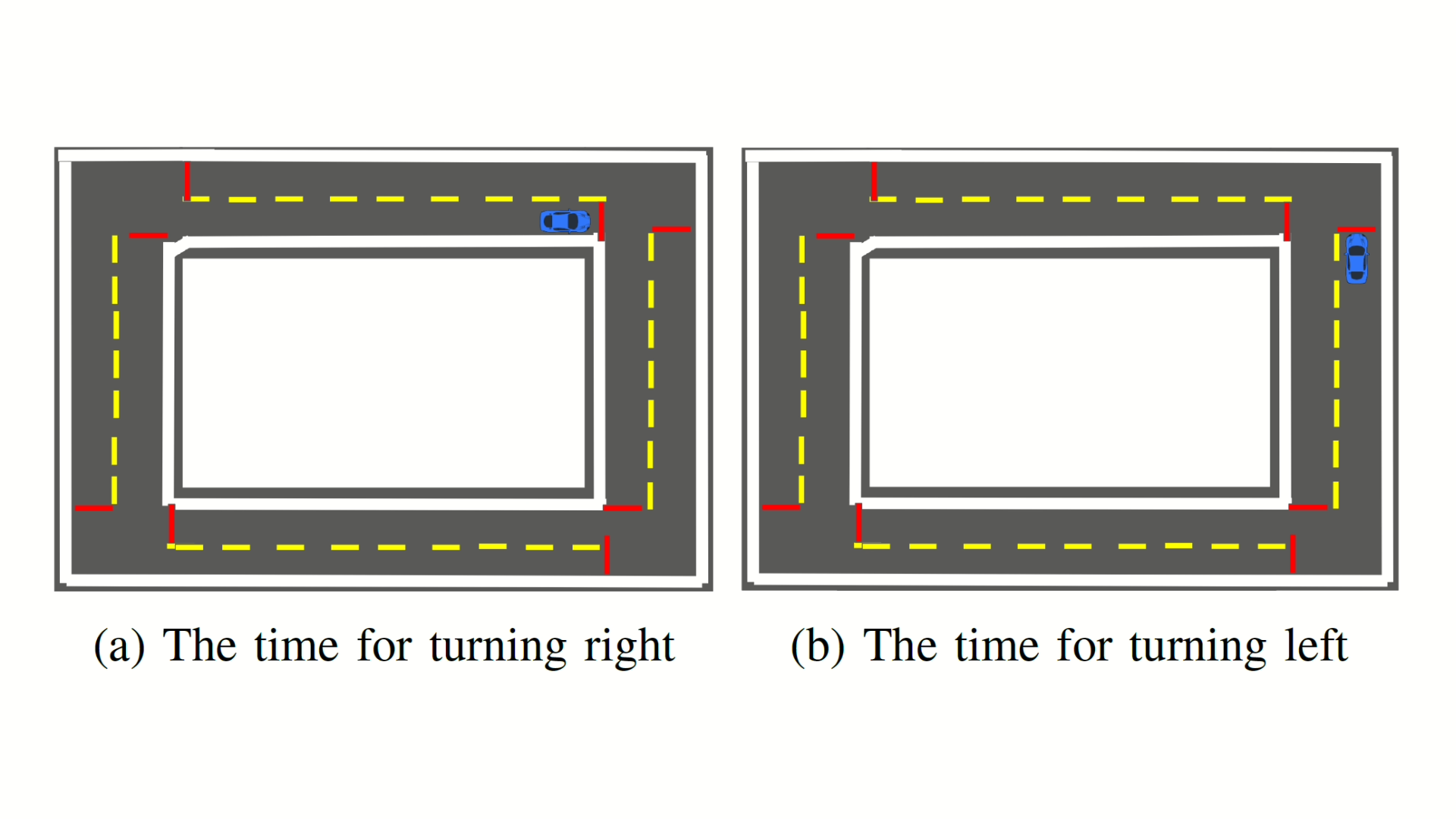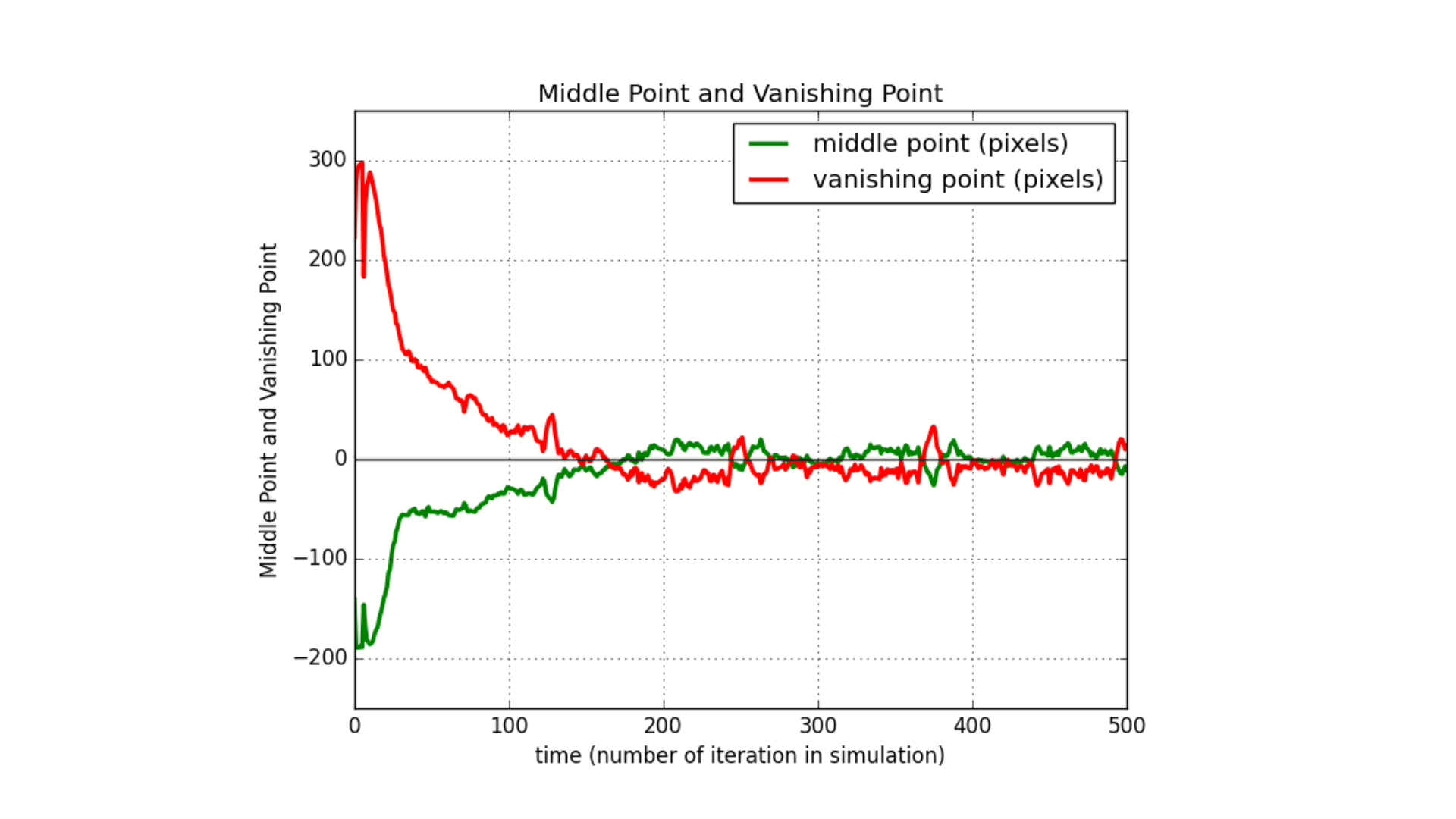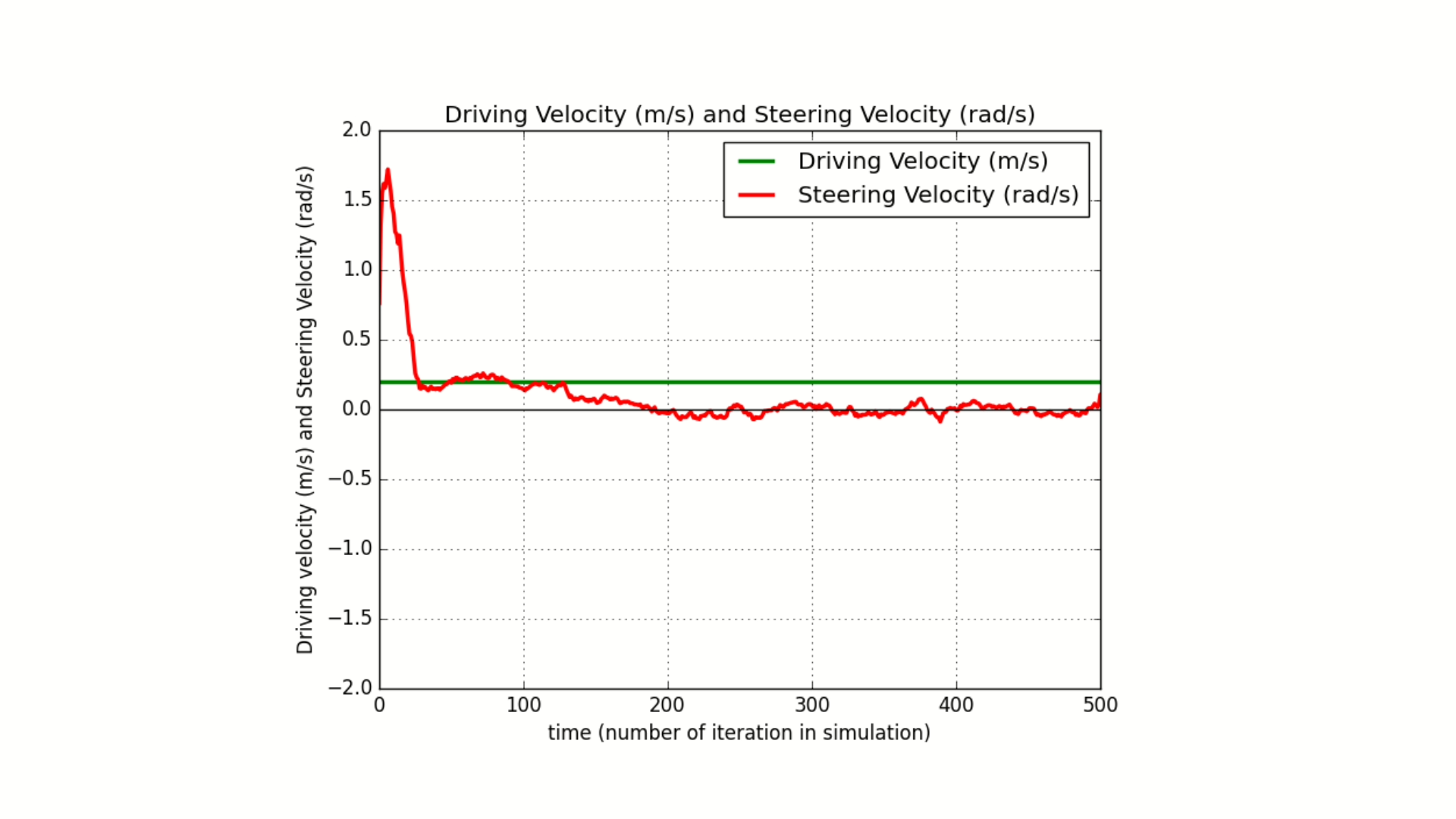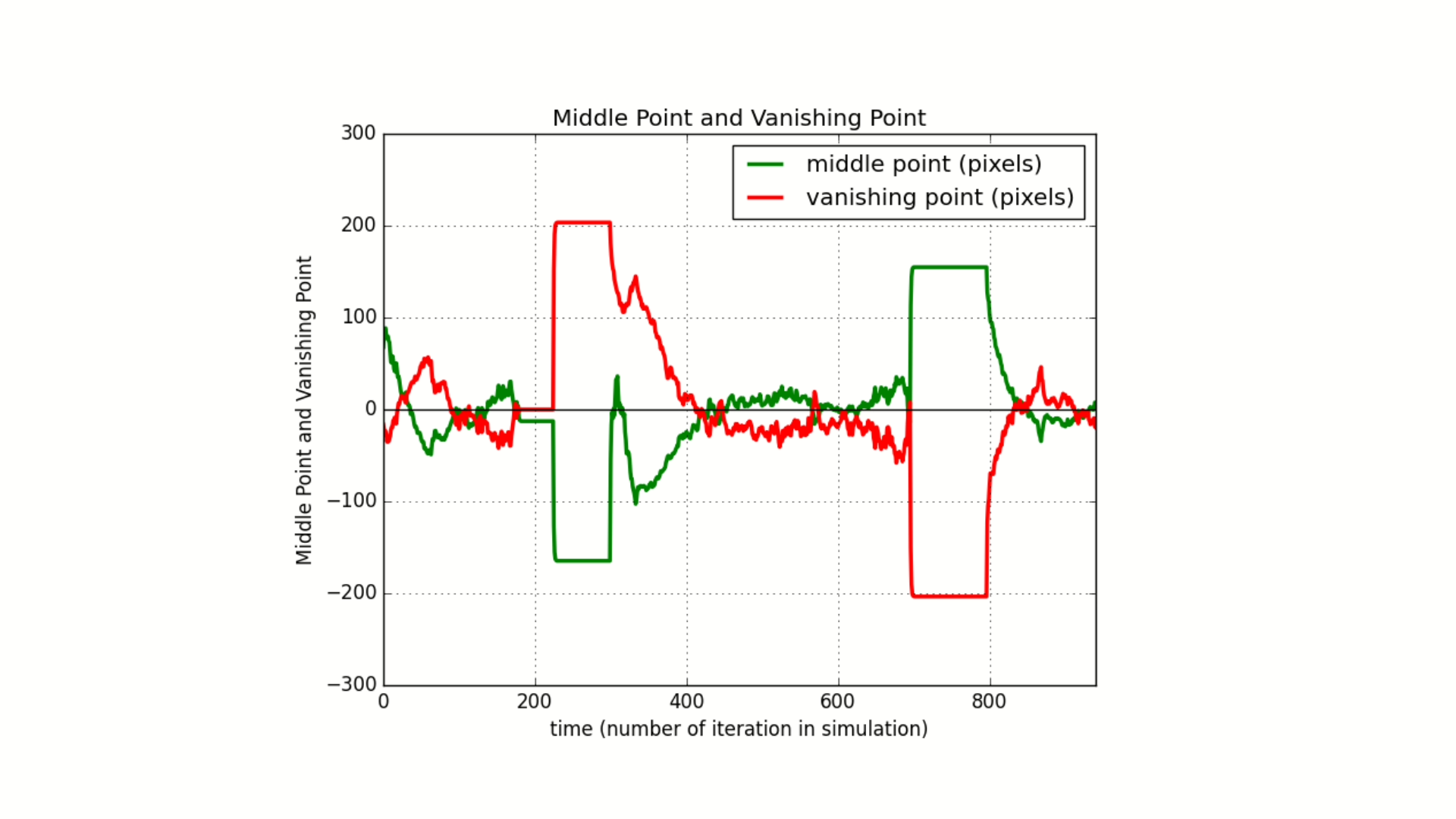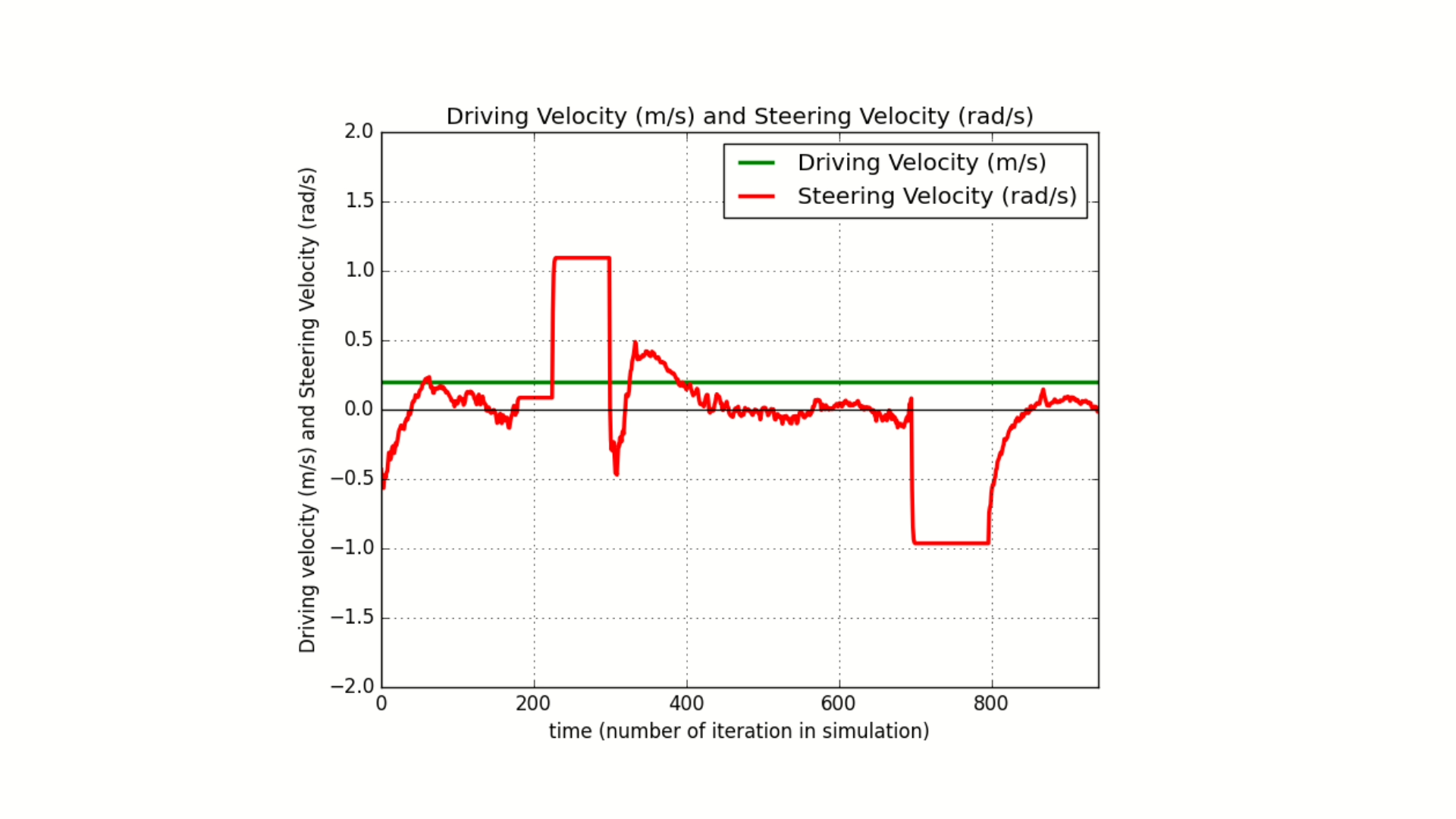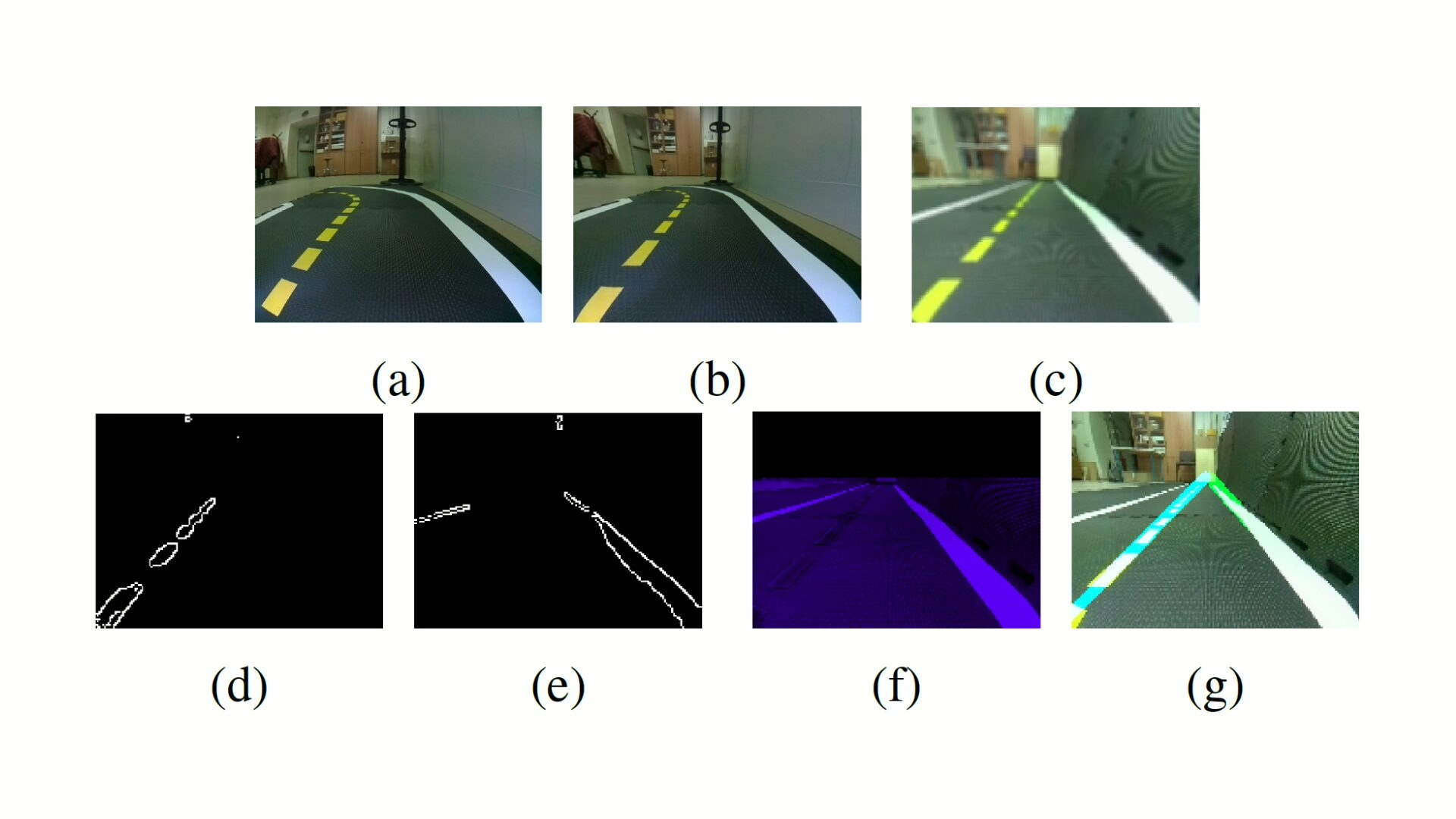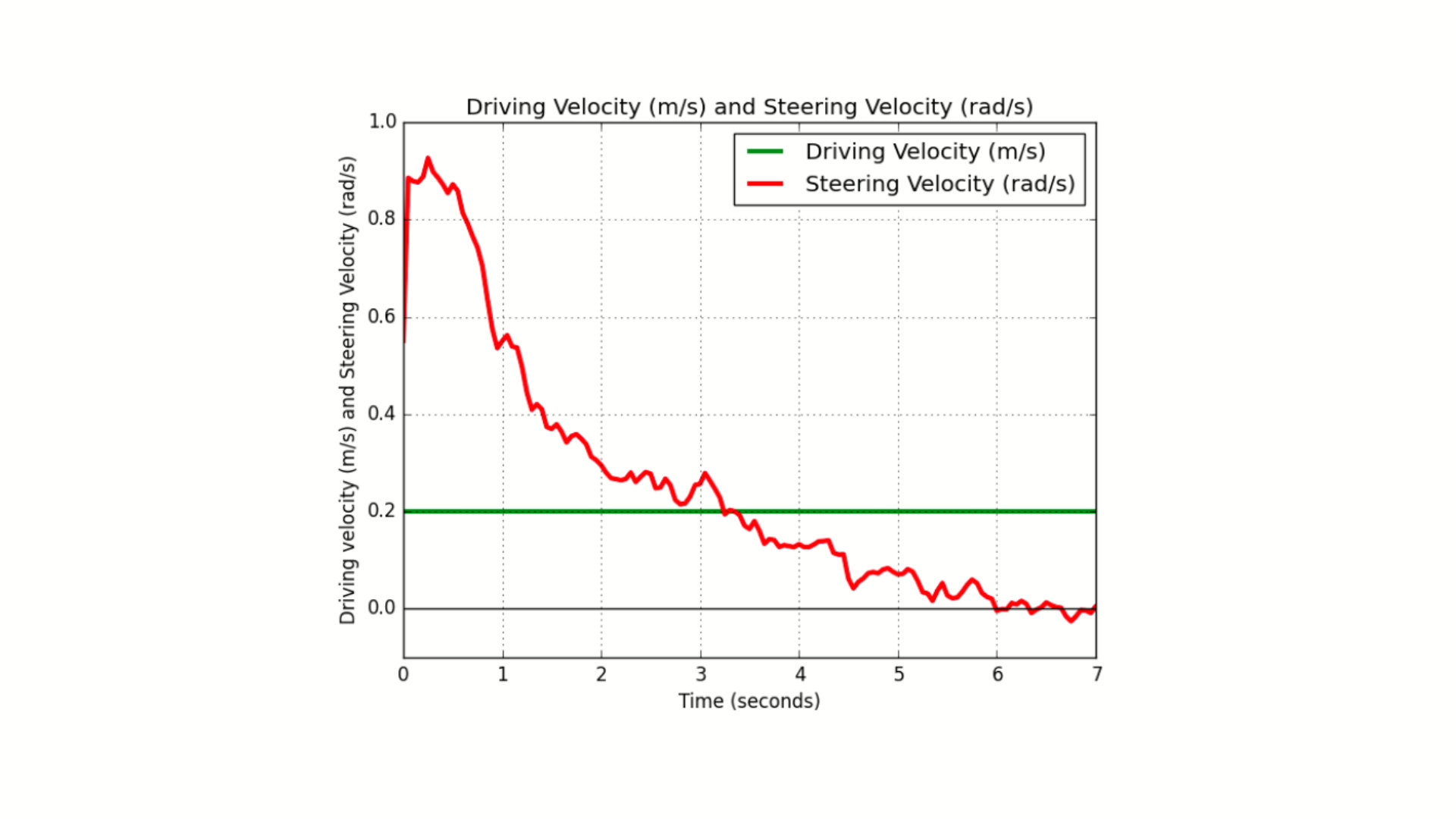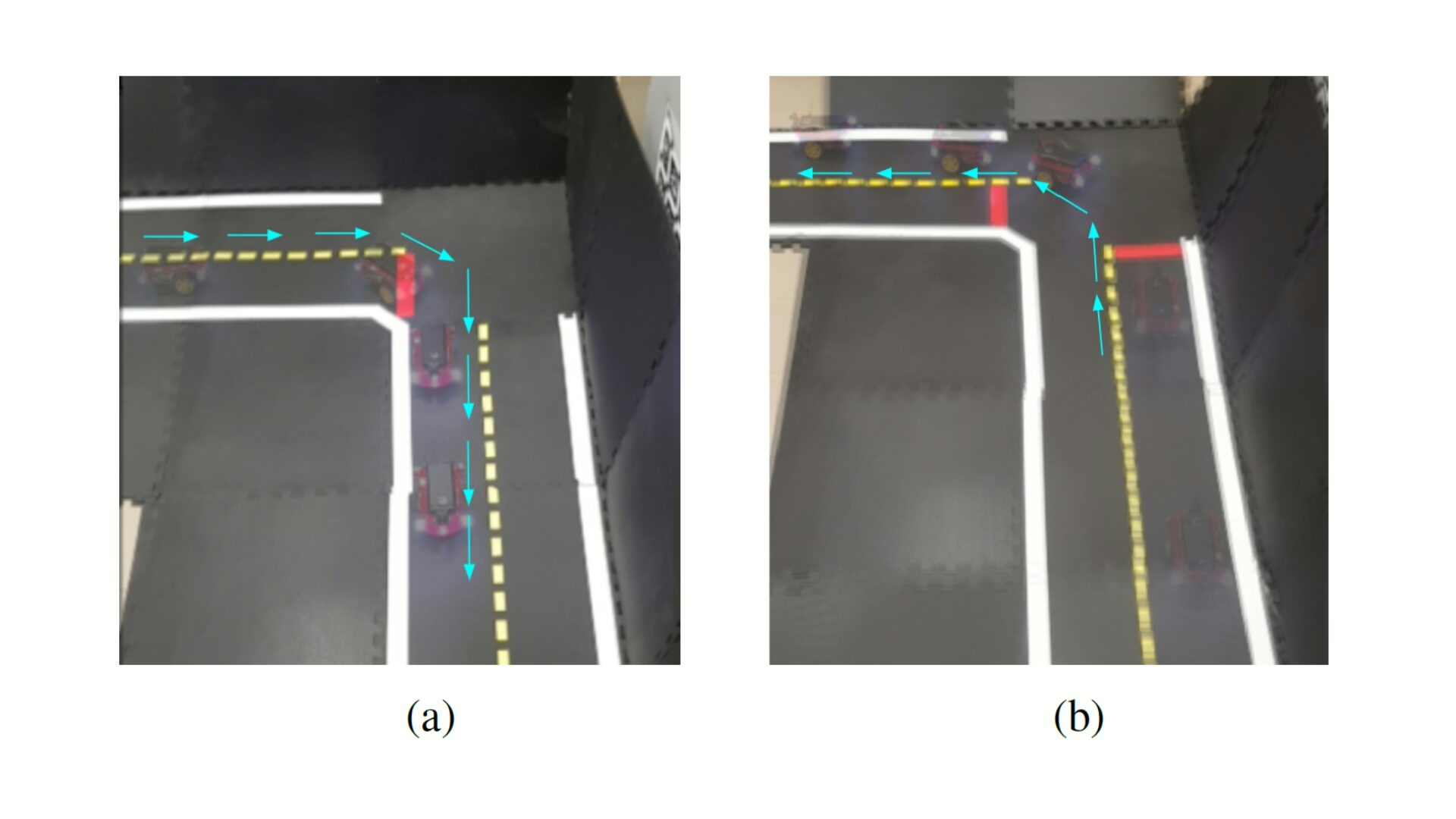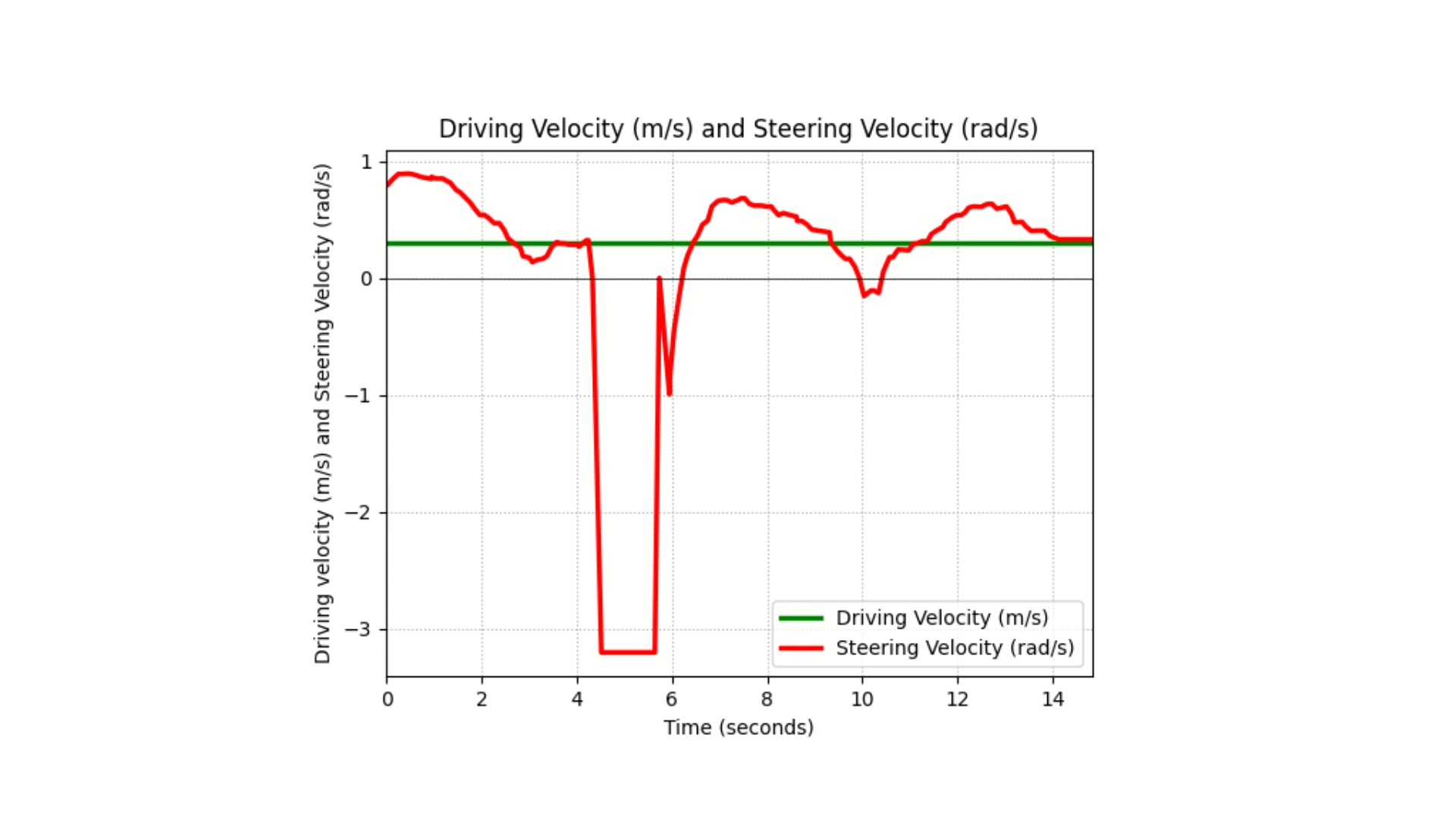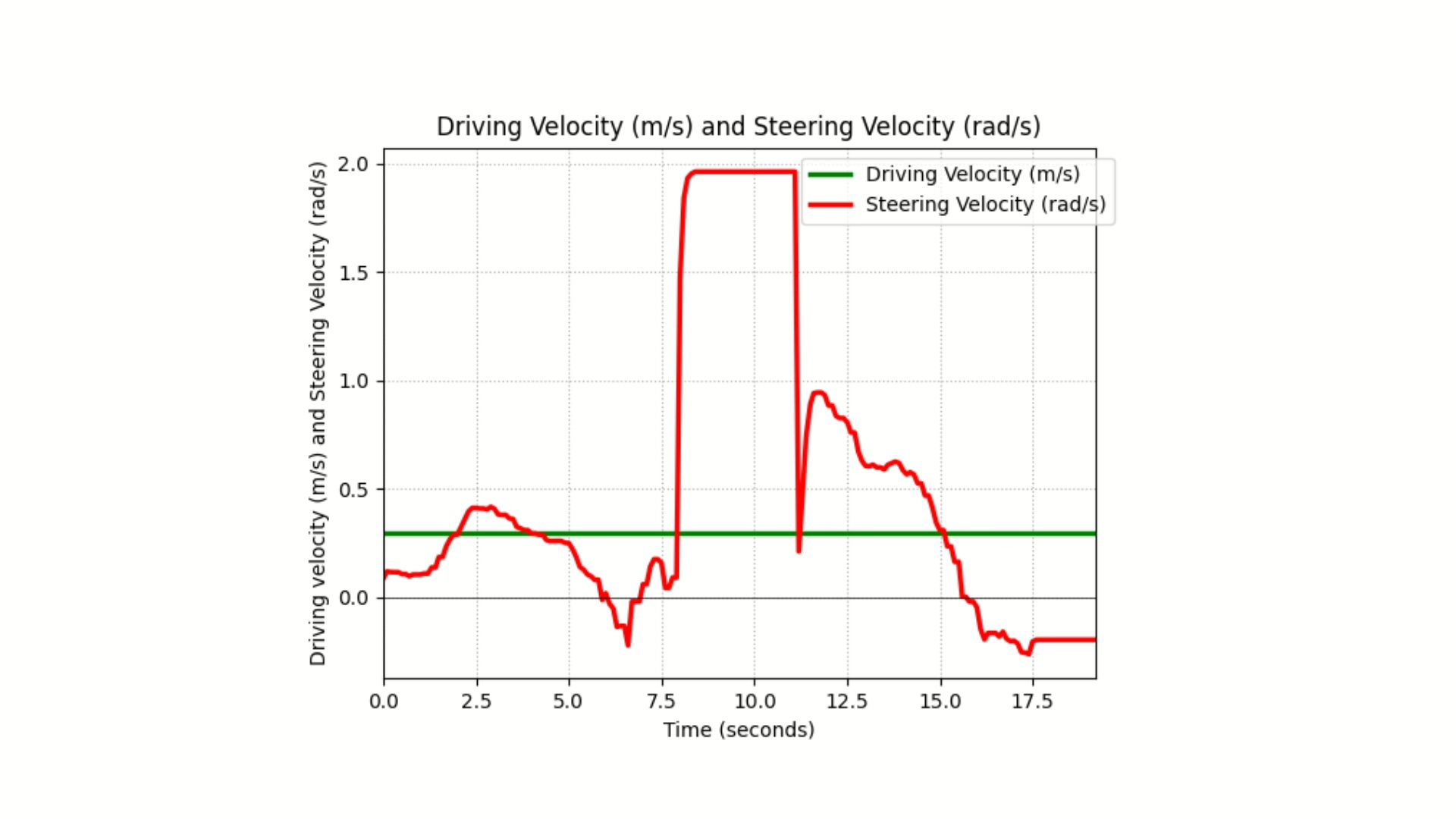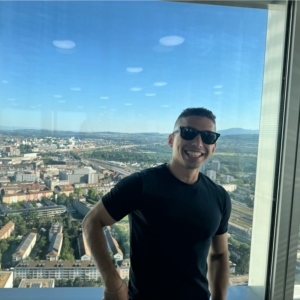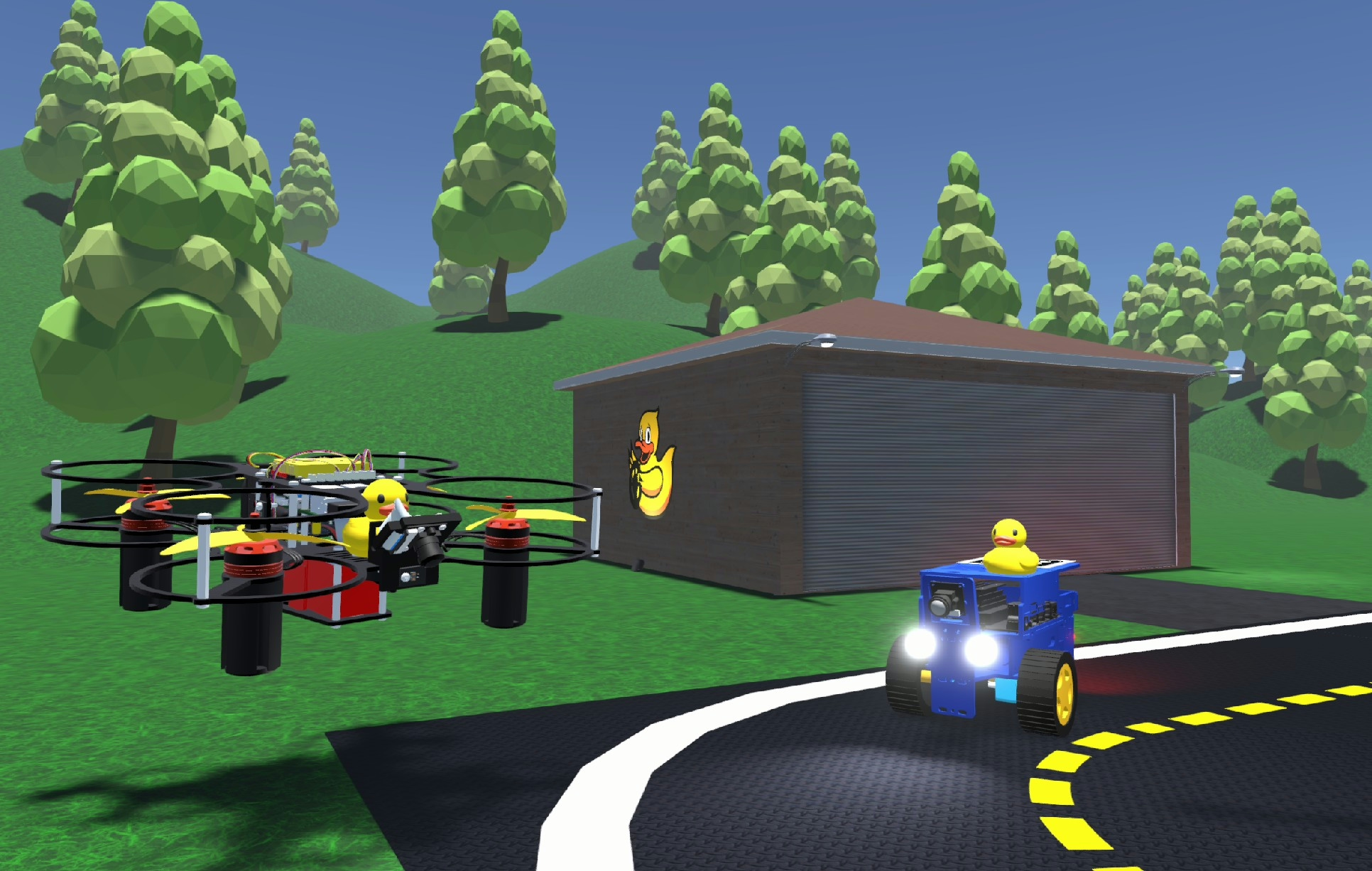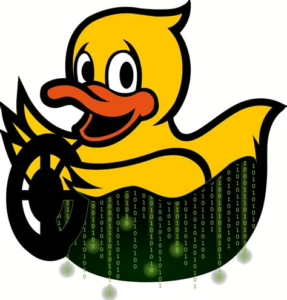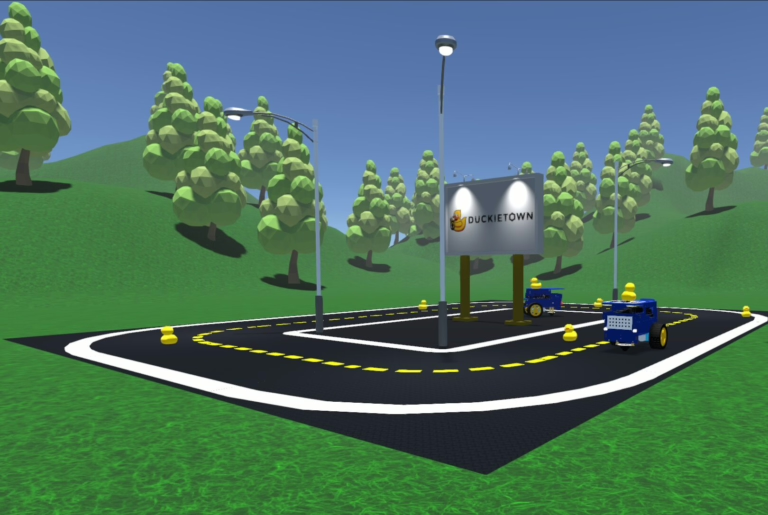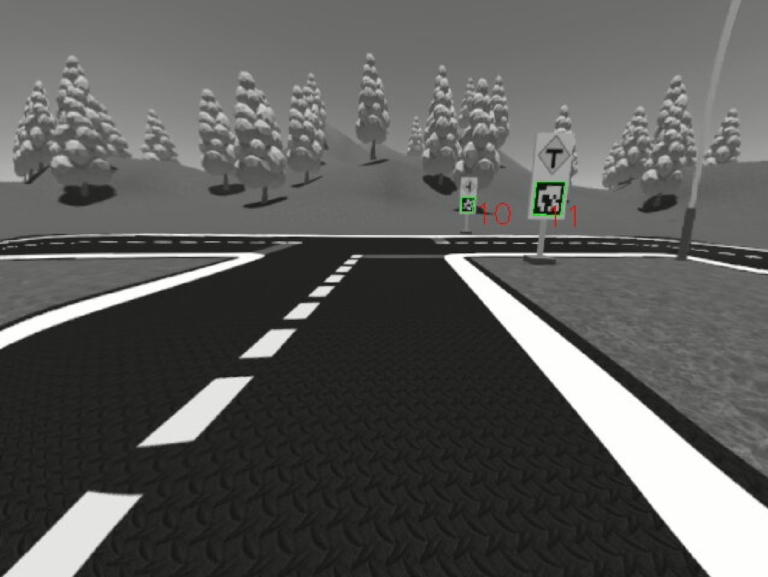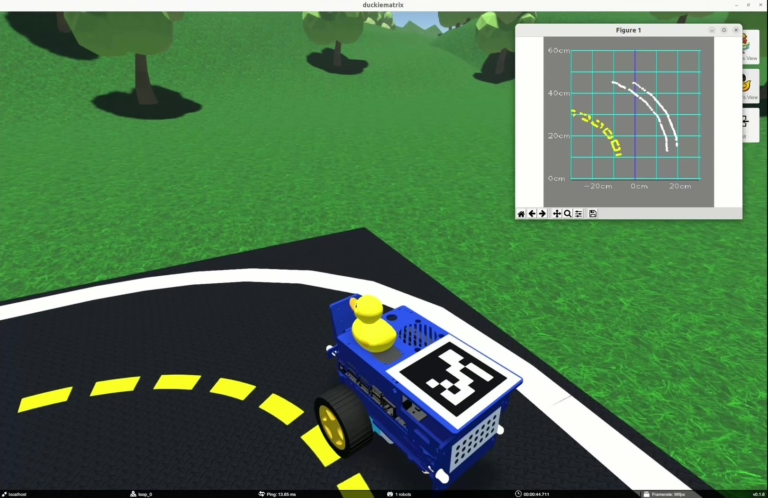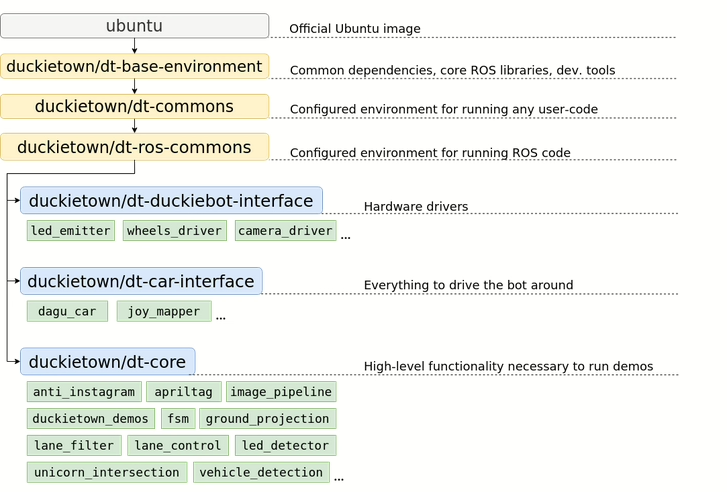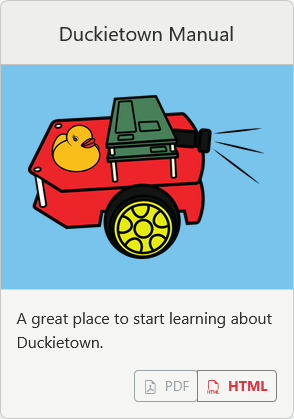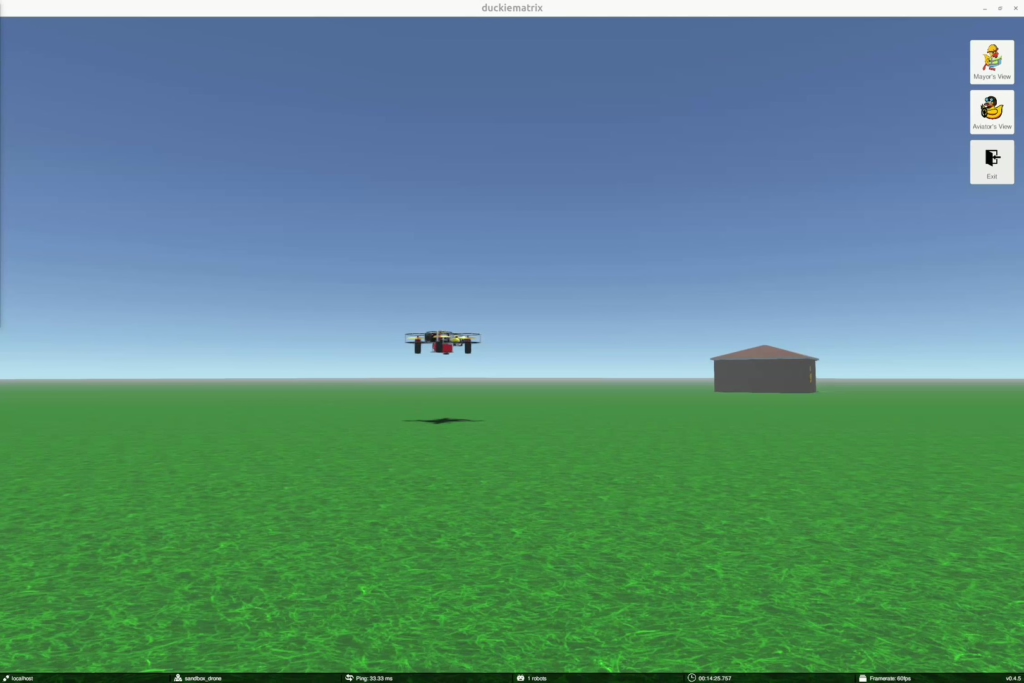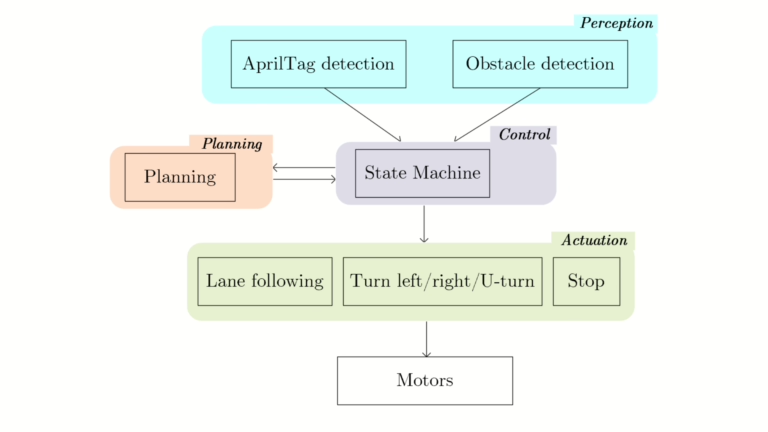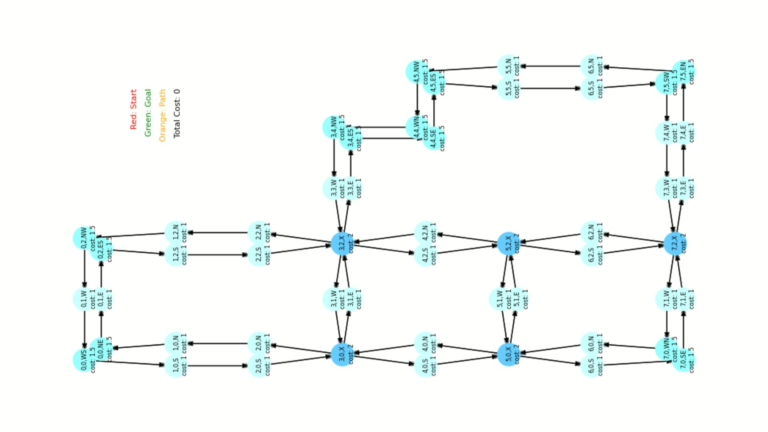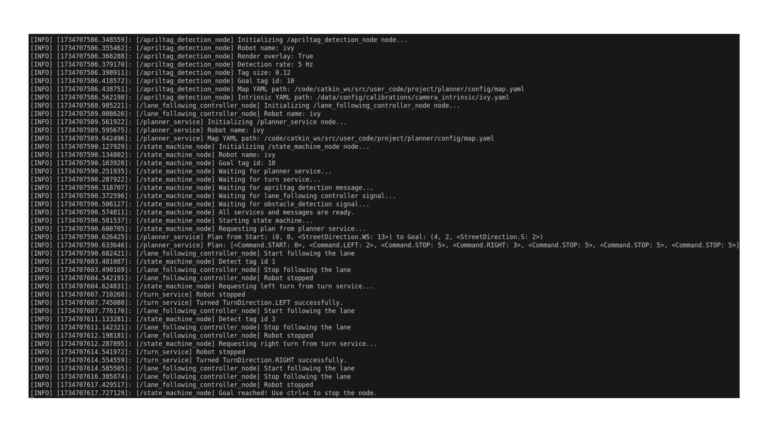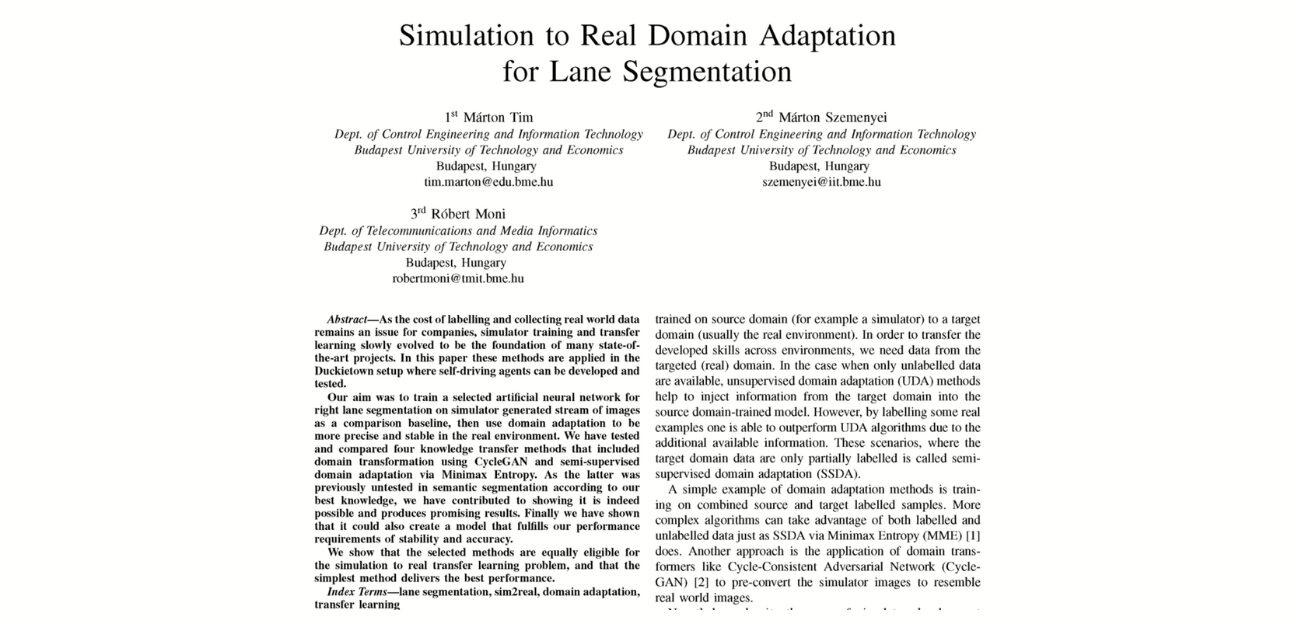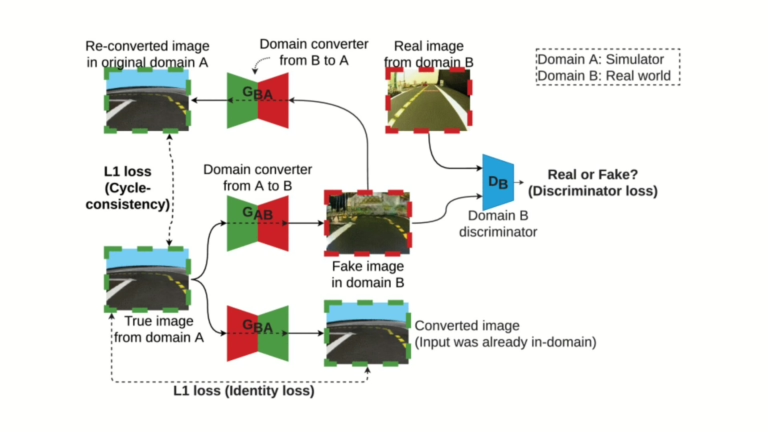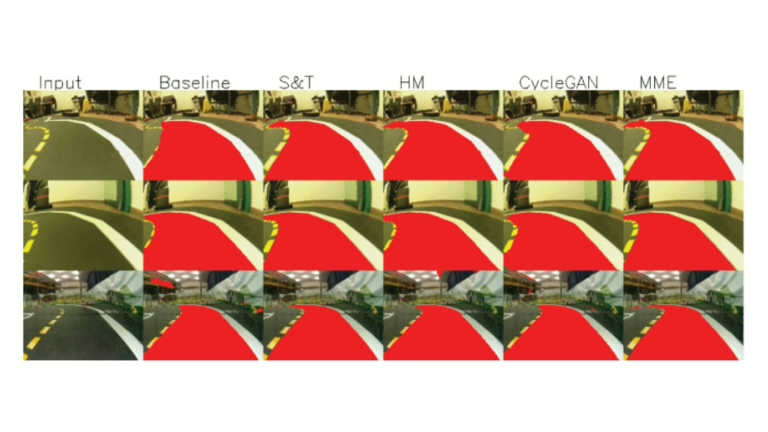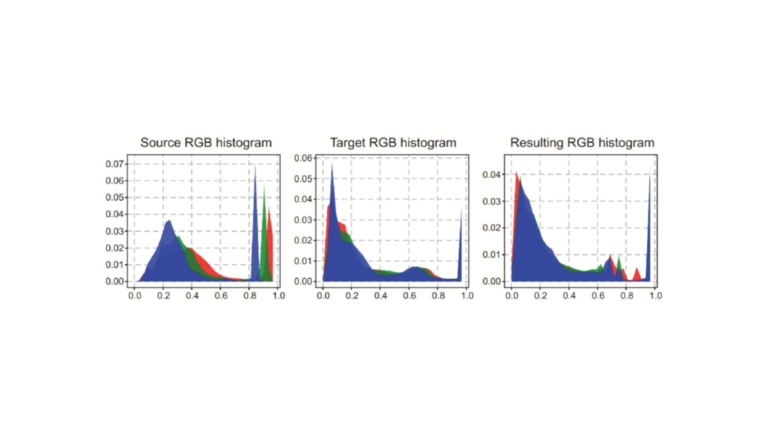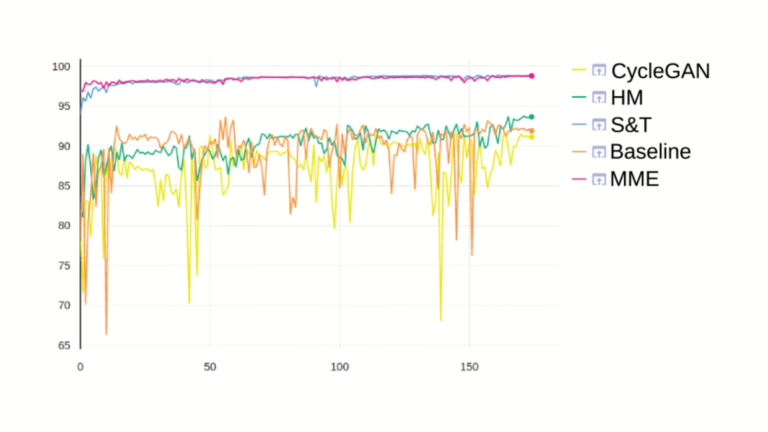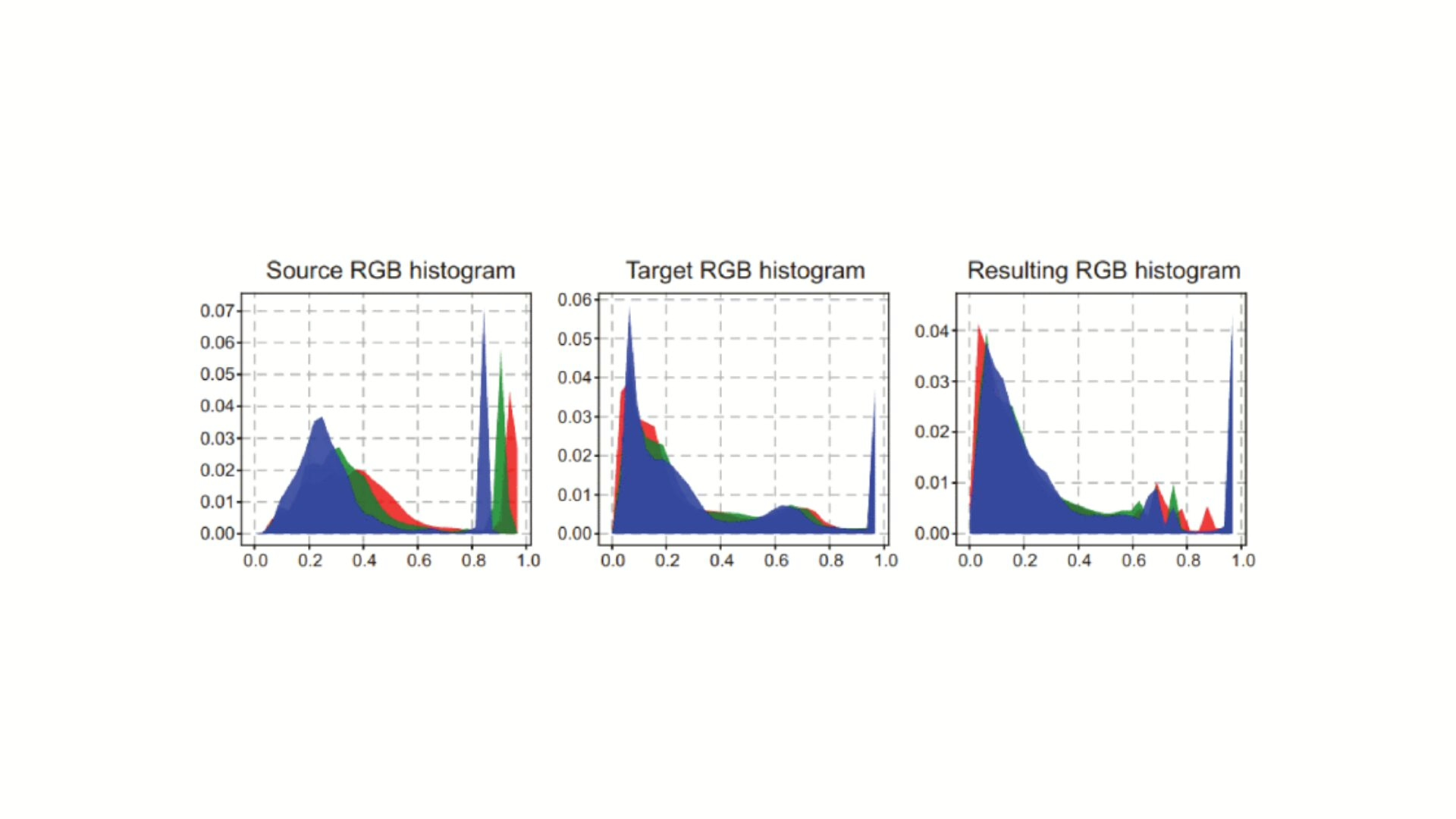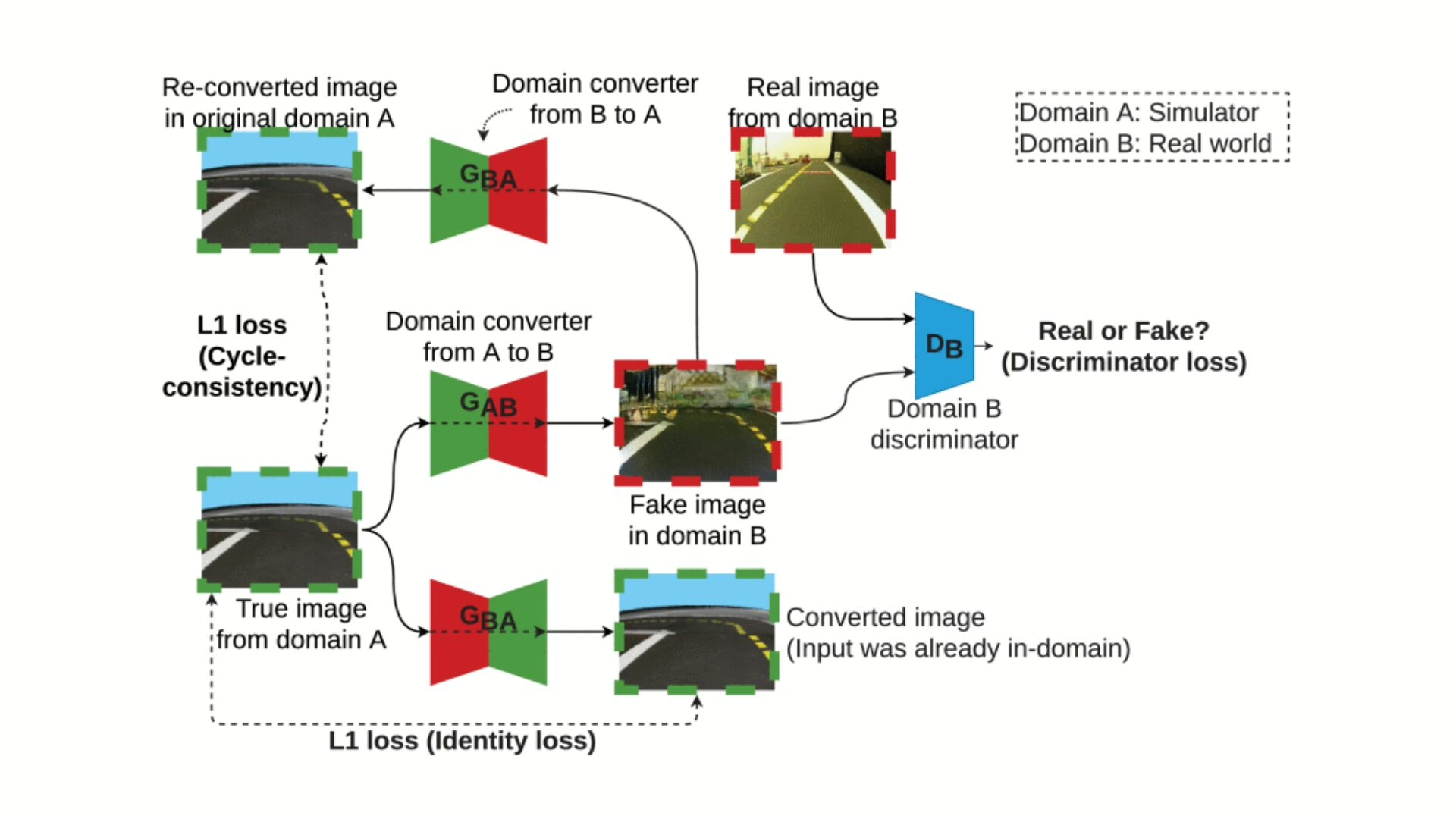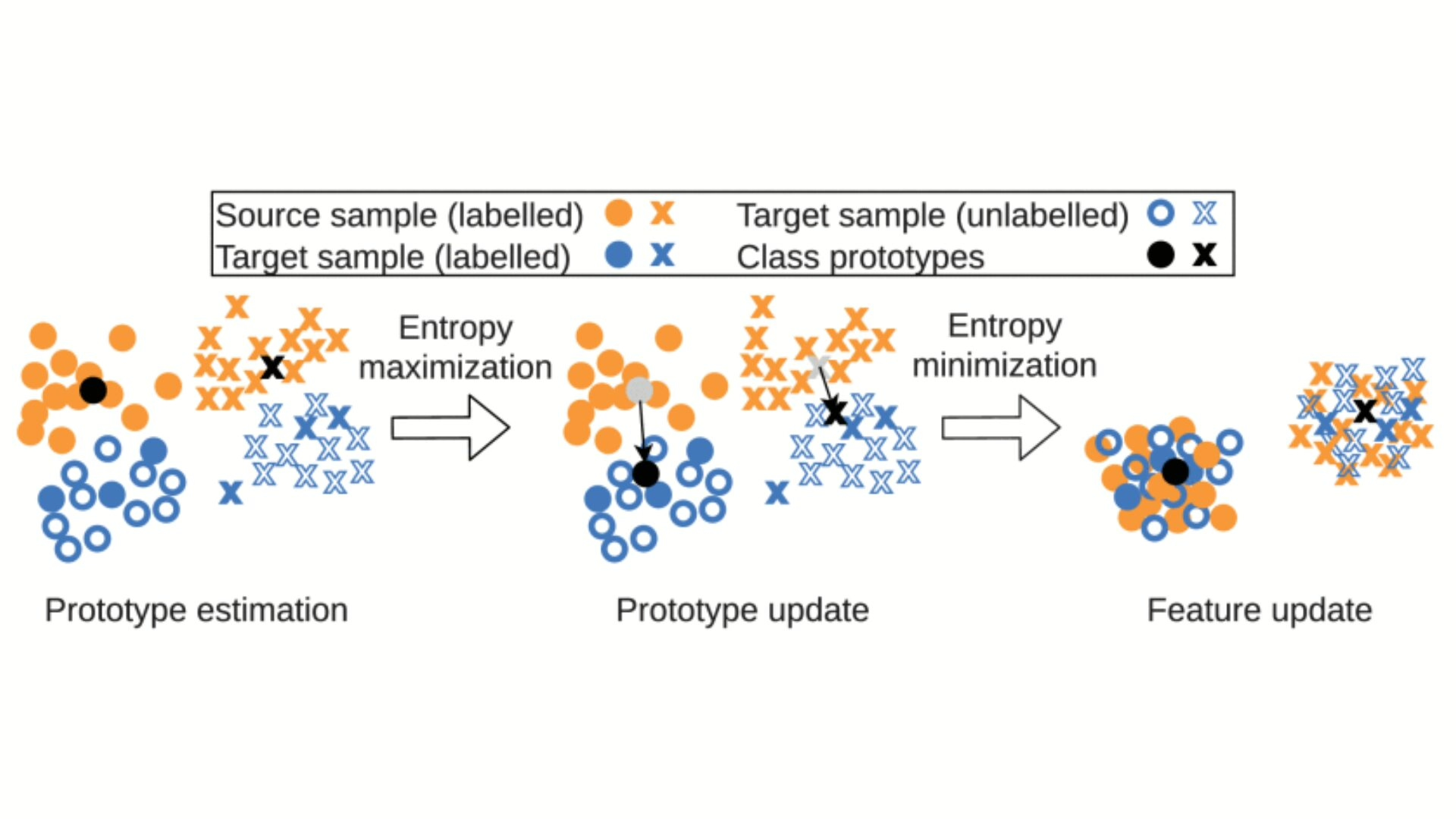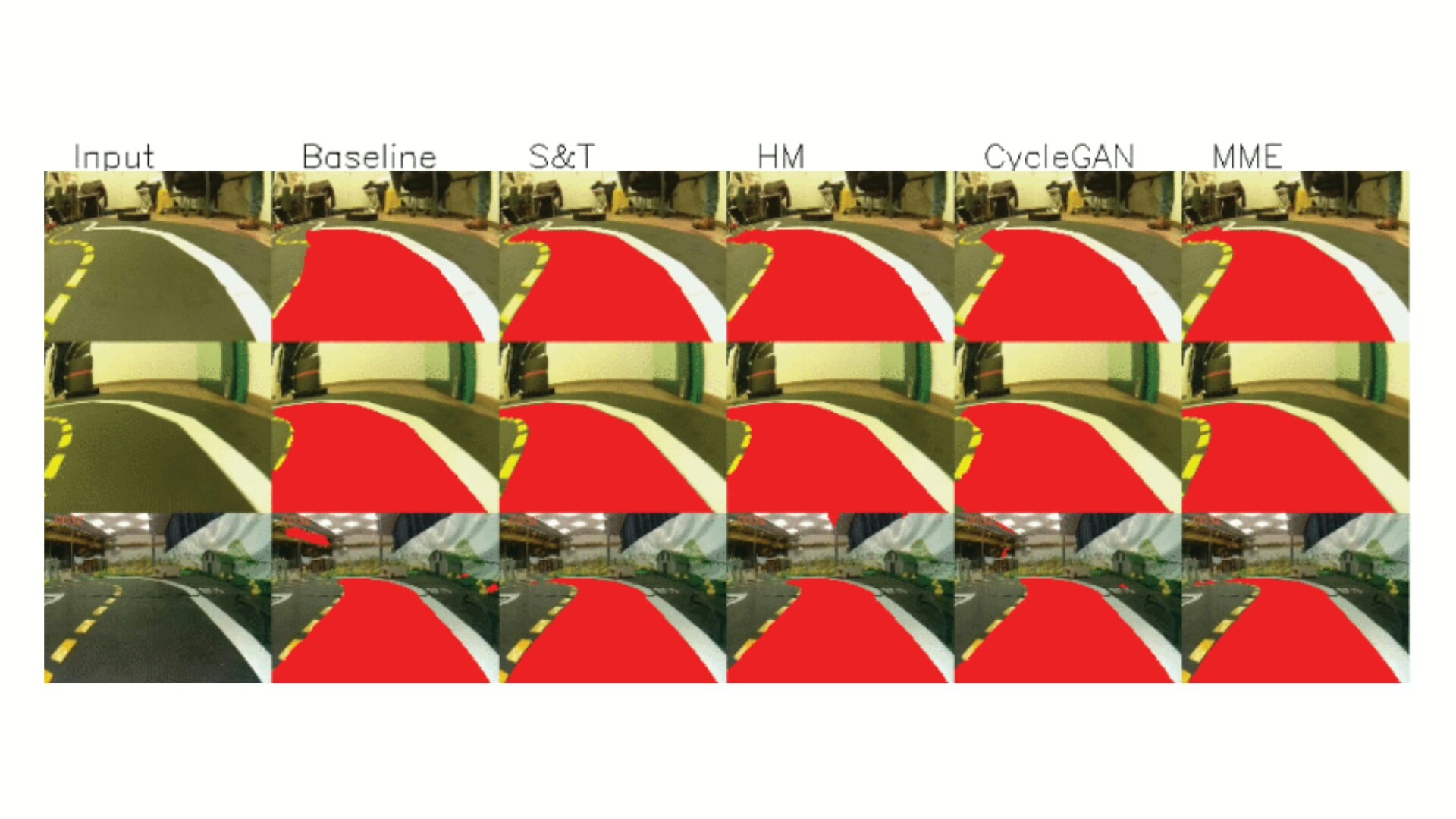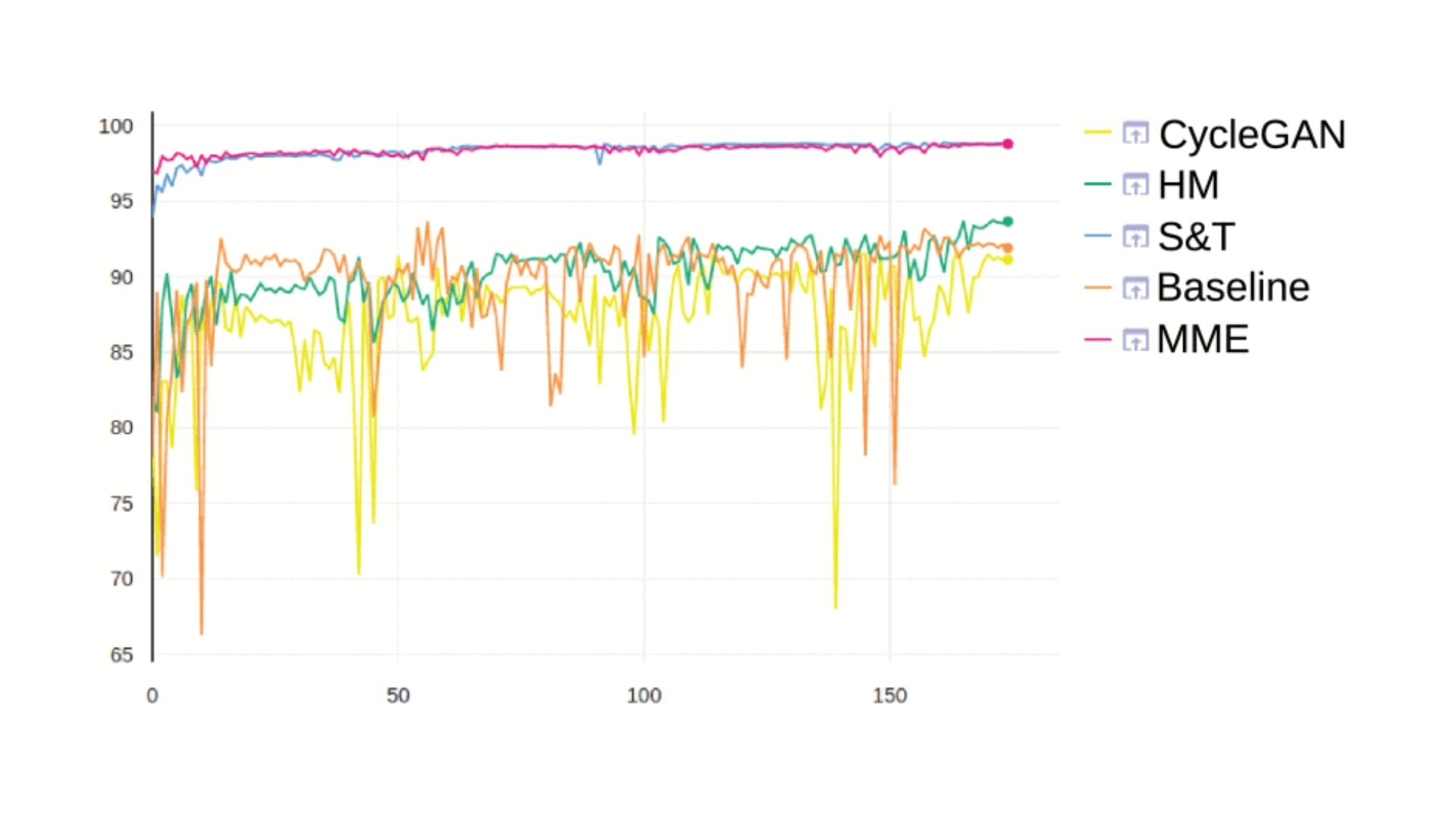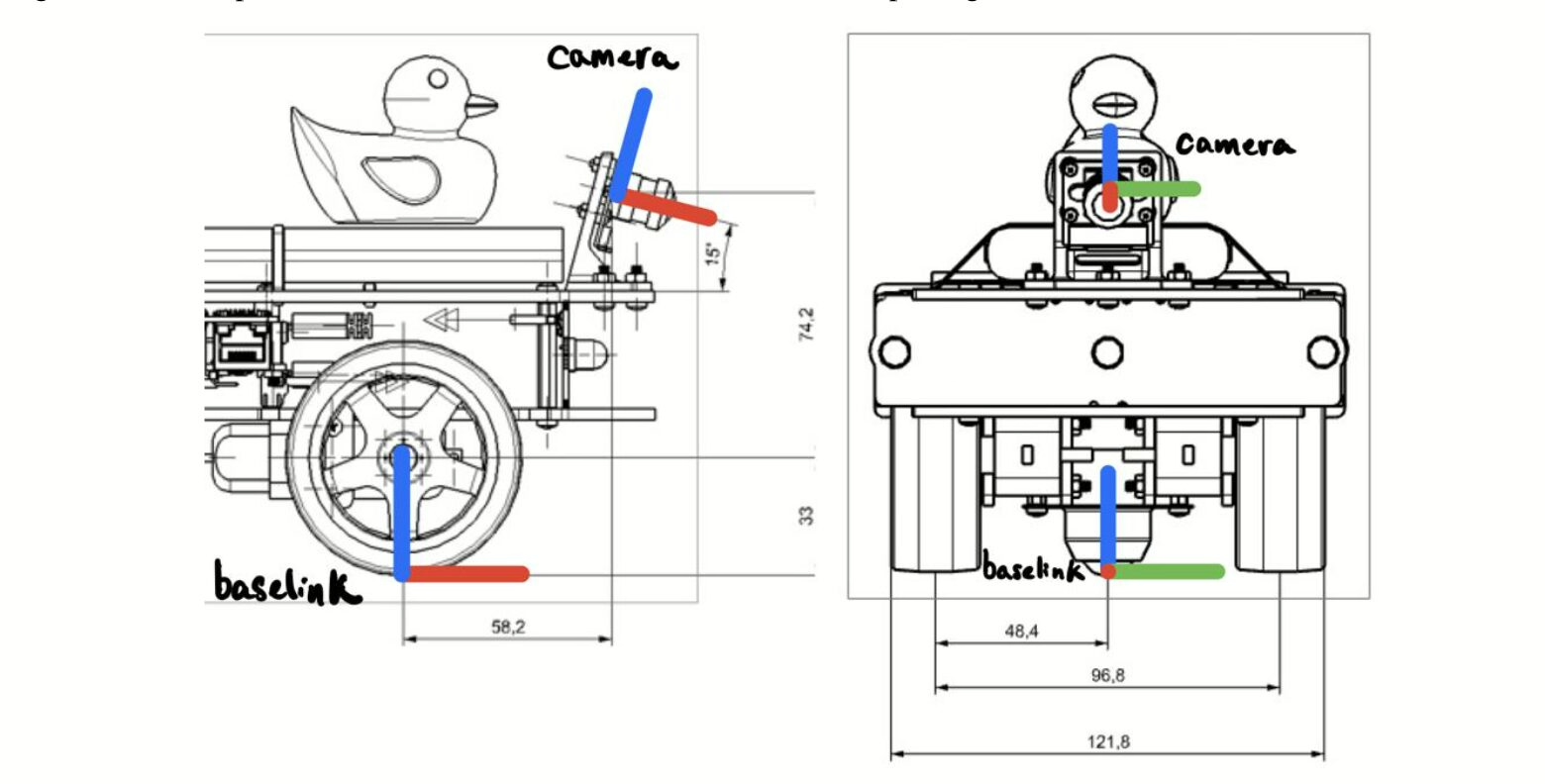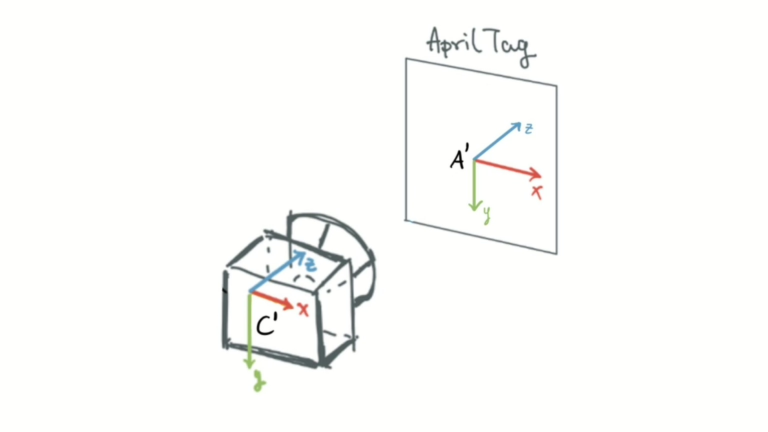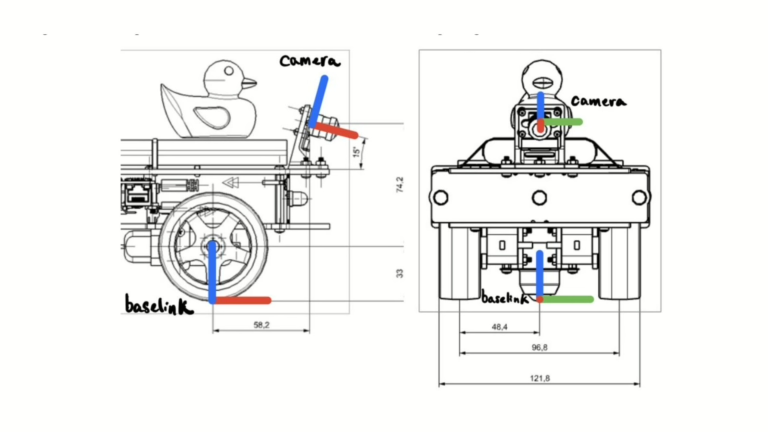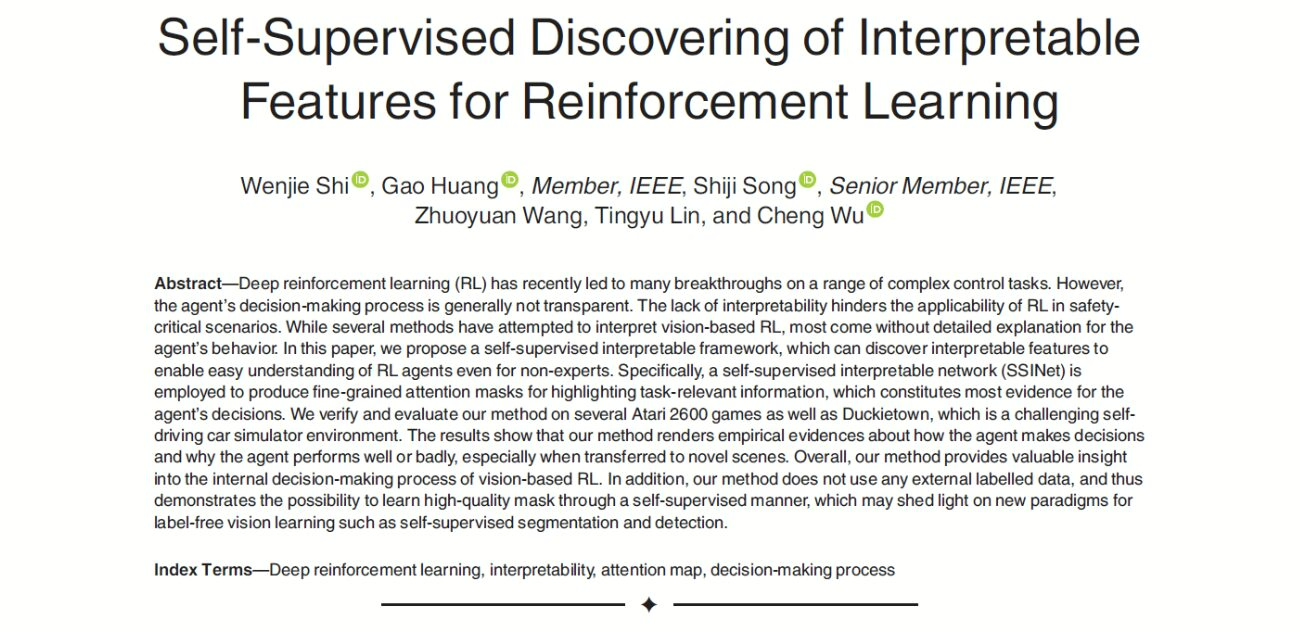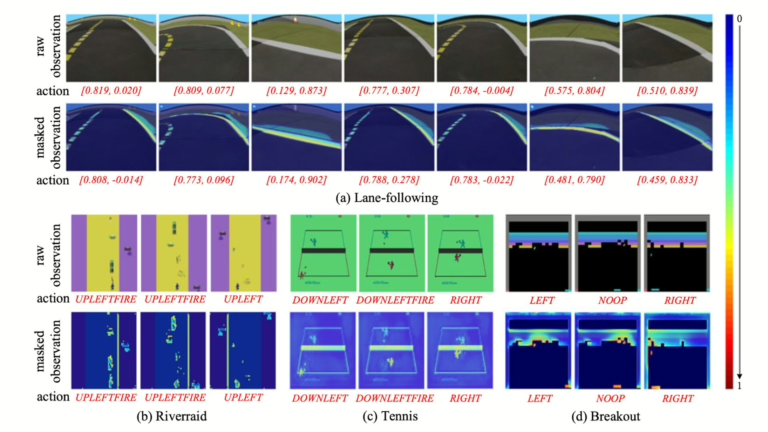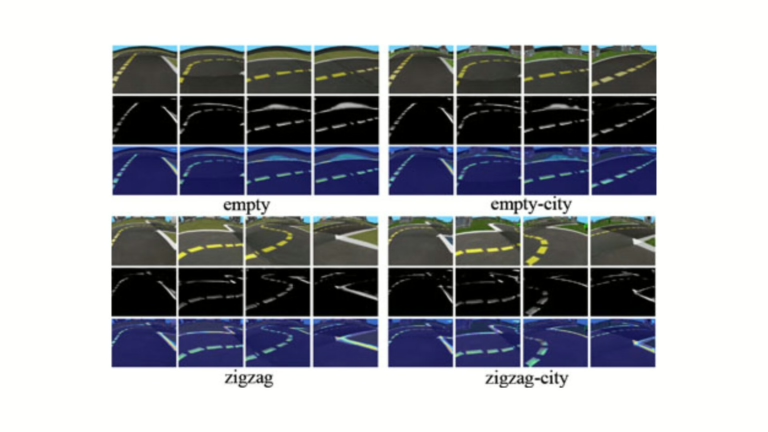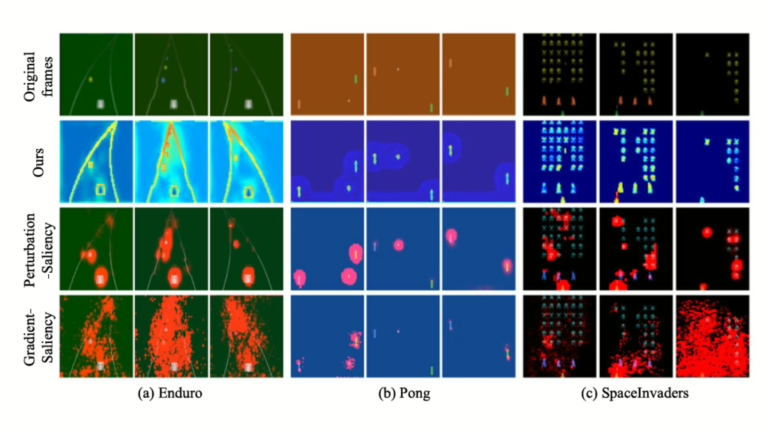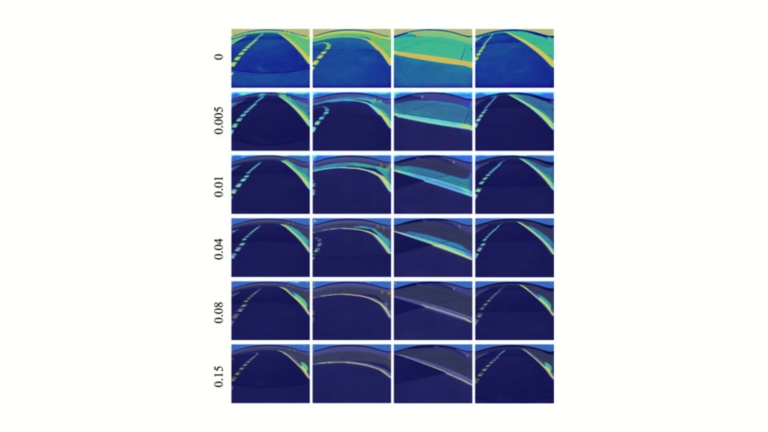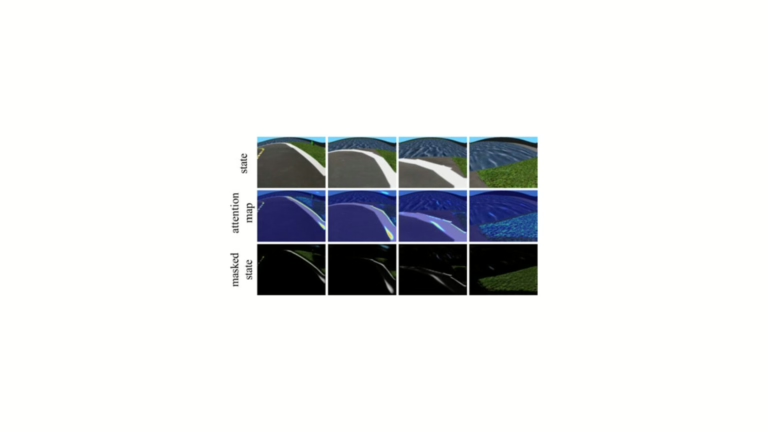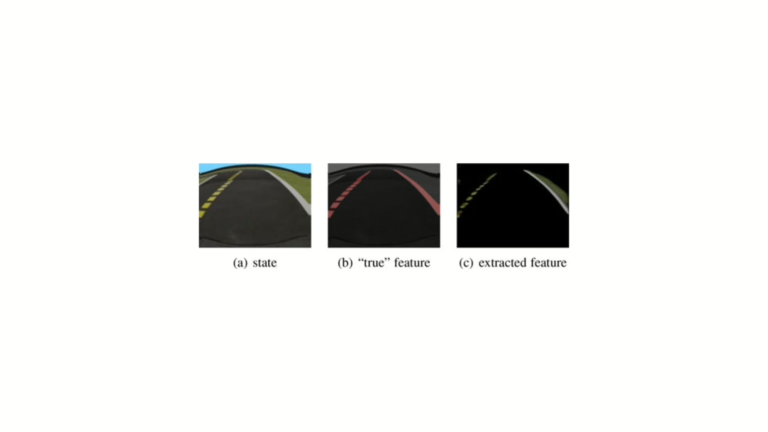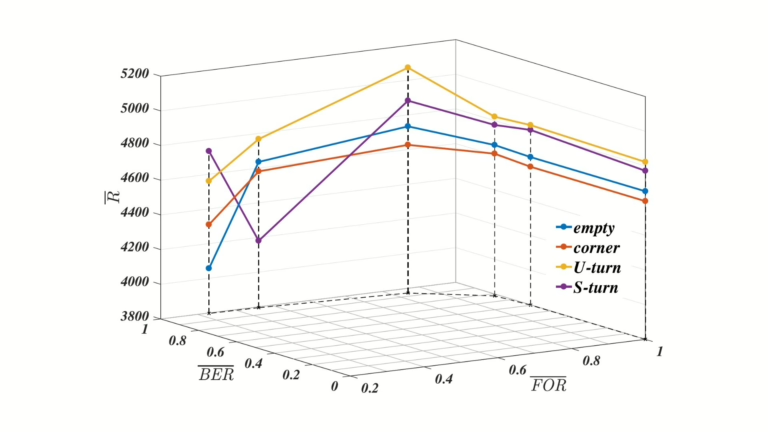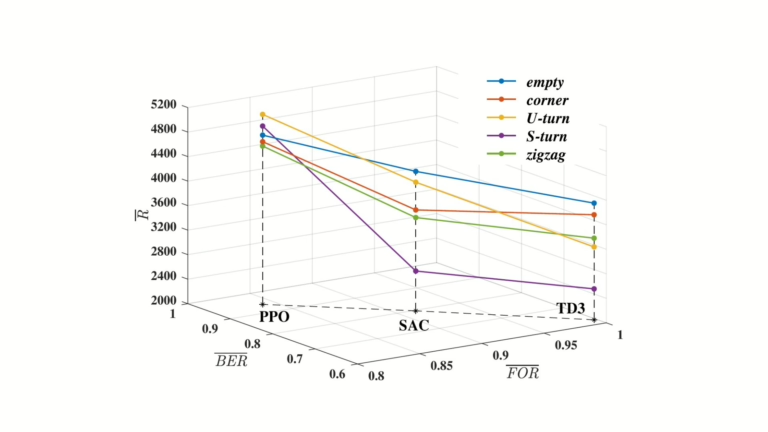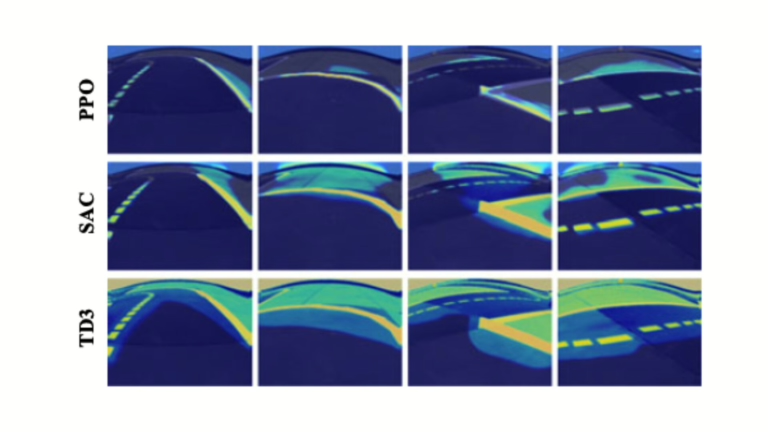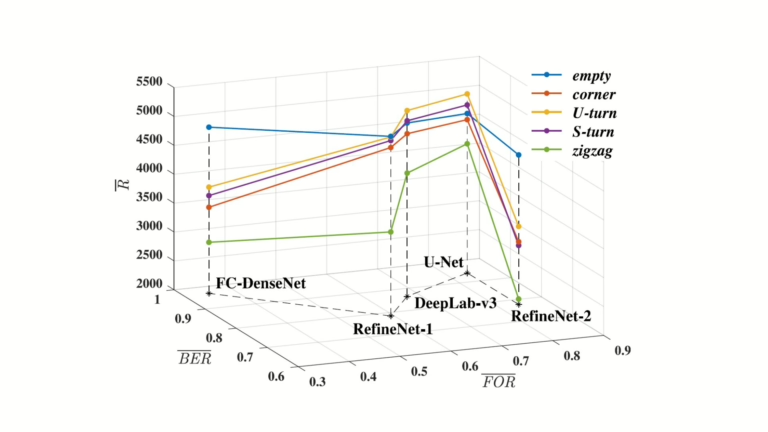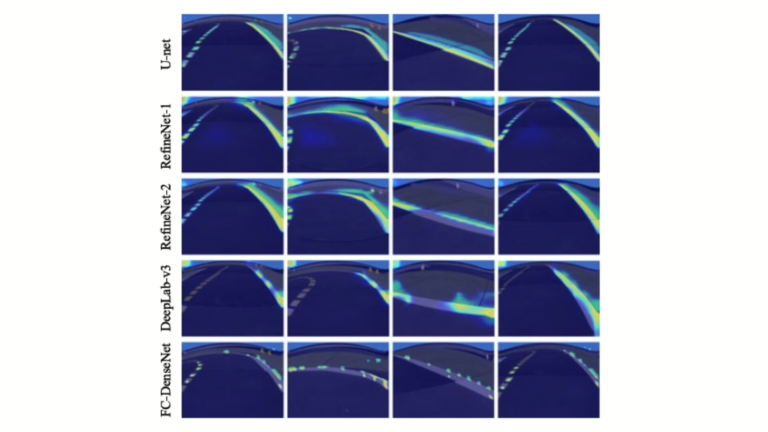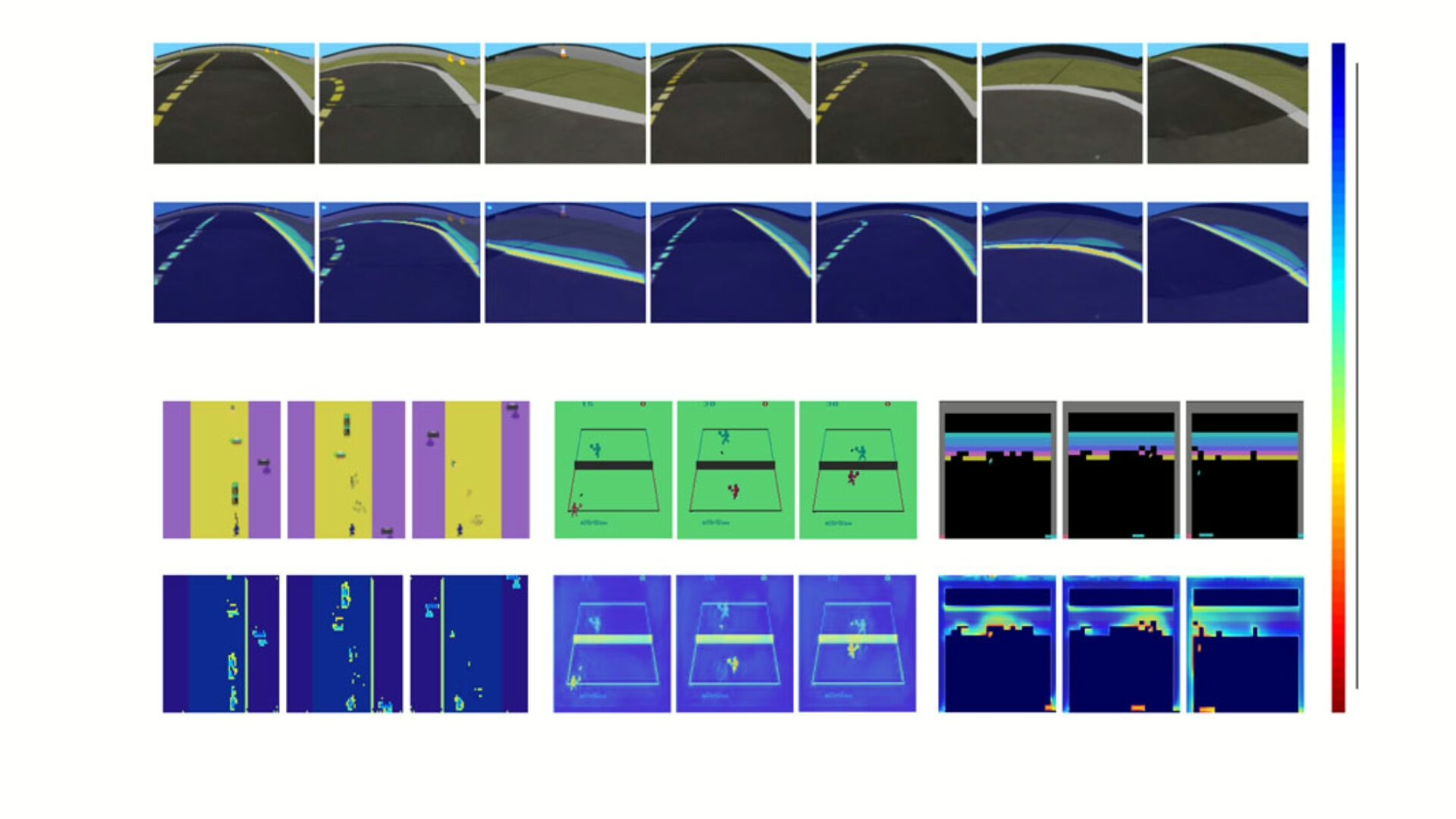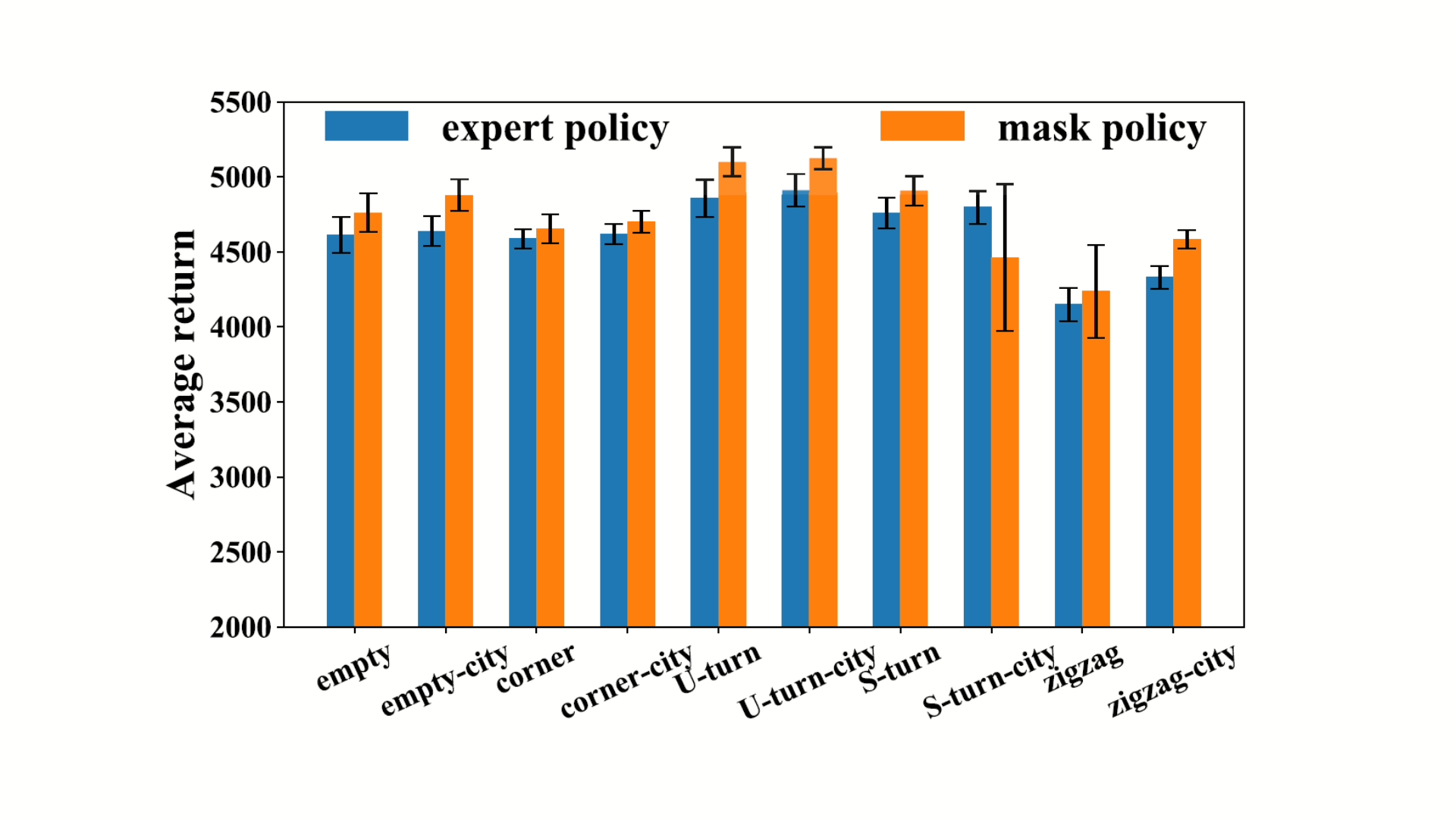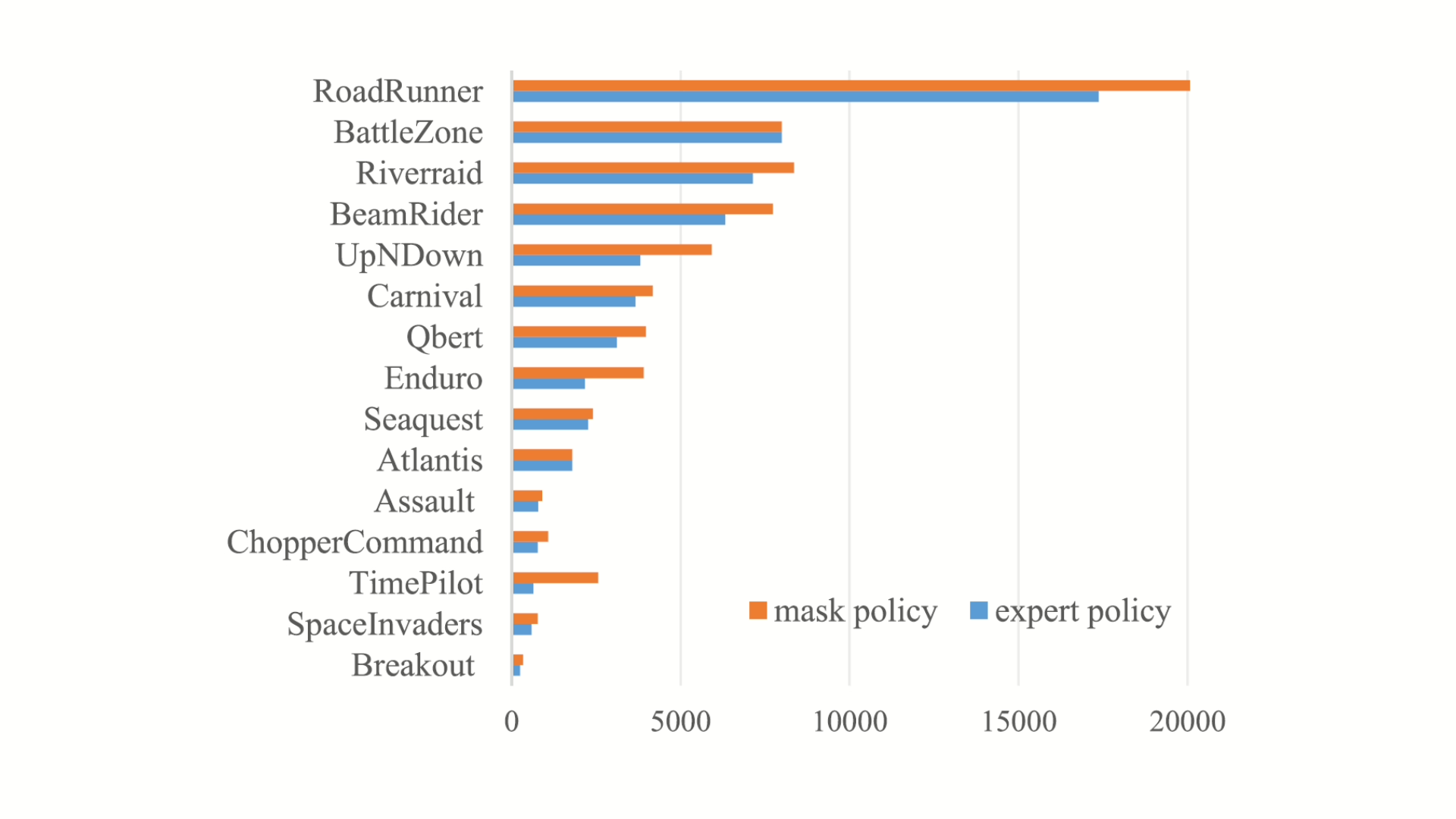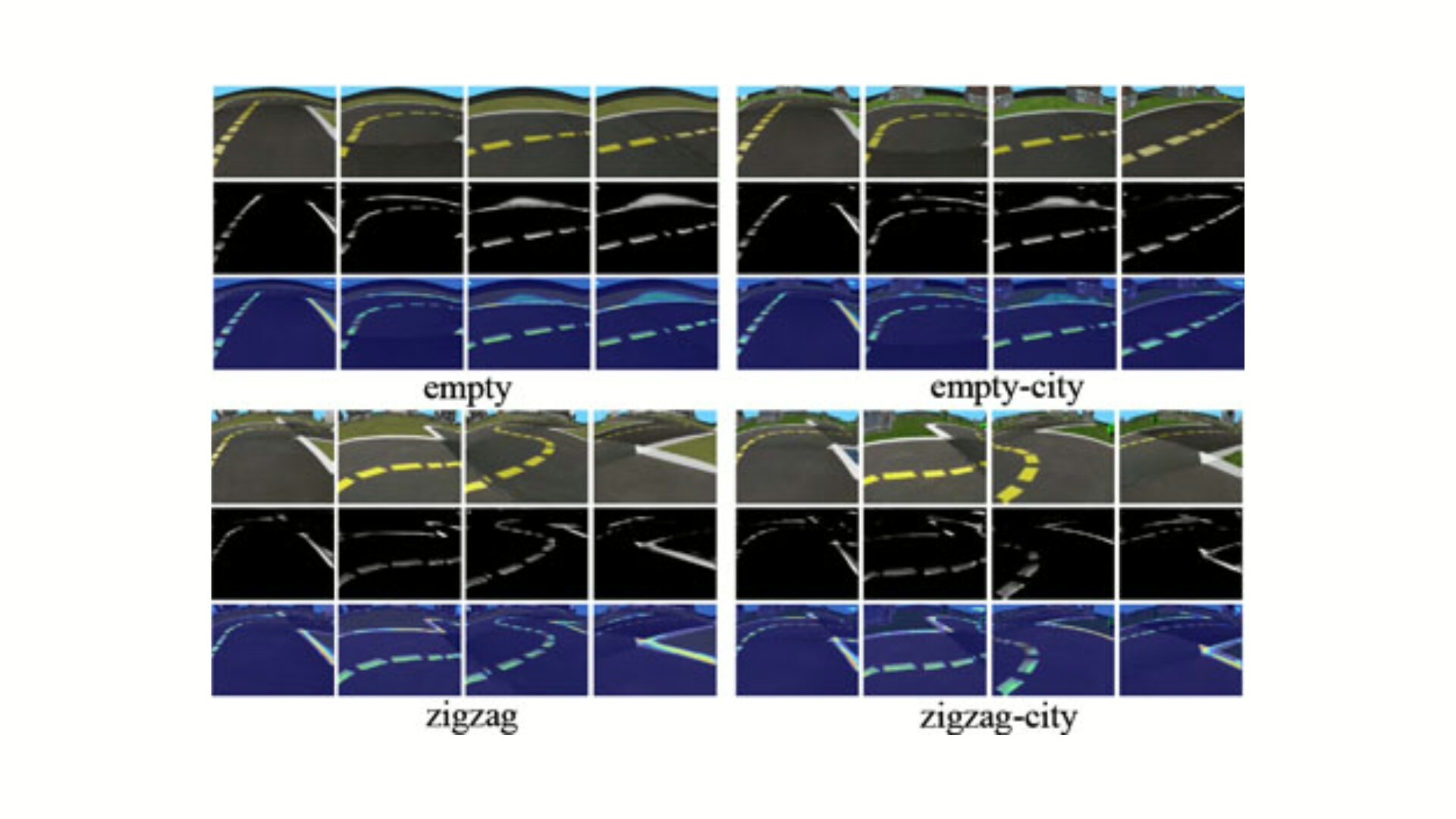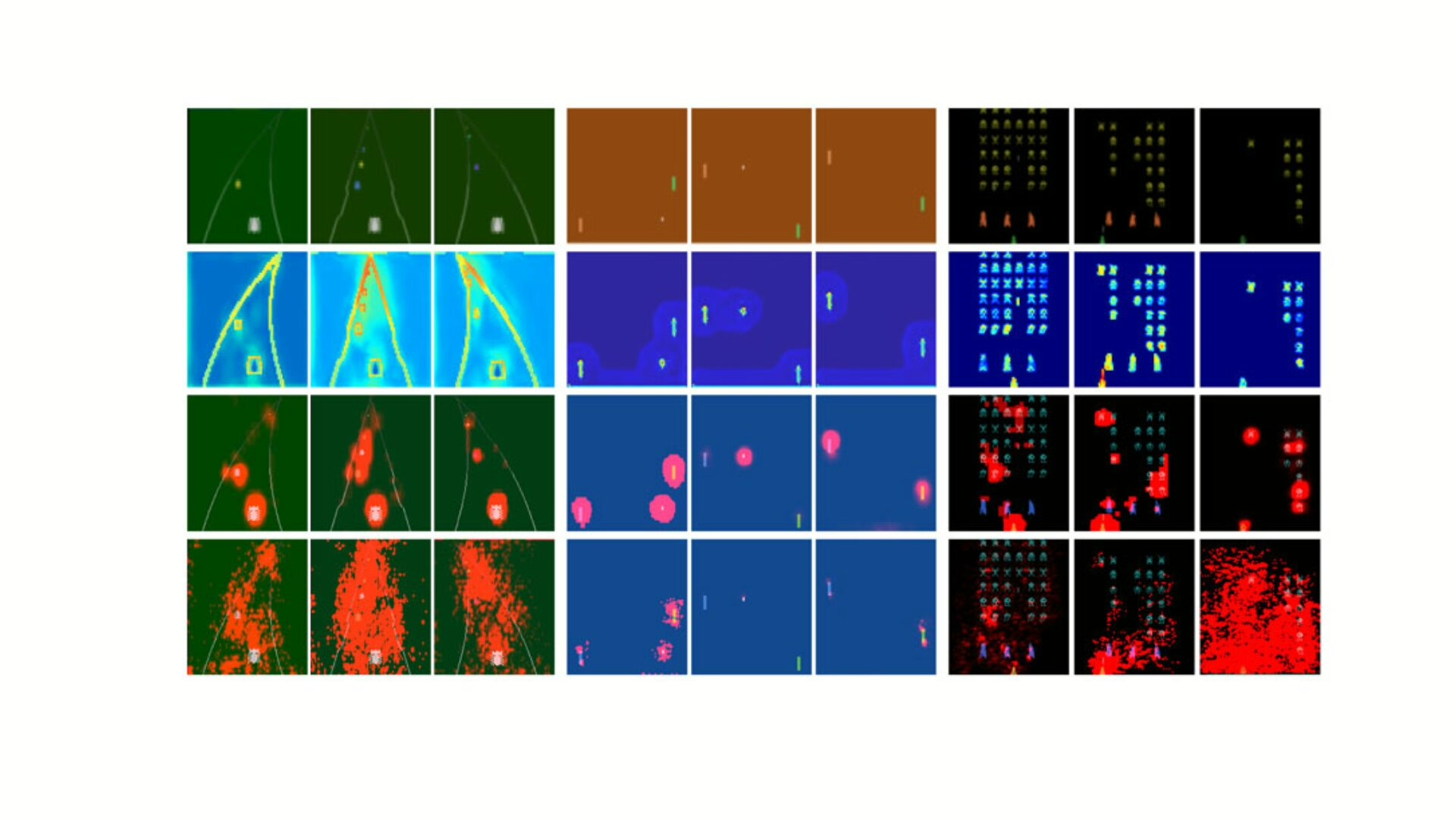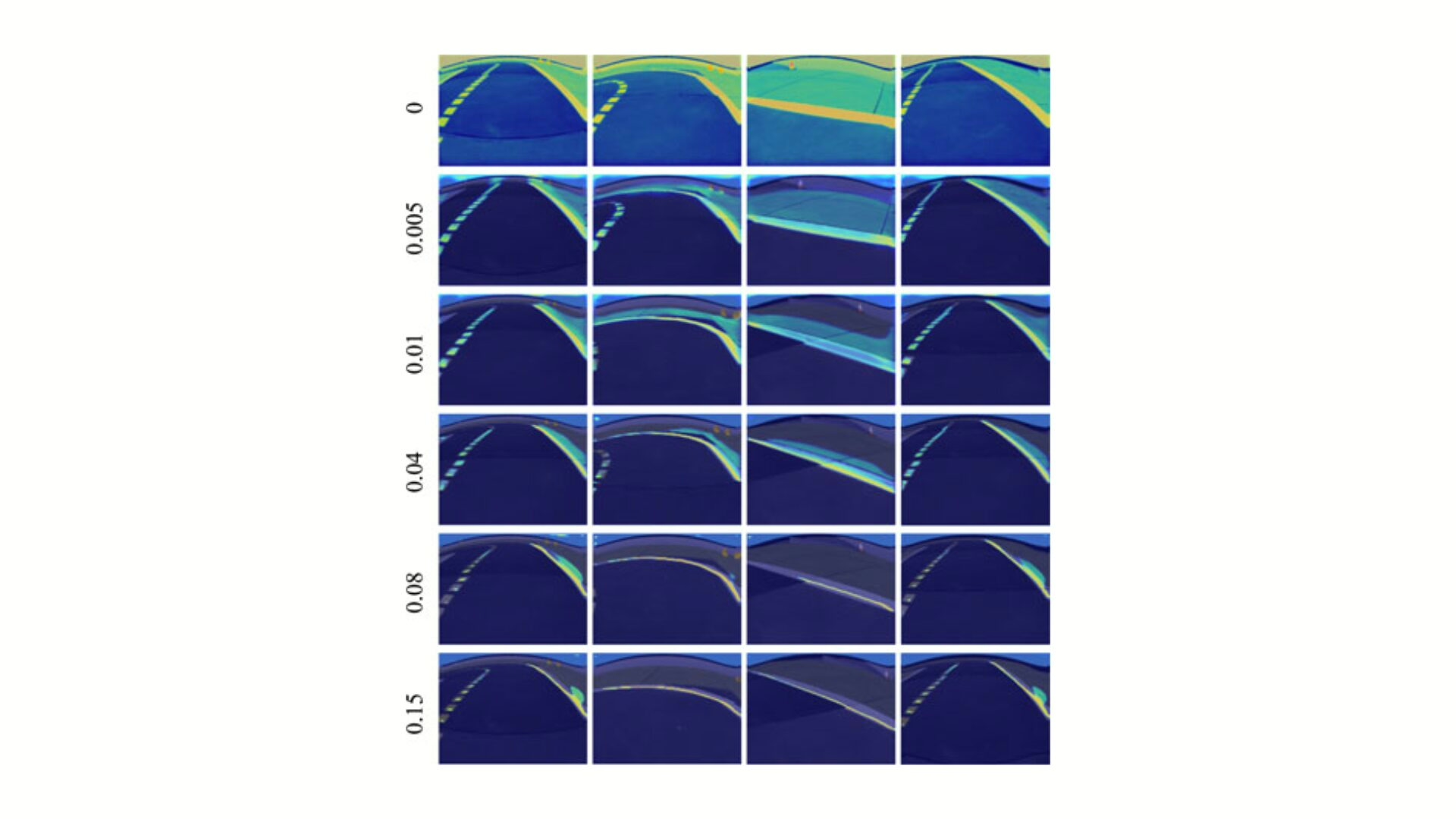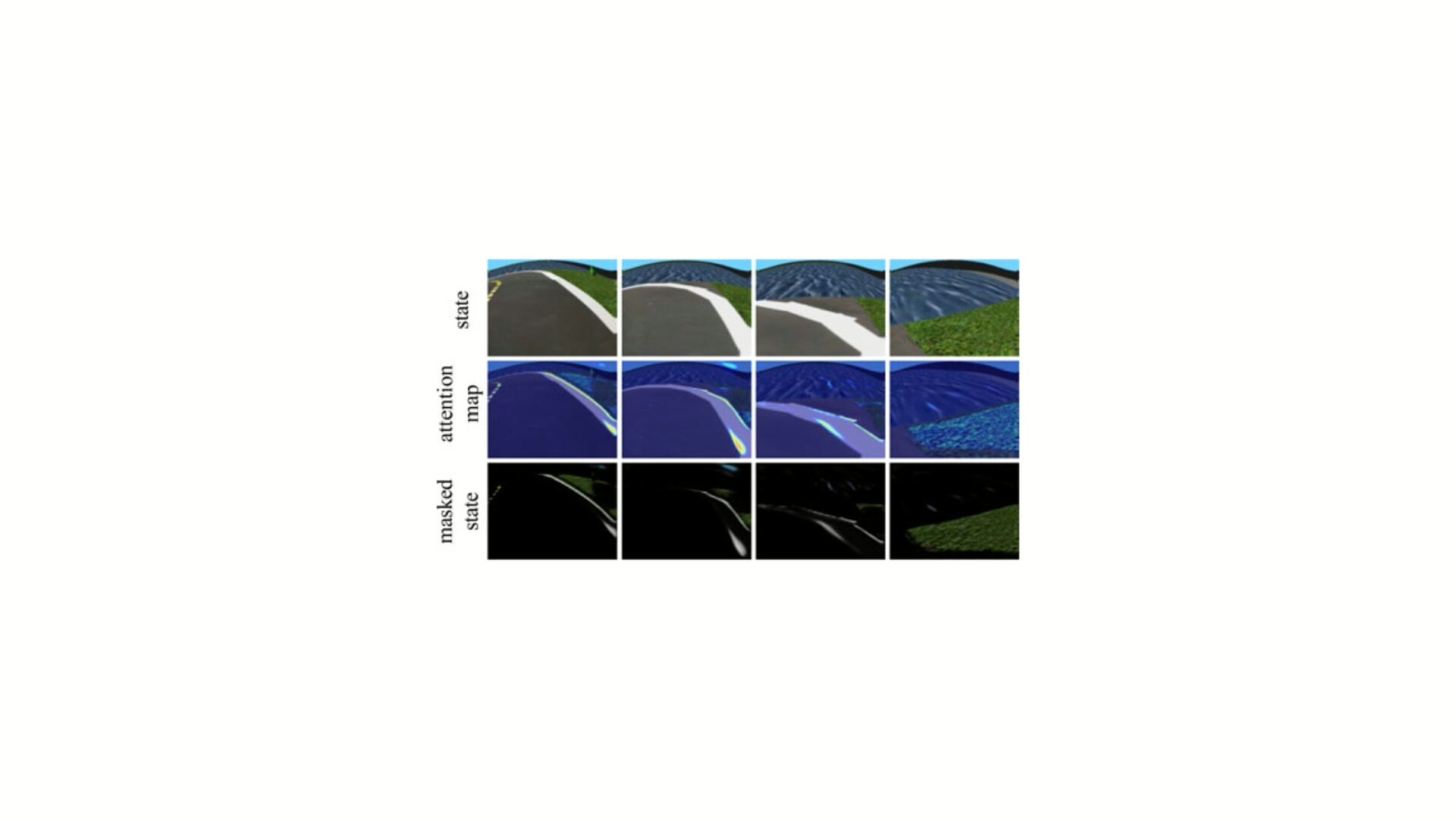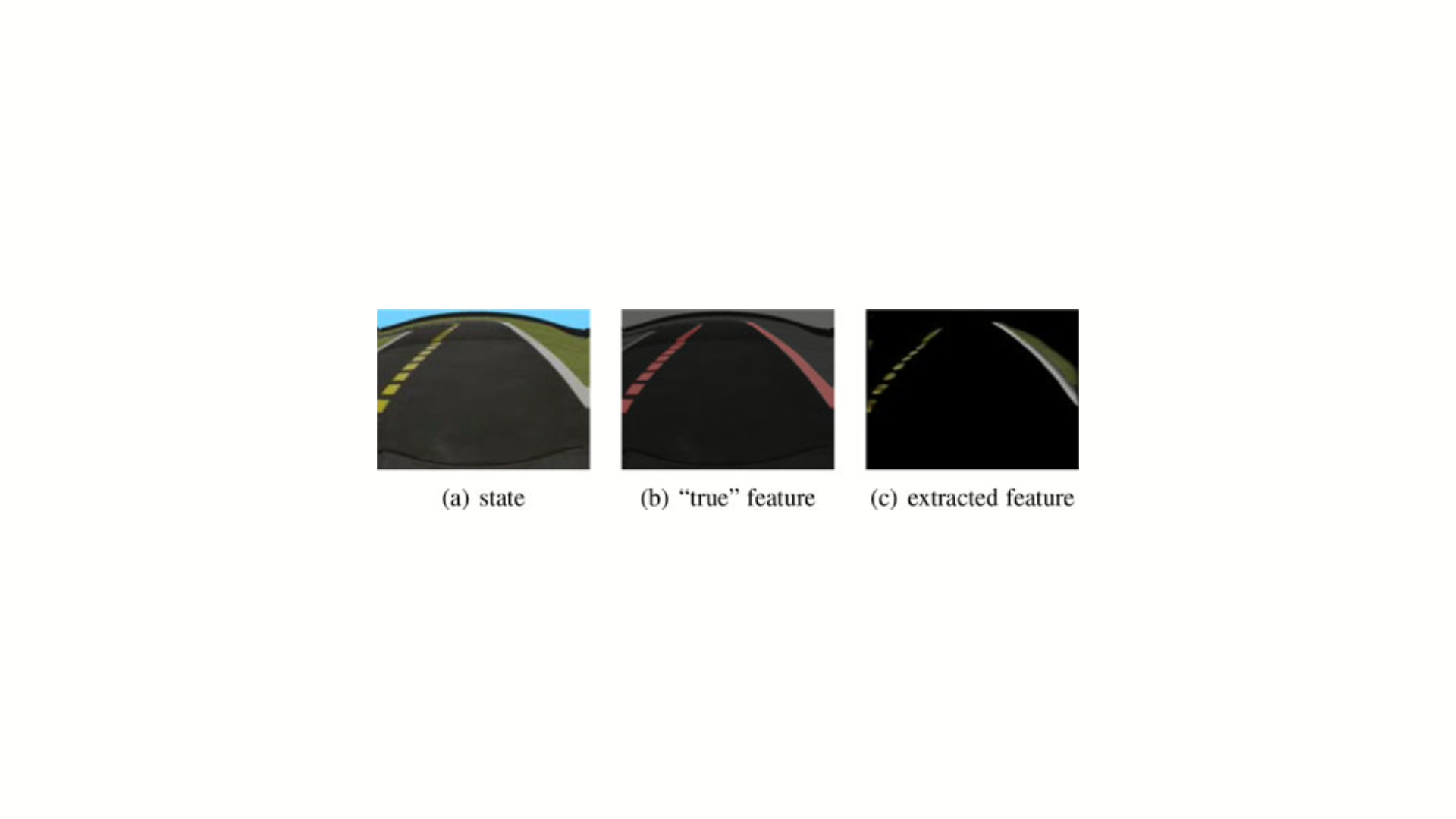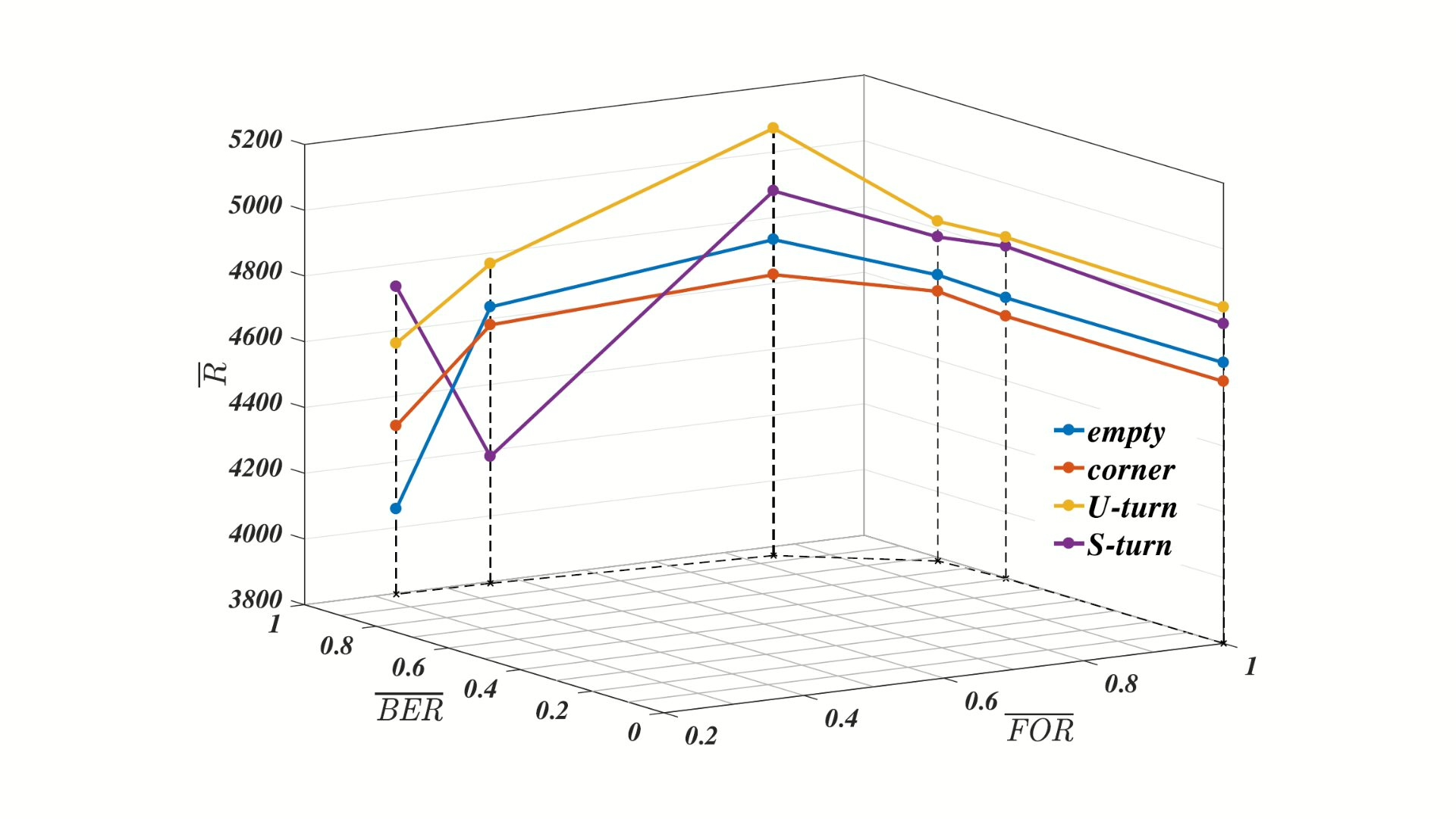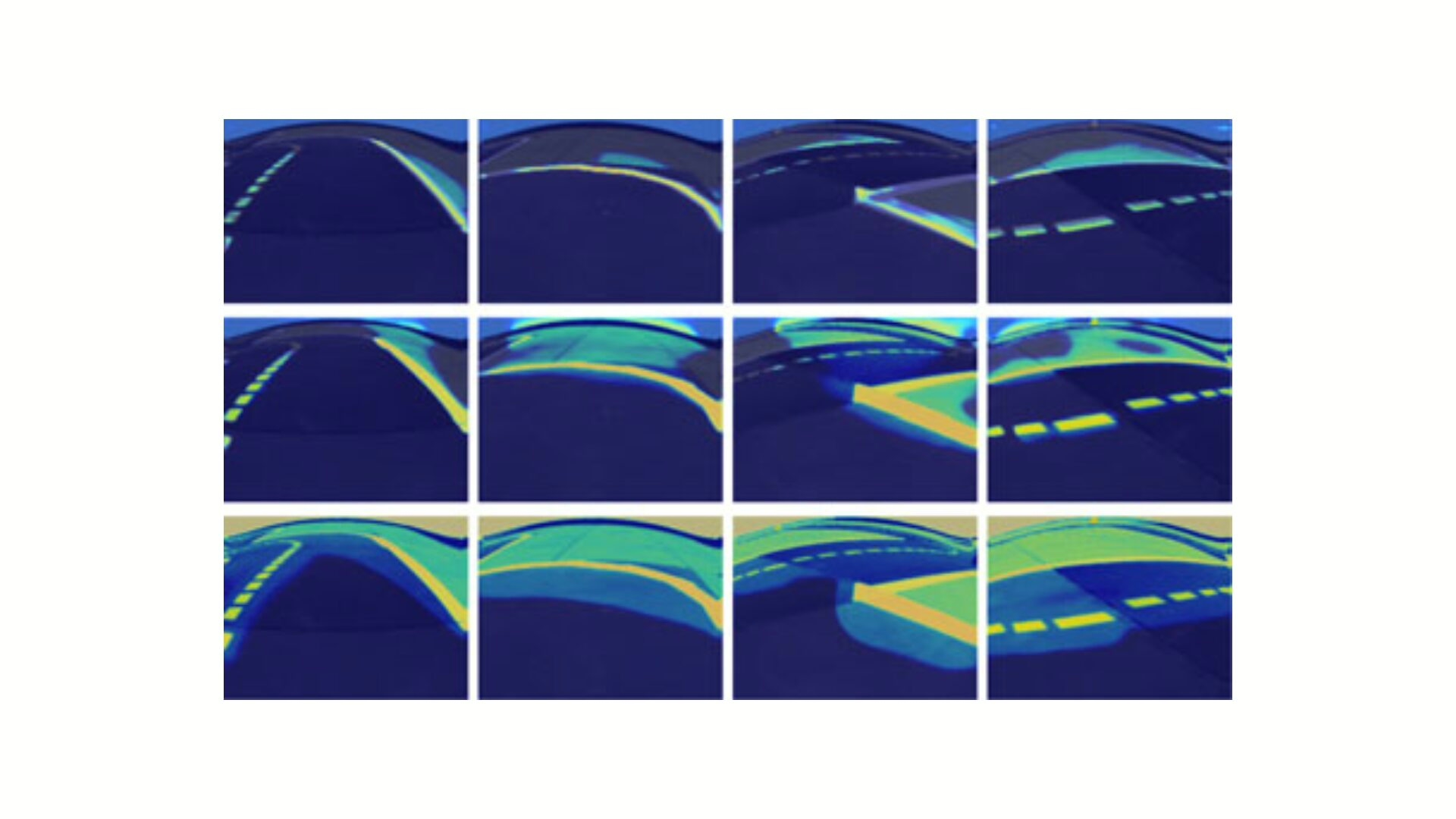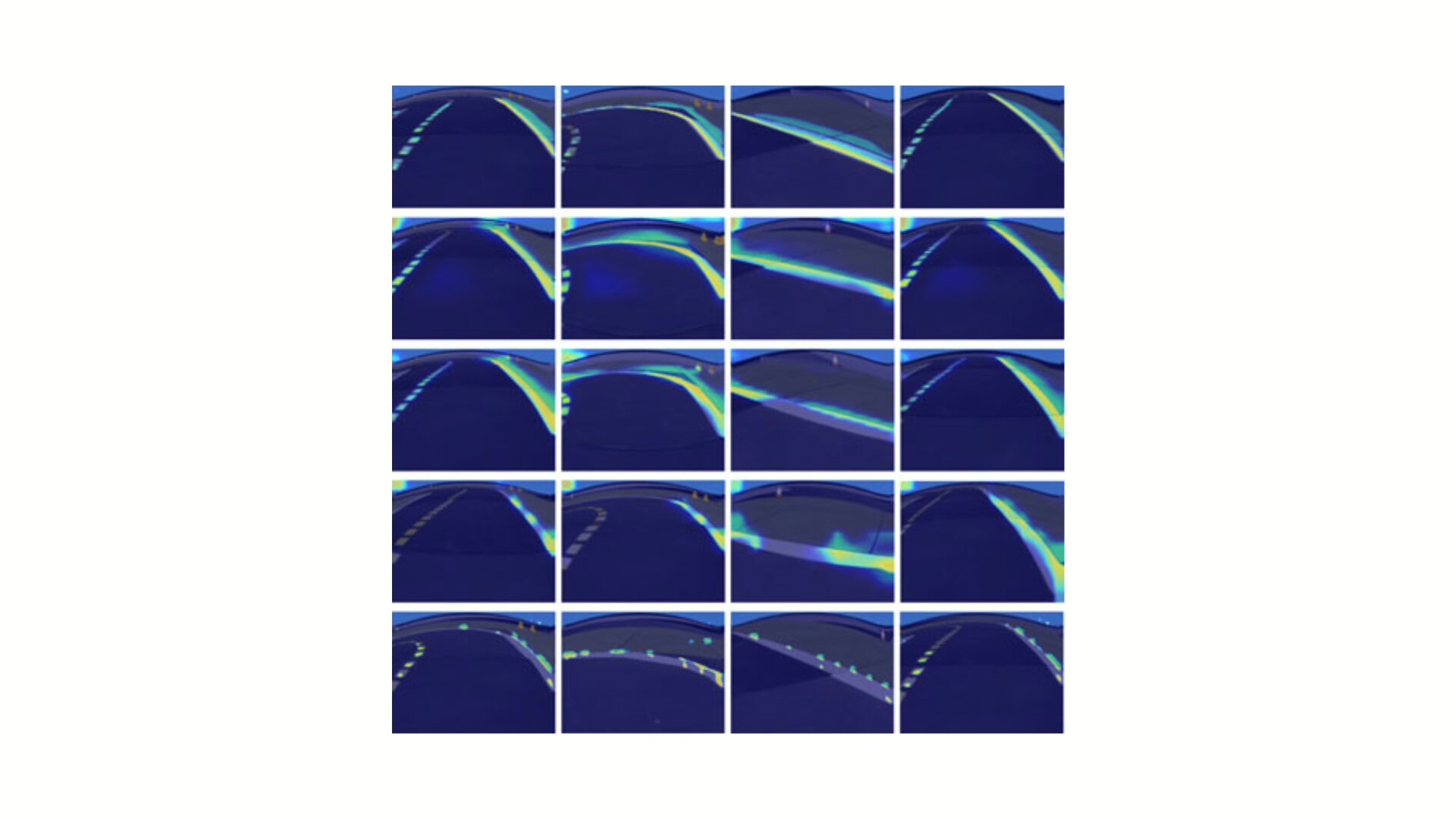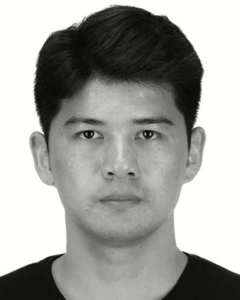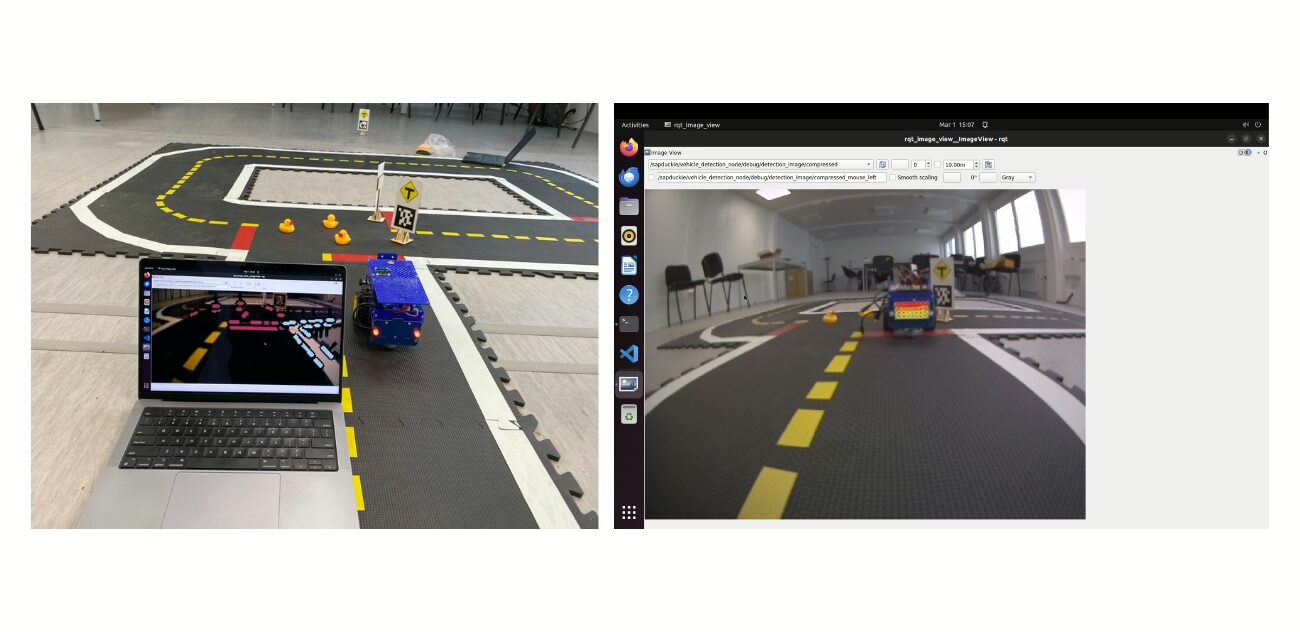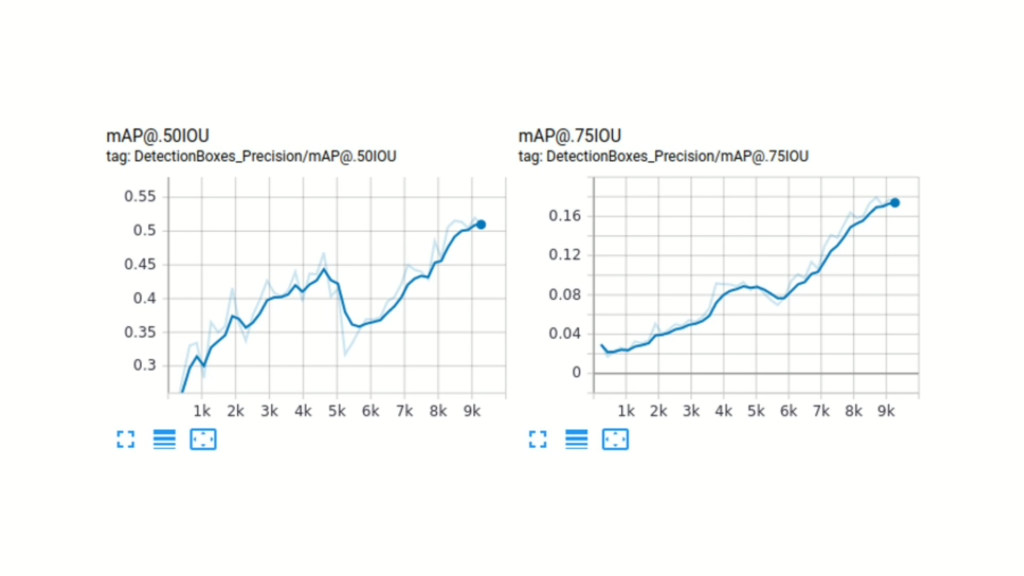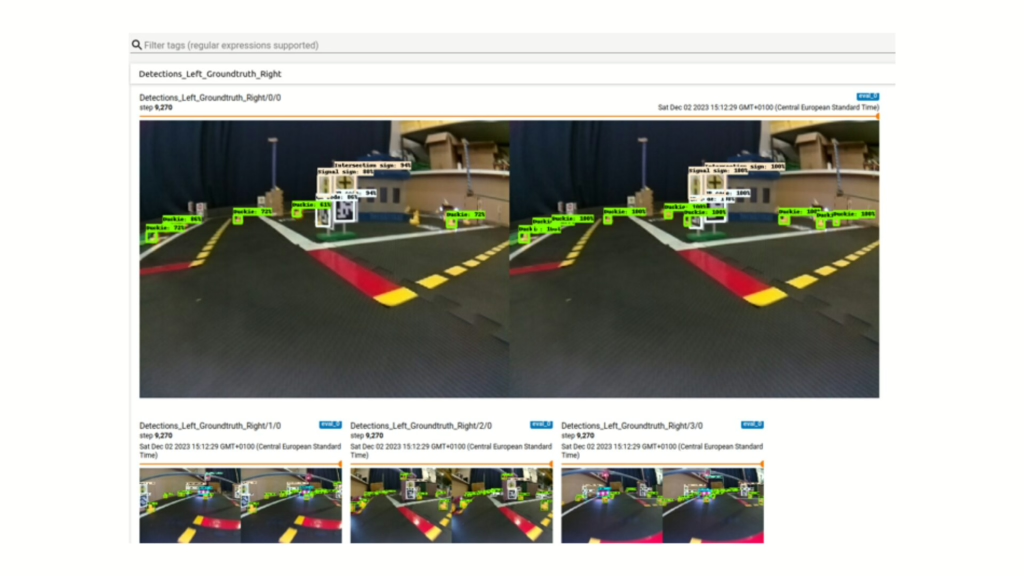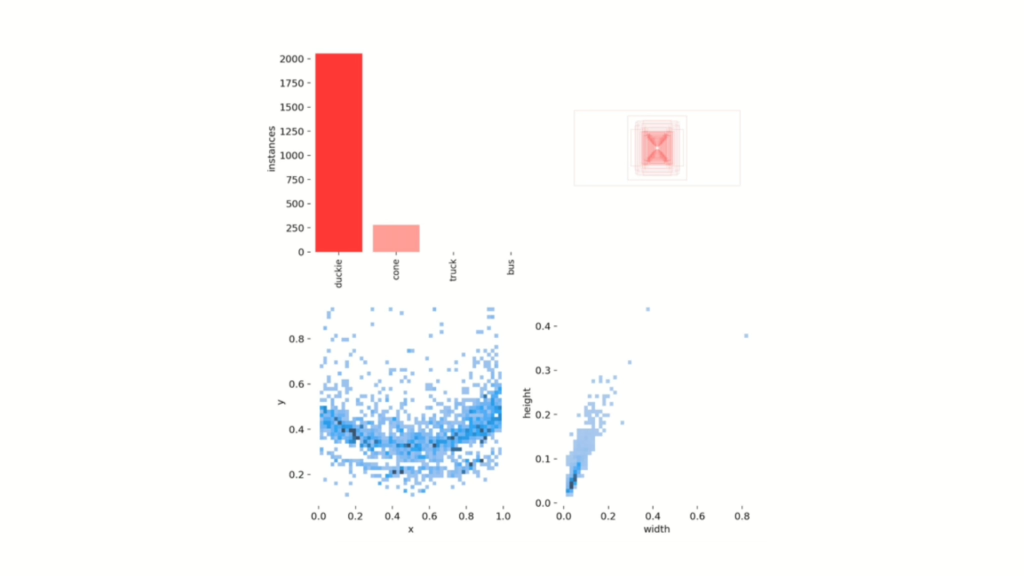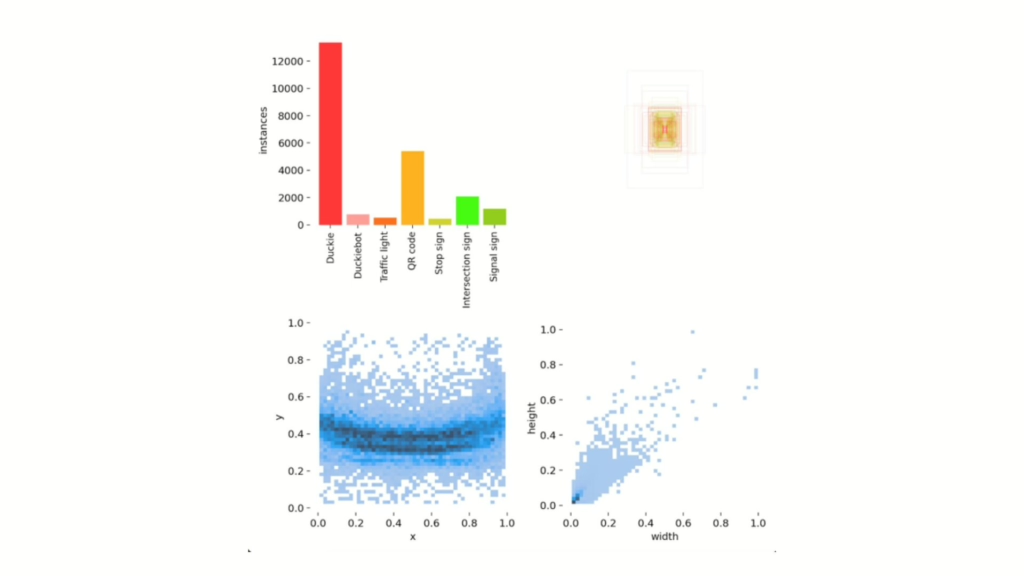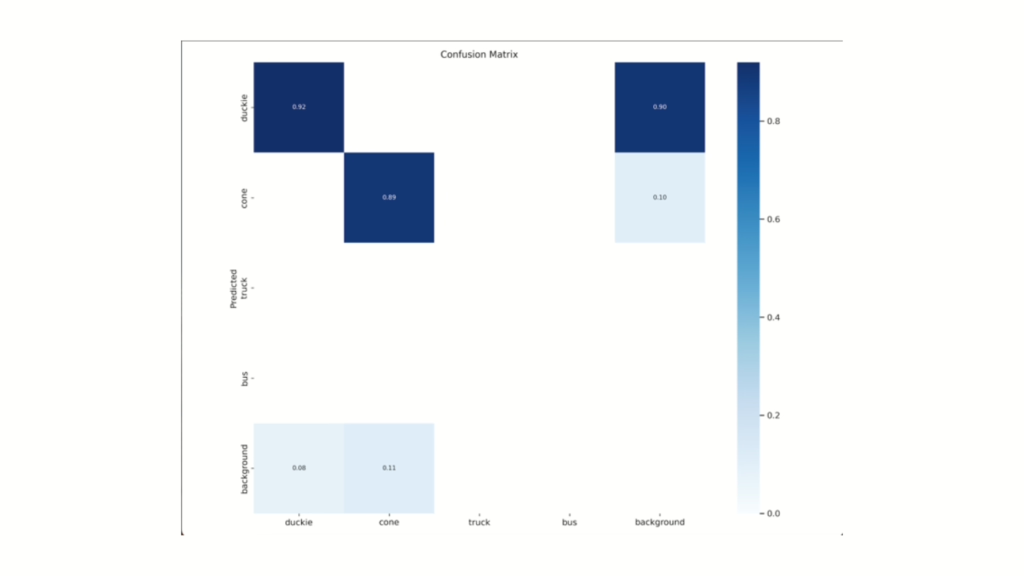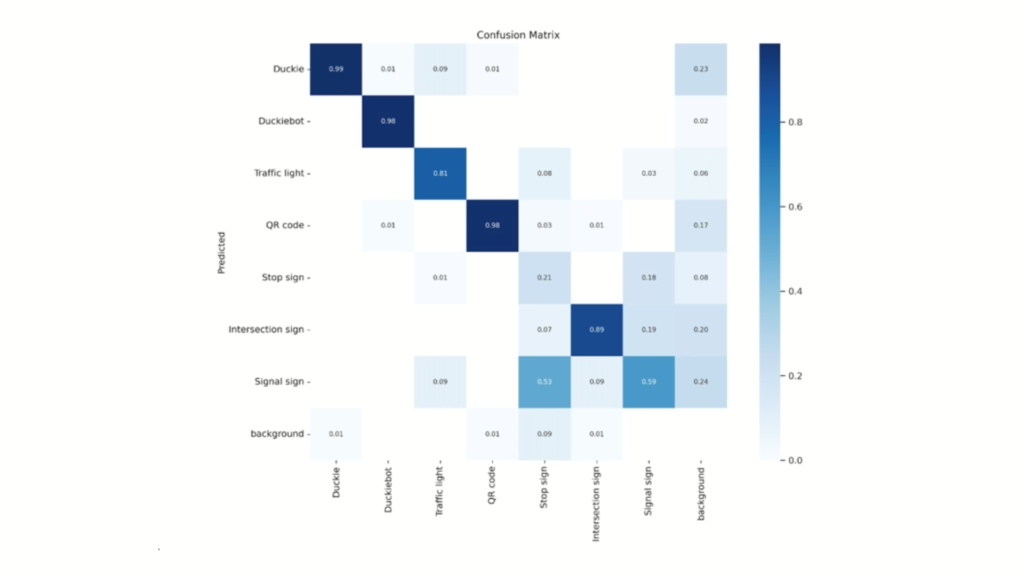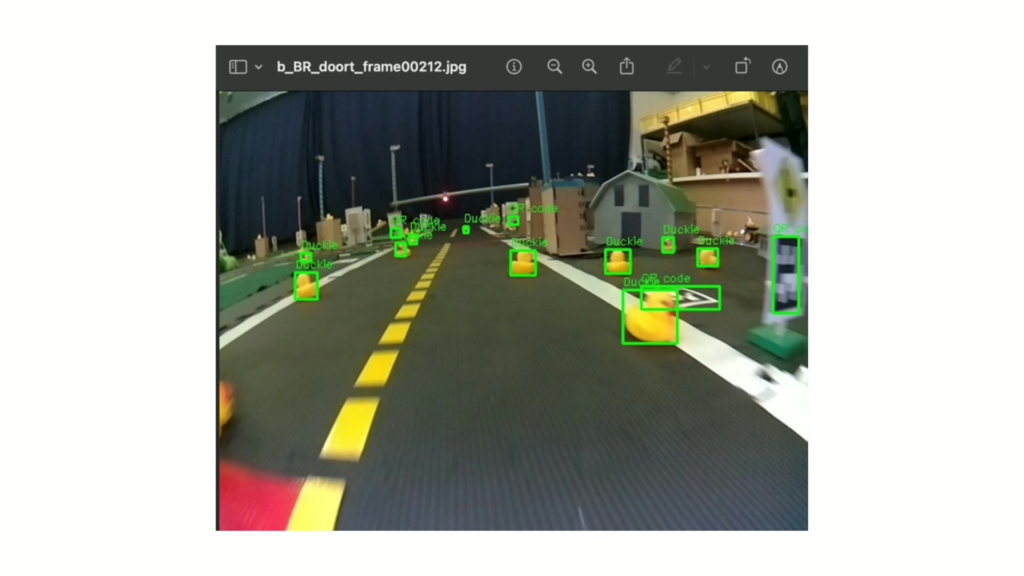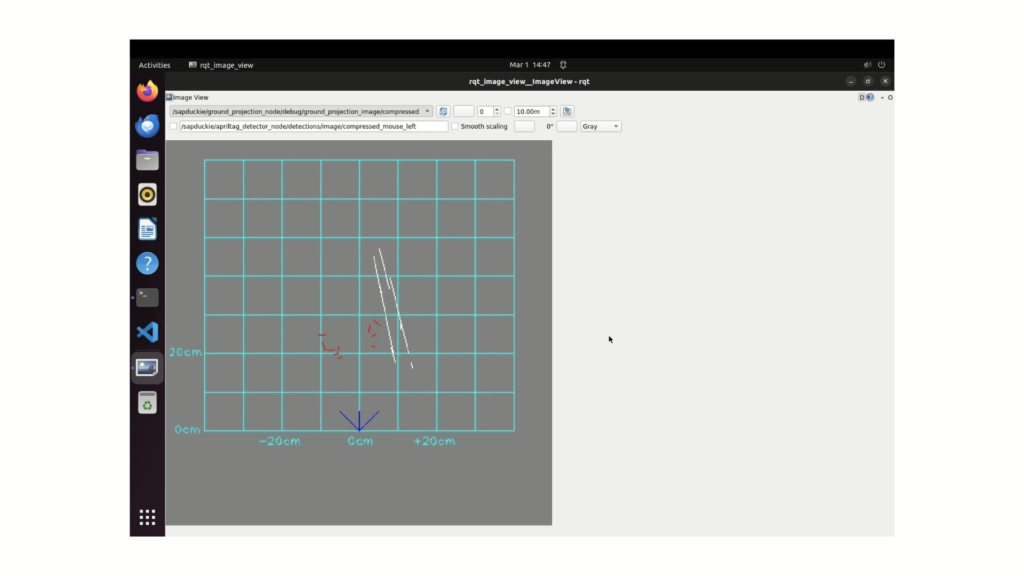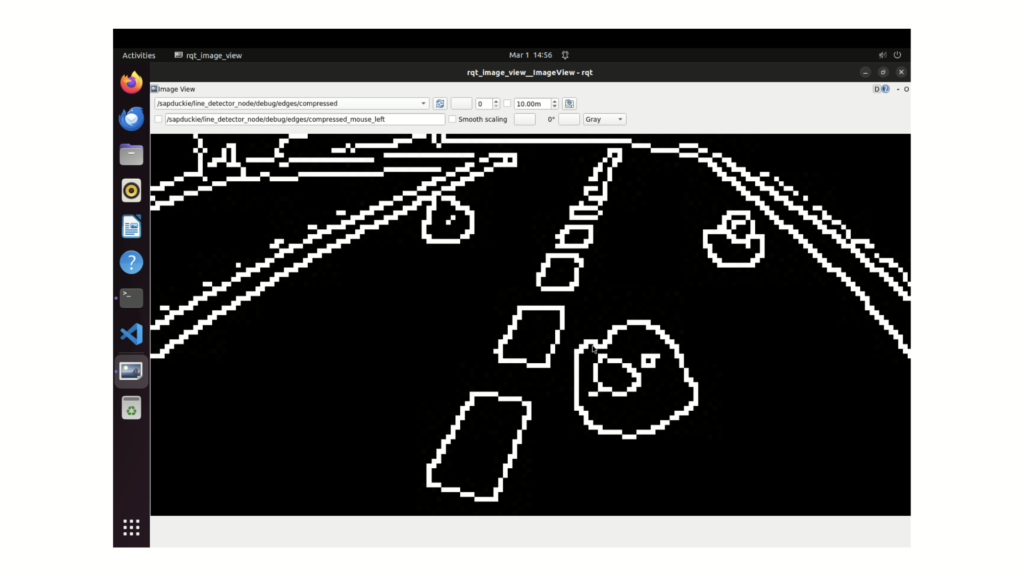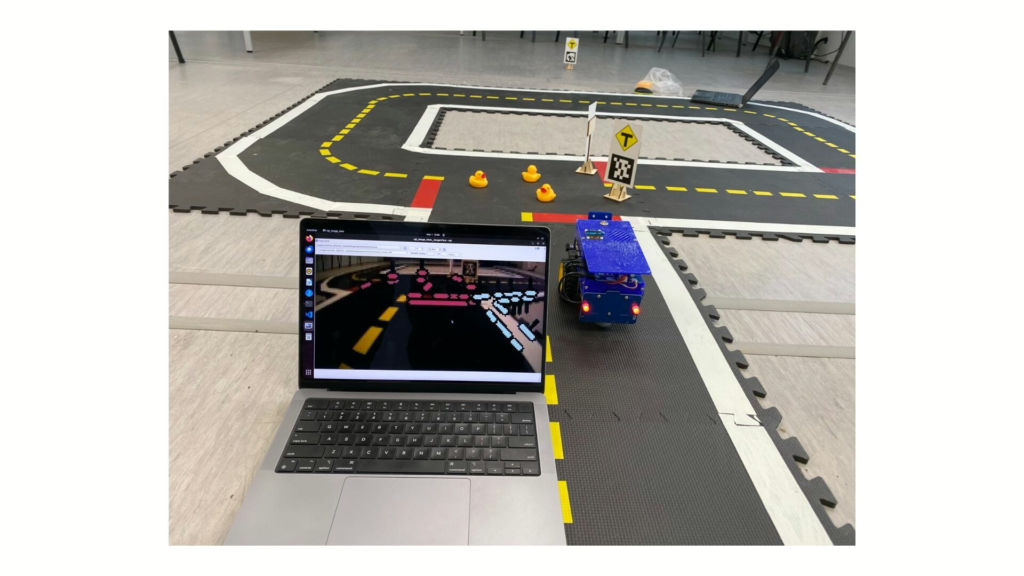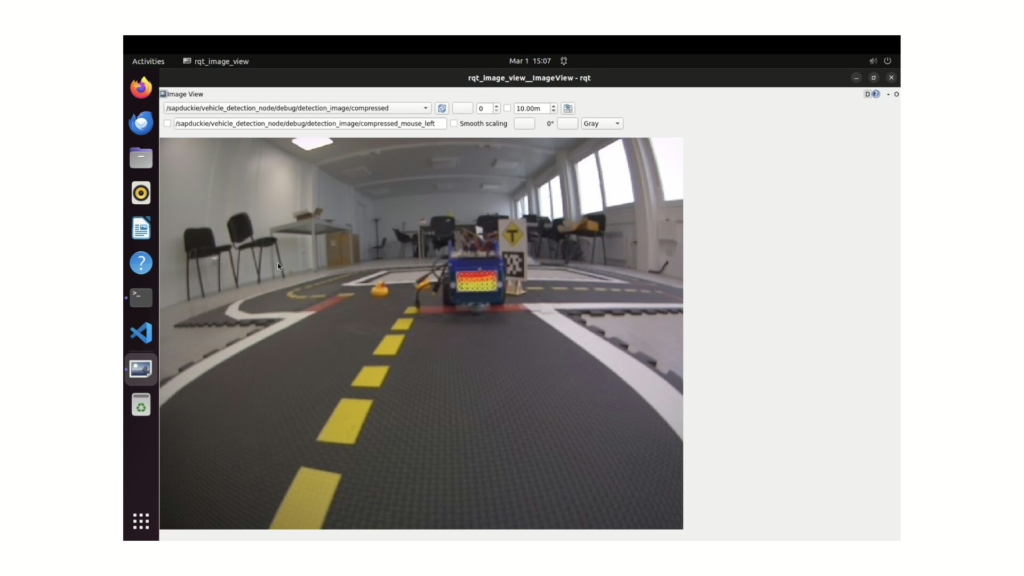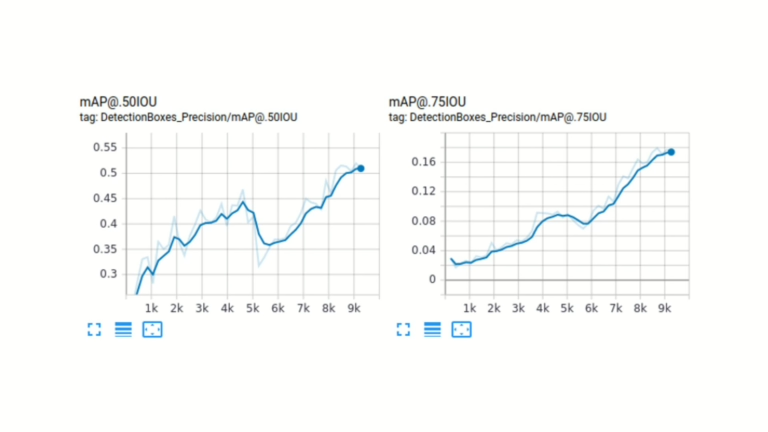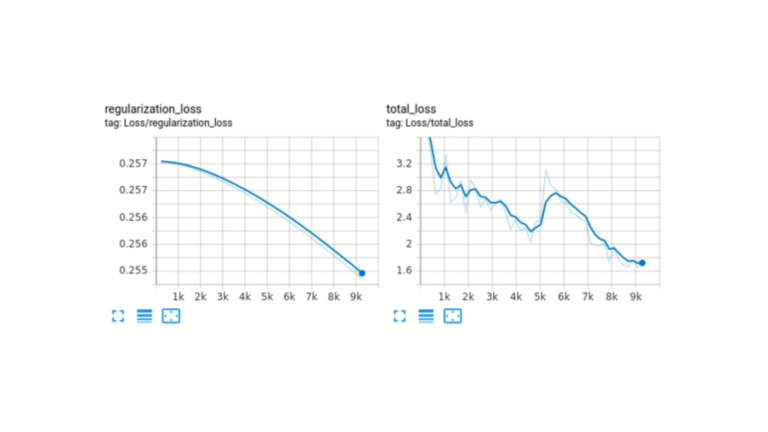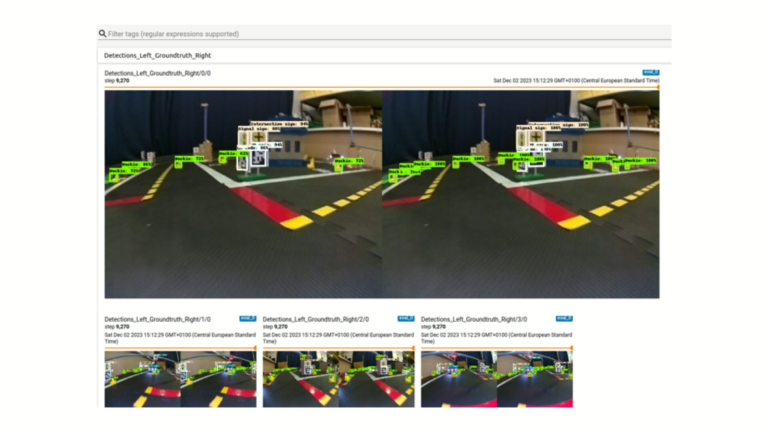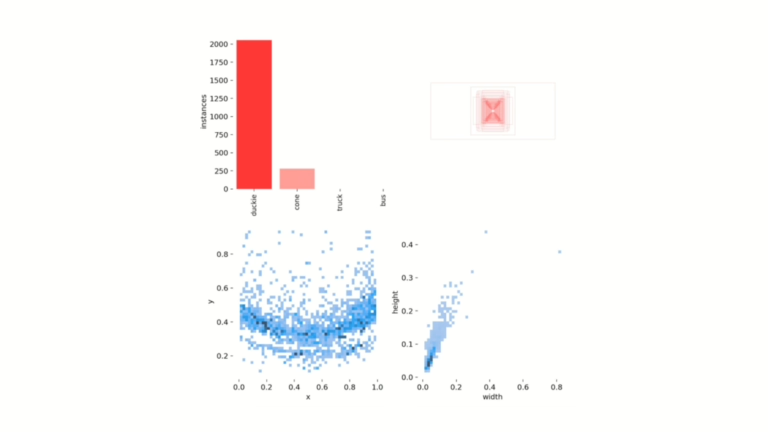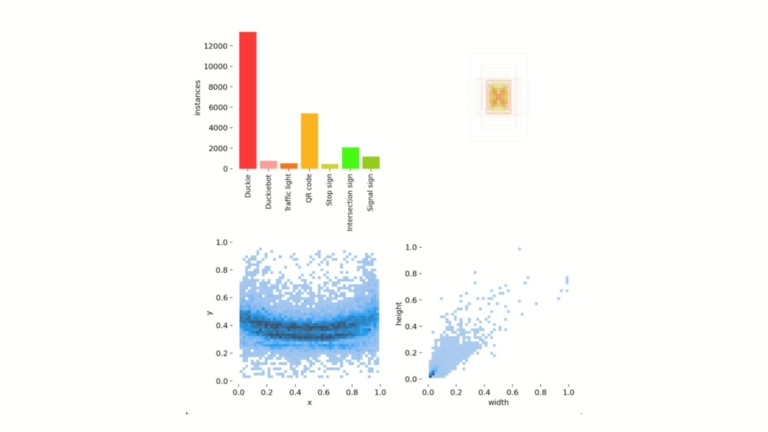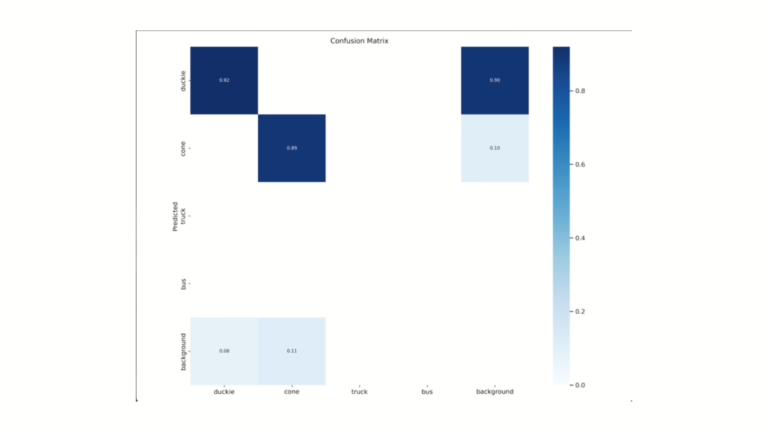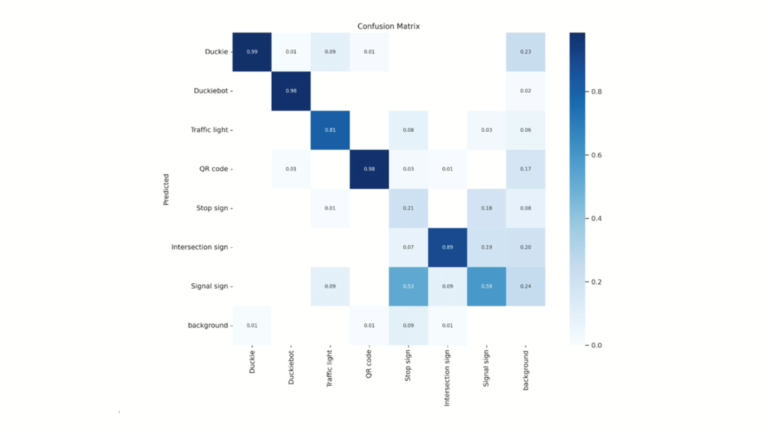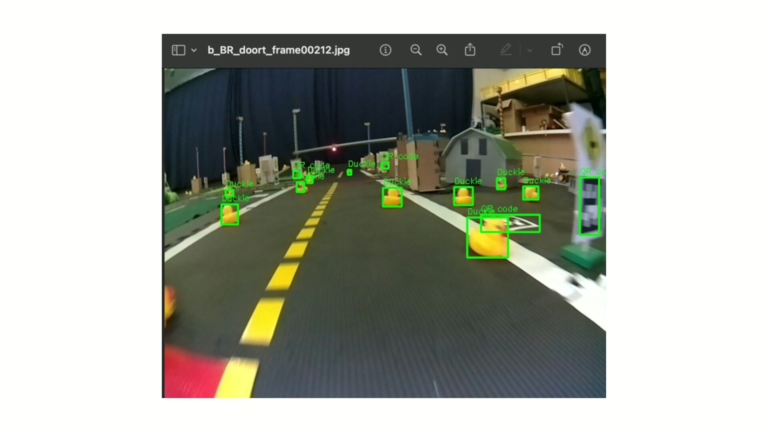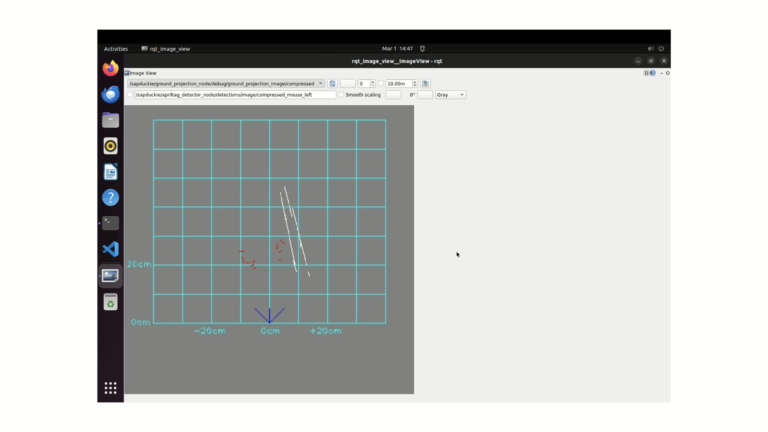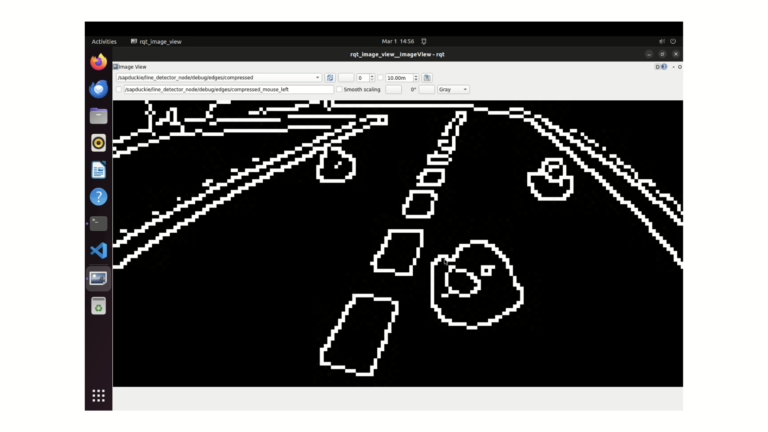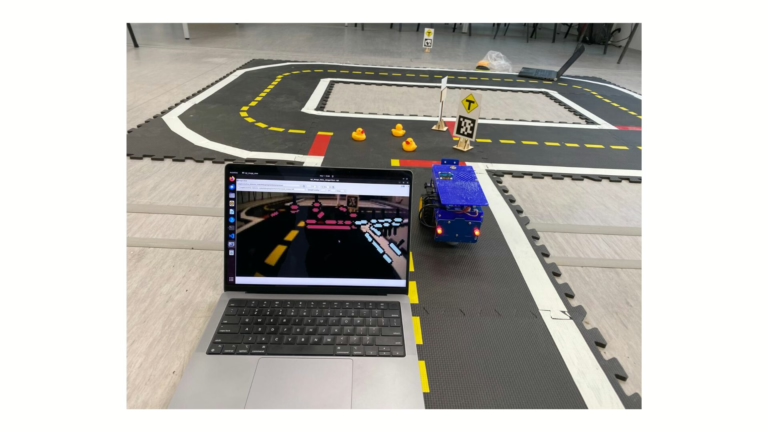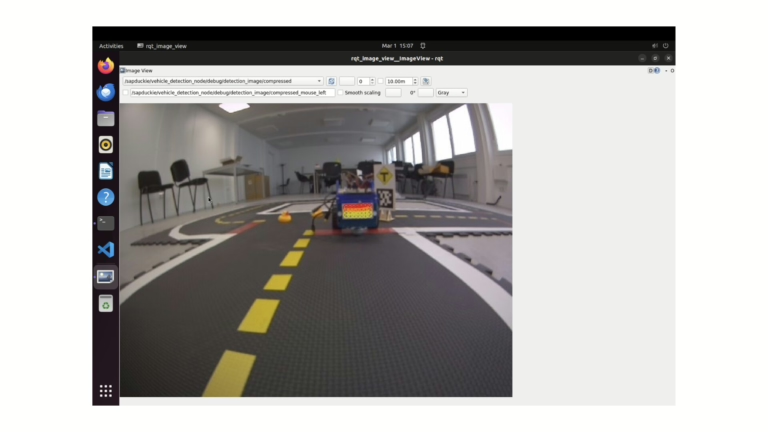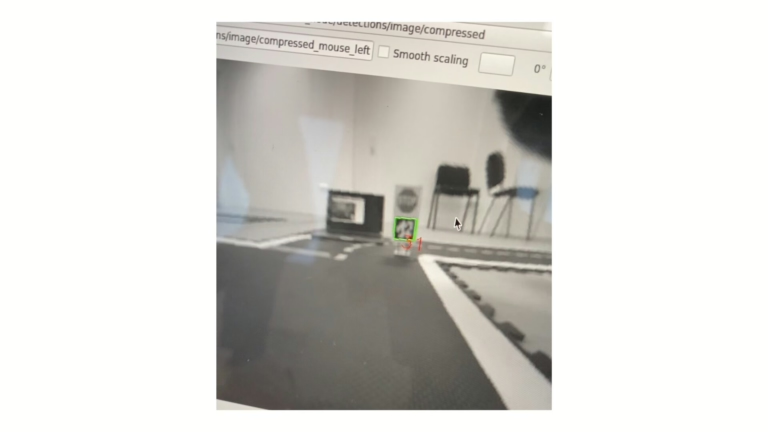Learning robot autonomy with Duckiedrones
Charleston, USA, November 2025: Saif Chaudry, junior majoring in Computer Science with a minor in Data Science at the College of Charleston, South Carolina, talks to us about his experience learning robot autonomy using Duckiedrones and developing an autonomous inventory system.
Learning robot autonomy at the College of Charleston
Thank you for your time and for being here. Could you please introduce yourself and tell us what you do?
Sure. My name is Saif, and I currently attend the College of Charleston in South Carolina, USA. I’m in the Honors College and I’m a junior majoring in Computer Science, with a minor in Data Science.
I started doing research at the college’s Drone Lab in the summer of 2024. Back then, we worked with DJI drones, mainly the DJI Tello and other models. It was a great hands-on experience learning robot autonomy and how to make drones scan barcodes and navigate autonomously.
This past summer, though, we switched over to the Duckiedrone model DD24-B (review DD24-B Duckiedrone documentation, or get a DD24-B), which turned out to be a great experience. It was intuitive to use and worked really well for our research.

That’s great. You already mentioned how you got involved with Duckietown and the Duckiedrones. Was there a specific reason you switched to them?
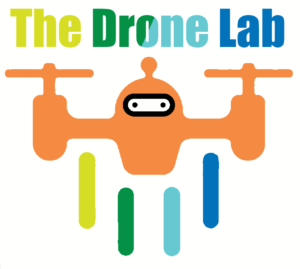
When we started with the DJI Tello drone, it was good for learning robot autonomy at a basic level. Later, we moved to more advanced models like the DJI Mavic Air 2 and the DJI Mini 3 Pro. But we ran into issues, the documentation was mostly in Chinese, and the SDKs were outdated, which made development difficult.
One of my professors, Dr. Mia Y. Wang, had another student who recommended the Duckiedrone. He thought it was a cool product to learn about robot autonomy, so Dr. Wang ordered a few units. That’s how we started using them this past summer.
And what was your experience like with the Duckiedrone? You mentioned it was easy to use, did you manage to achieve your project goals?
Our goal this summer was to develop an autonomous inventory system using drones. I worked on the project with my research partner, Samuel Eubank. Sammy built the drone physically while I worked remotely on the software side.
I set up the SD card, connected it to the internet, and got it communicating with my computer. We had some issues with the flight and infrared sensors, but I was able to fix them. Eventually, the drone started flying properly.
Now, this semester, we’re continuing the project, specifically focusing on getting the drone to scan barcodes.
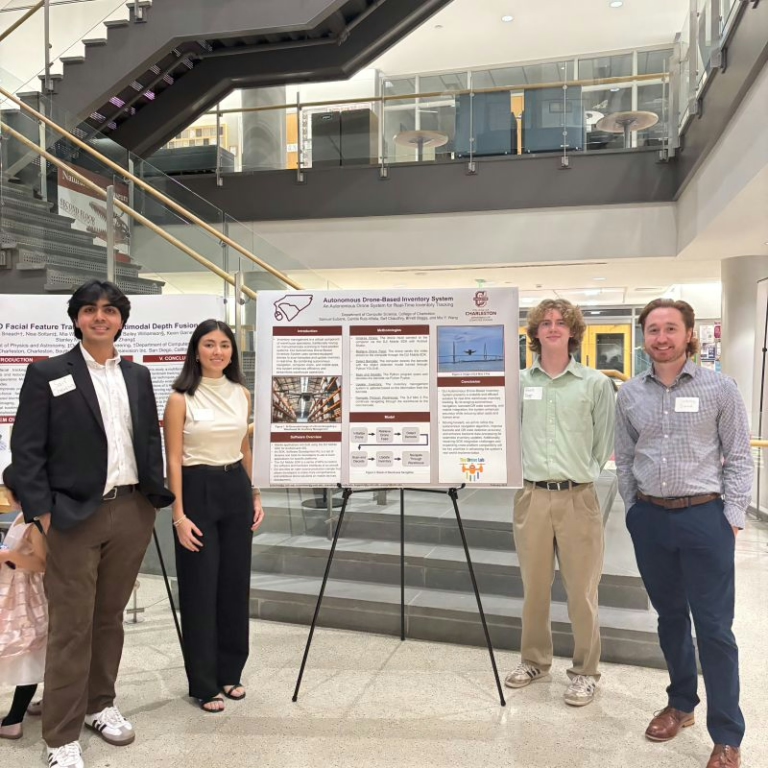
Did you find the available Duckietown documentation helpful?
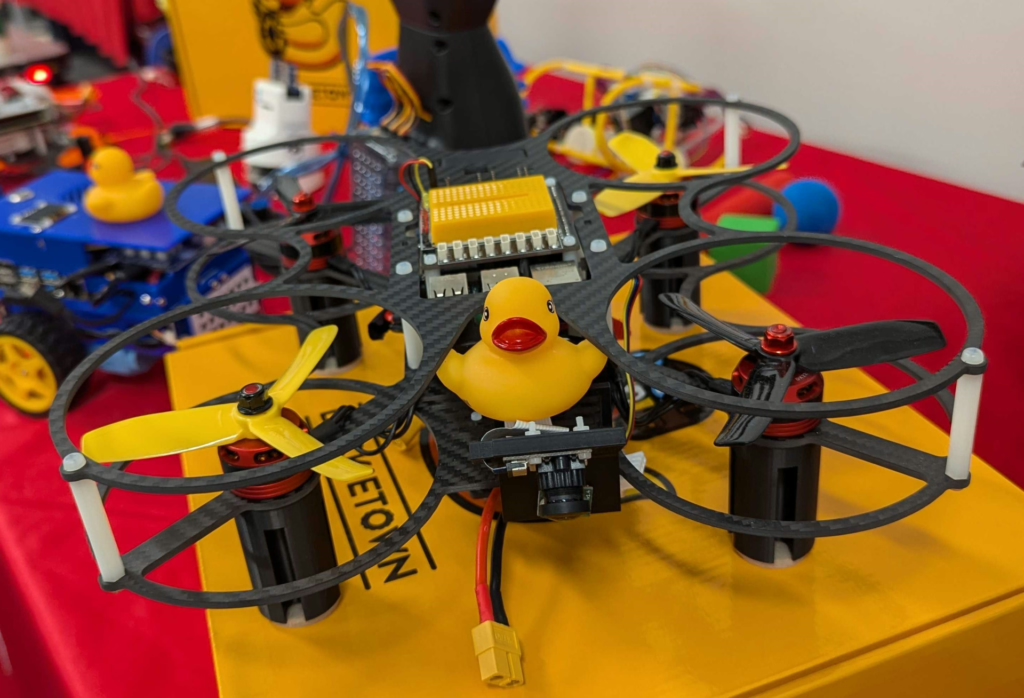
Yes, definitely. The Duckiedrone DD24 (daffy) documentation was very straightforward, it clearly explained how to get the drone connected to the internet and the computer, and the terminal commands were well documented.
I also joined the Duckietown Slack community and the Stack Overflow discussions. The community is very active, and it really helped me learn more about robot autonomy and troubleshoot issues. I even saw students from other universities helping each other out.
That’s great to hear. What are your next steps with this project?
We’re continuing the autonomous inventory project this semester. We had some problems with the college Wi-Fi, there were firewalls blocking access to the Raspberry Pi on the drone. But we managed to solve that using a VPN.
Now we’re working on another issue: the drone doesn’t fly high enough off the ground. We think it’s related to the maximum throttle settings, and we’re getting help from people on Slack to fix it. That’s our next goal.
I joined the Duckietown community and the Duckietown Archives. The community is very active, and it really helped me troubleshoot issues. I even saw students from other universities helping each other out.
Saif Chaudry
That sounds exciting. Do you want to add anything about your future goals?
I’ve always been passionate about learning robot autonomy, especially self-driving cars. I find what companies like Waymo and Tesla are doing fascinating.
This autonomous inventory project is helping me learn how to make systems navigate autonomously, from point A to point B, planning paths, and operating indoors. In the future, I’d love to work in the field of autonomous systems and help develop technologies that make things more self-sufficient.

Learn more about Duckietown
Duckietown enables state-of-the-art robotics and AI learning experiences.
It is designed to help teach, learn, and do research: from exploring the fundamentals of computer science and automation to pushing the boundaries of human knowledge.
Tell us your story
Are you an instructor, learner, researcher or professional with a Duckietown story to tell?
Reach out to us!


